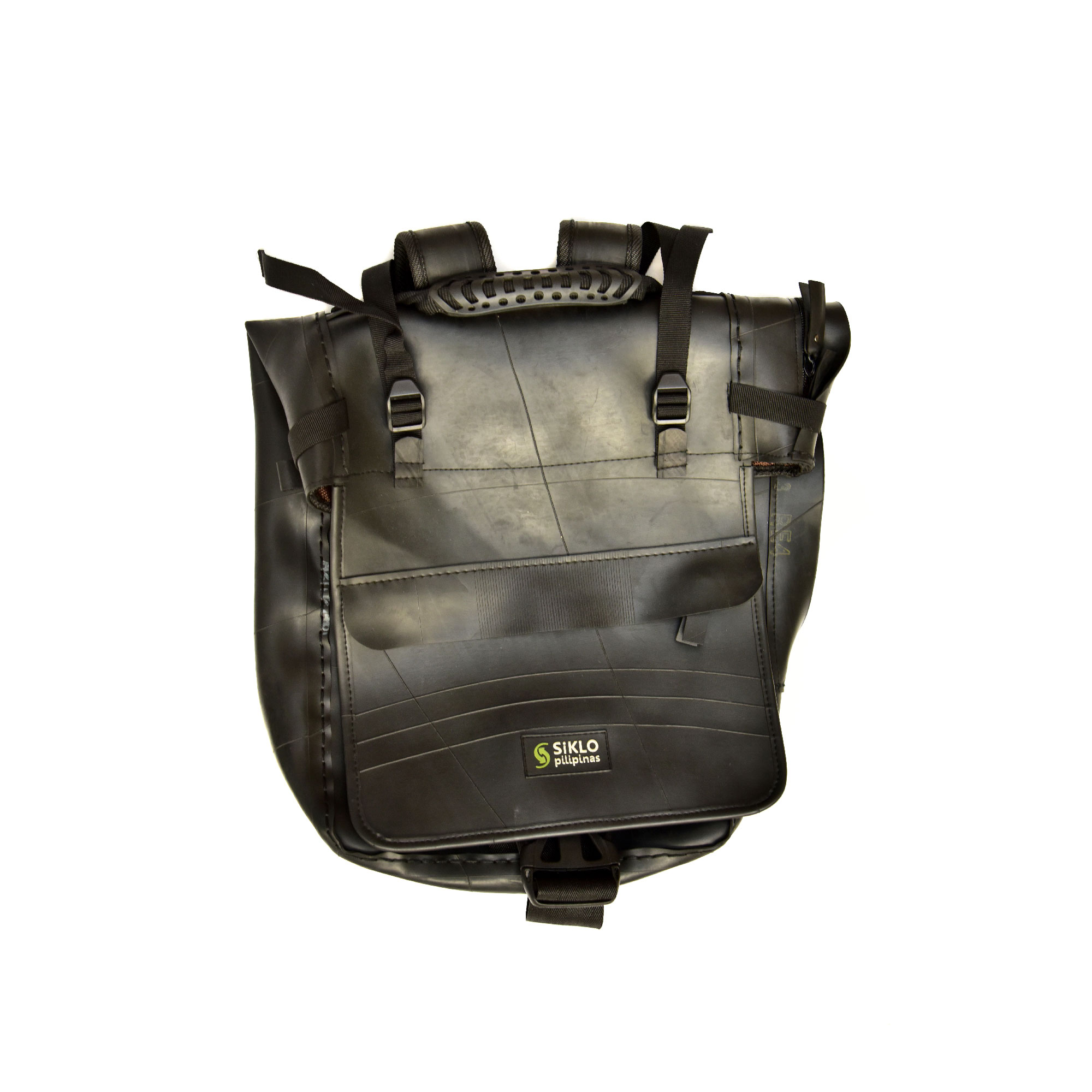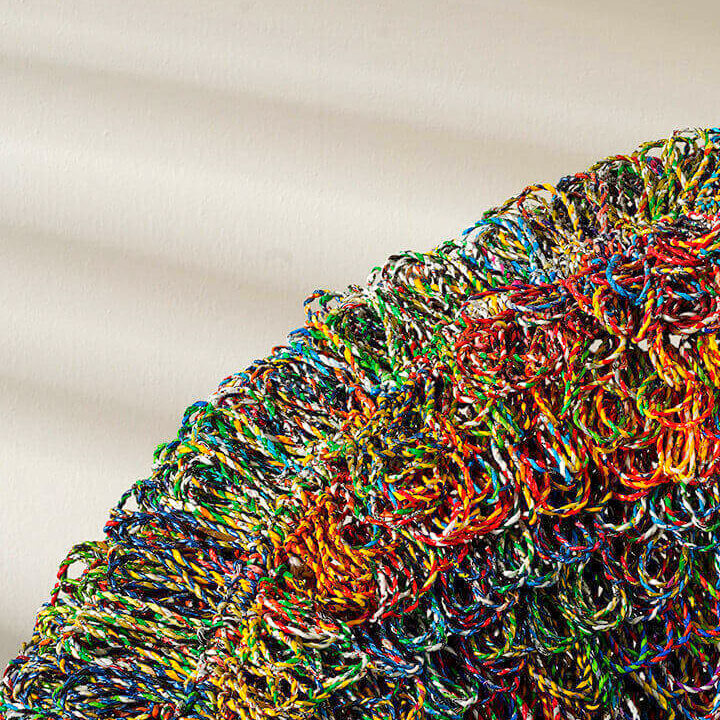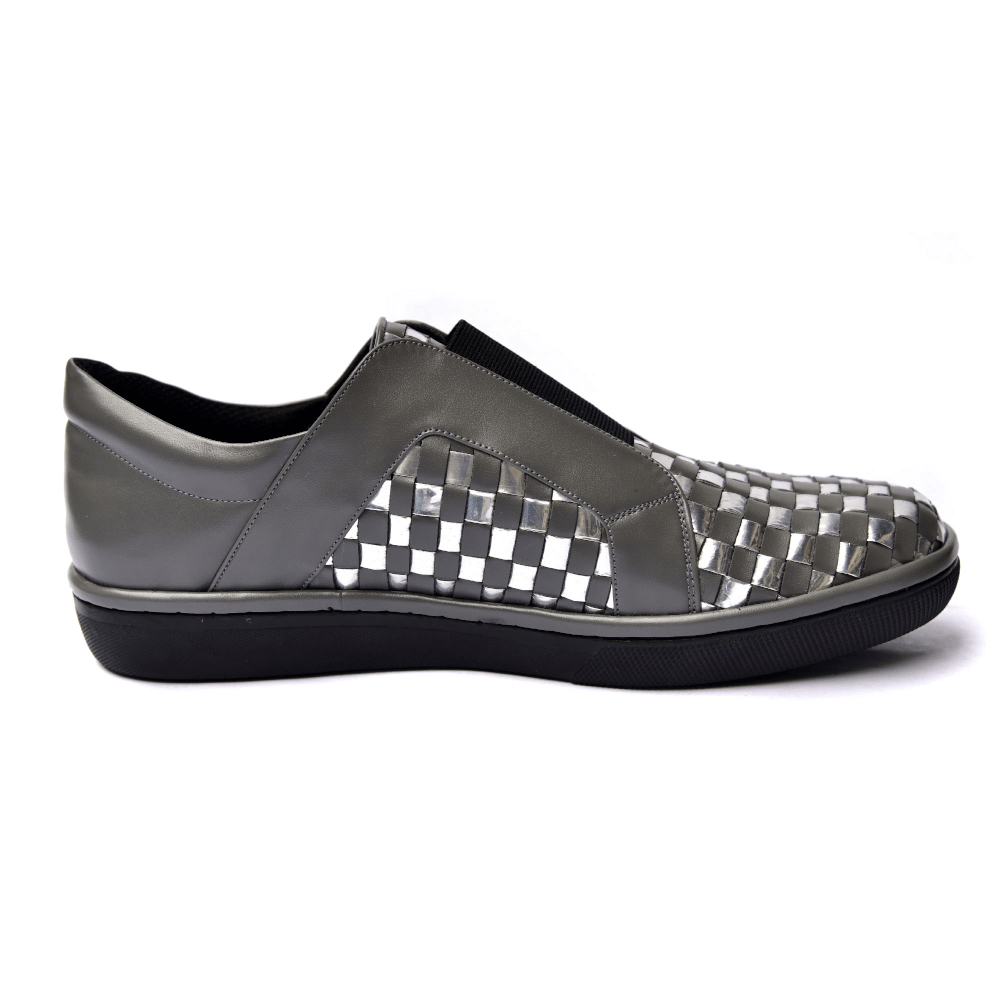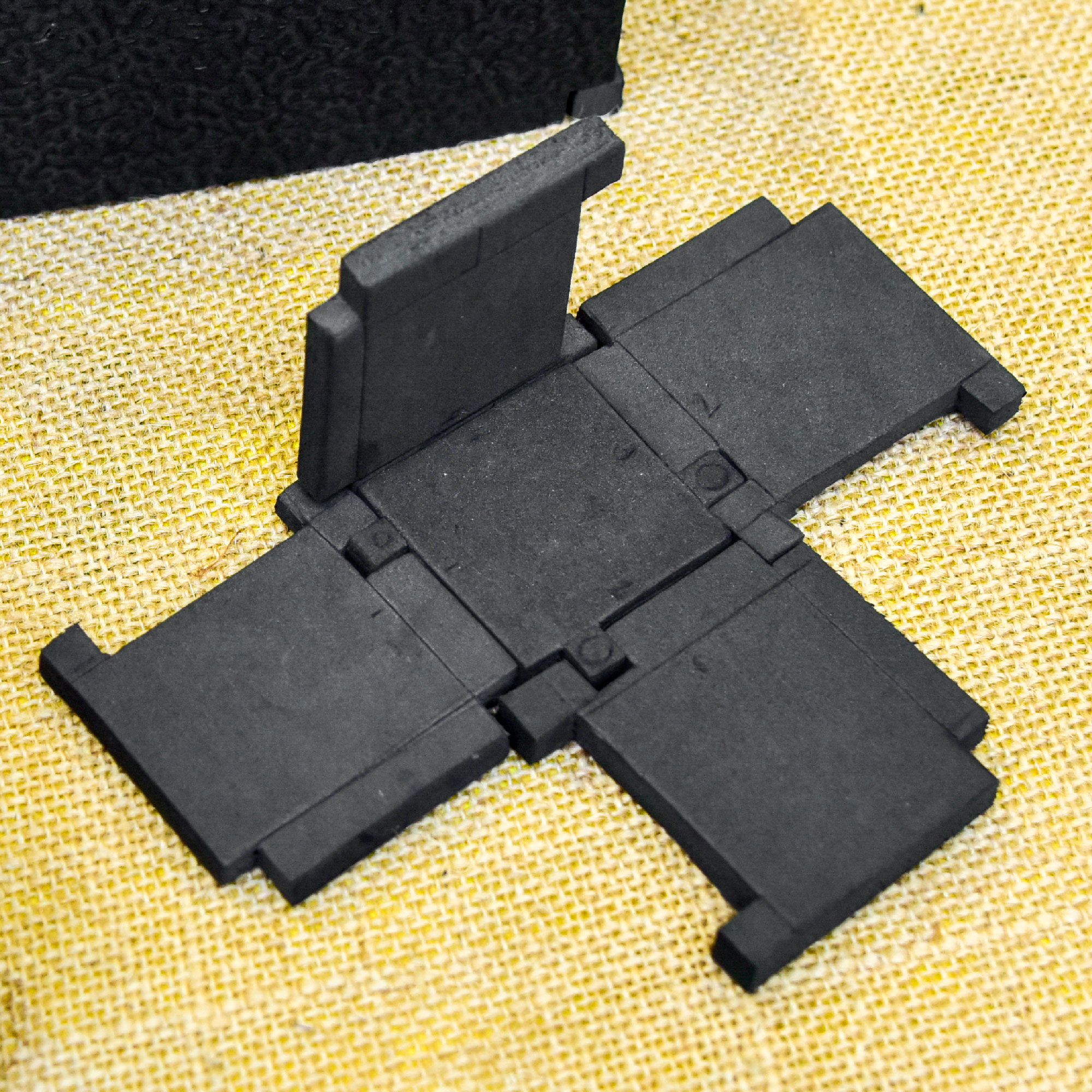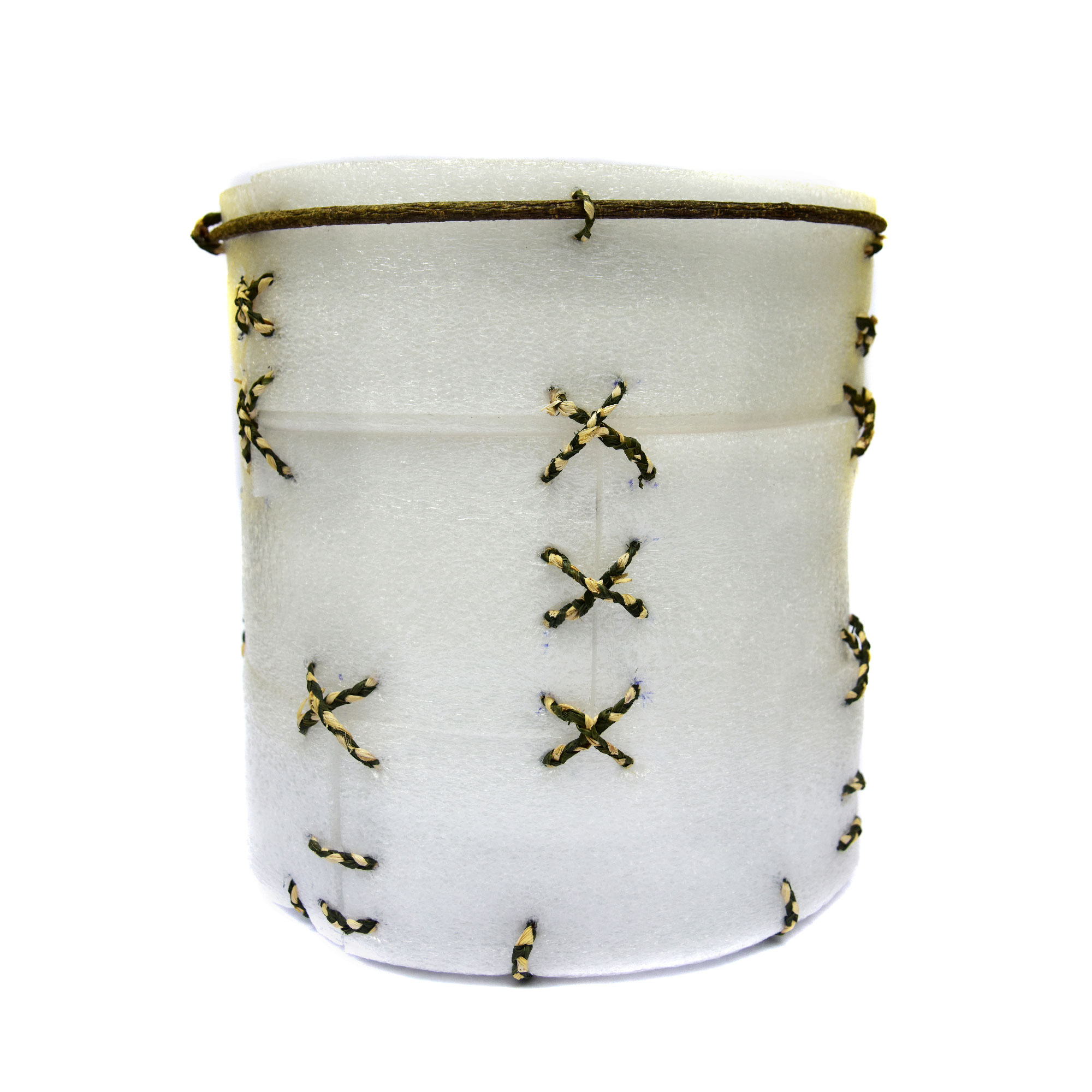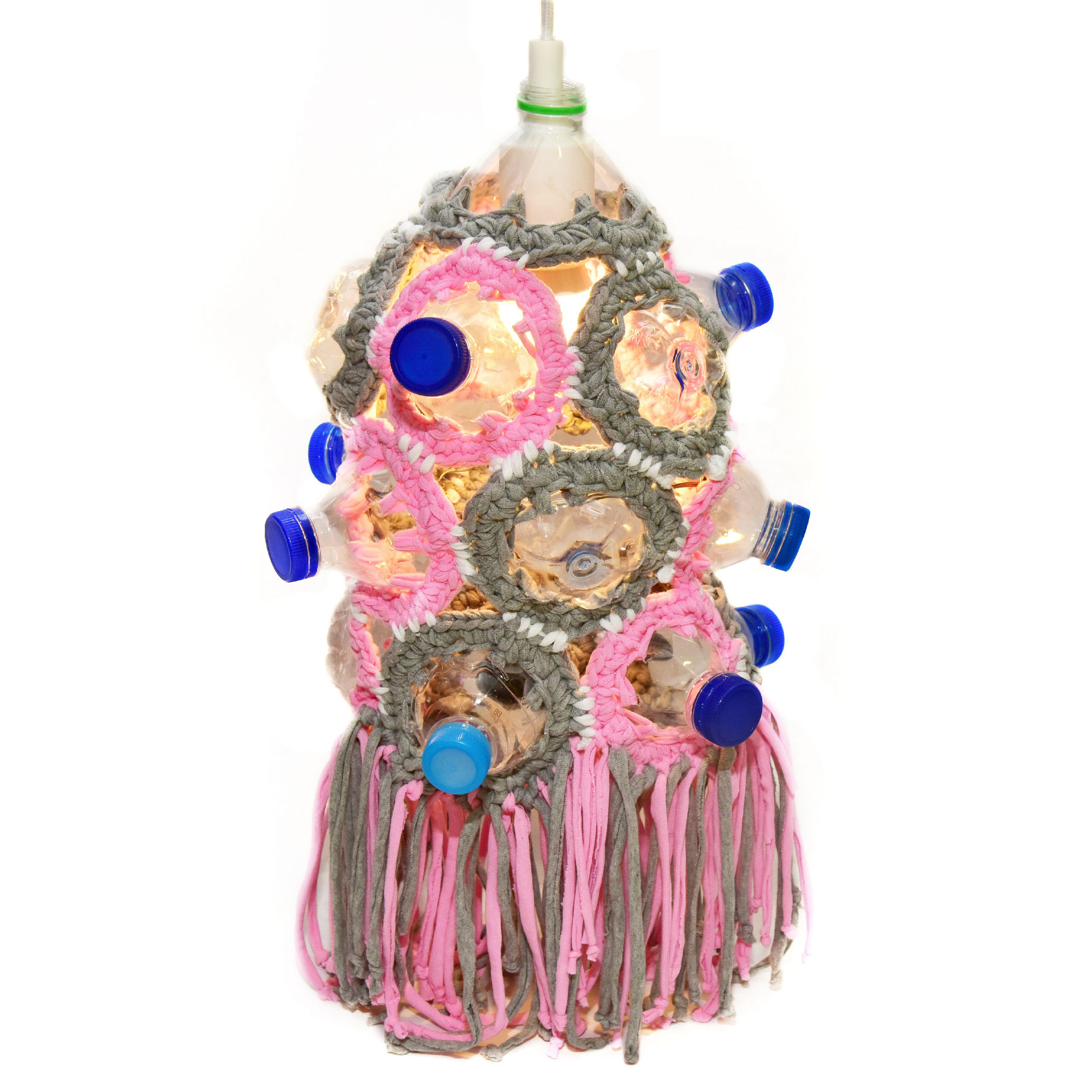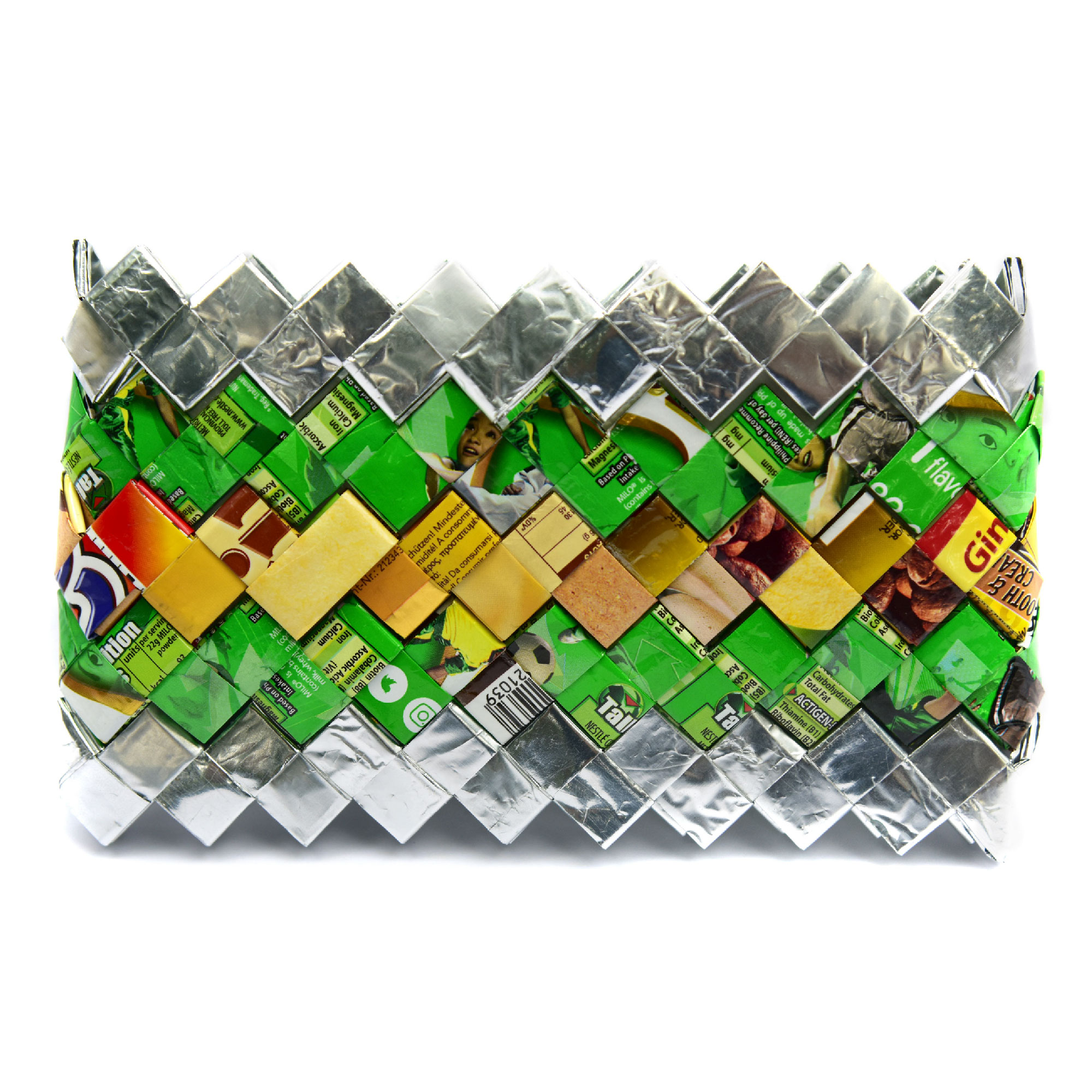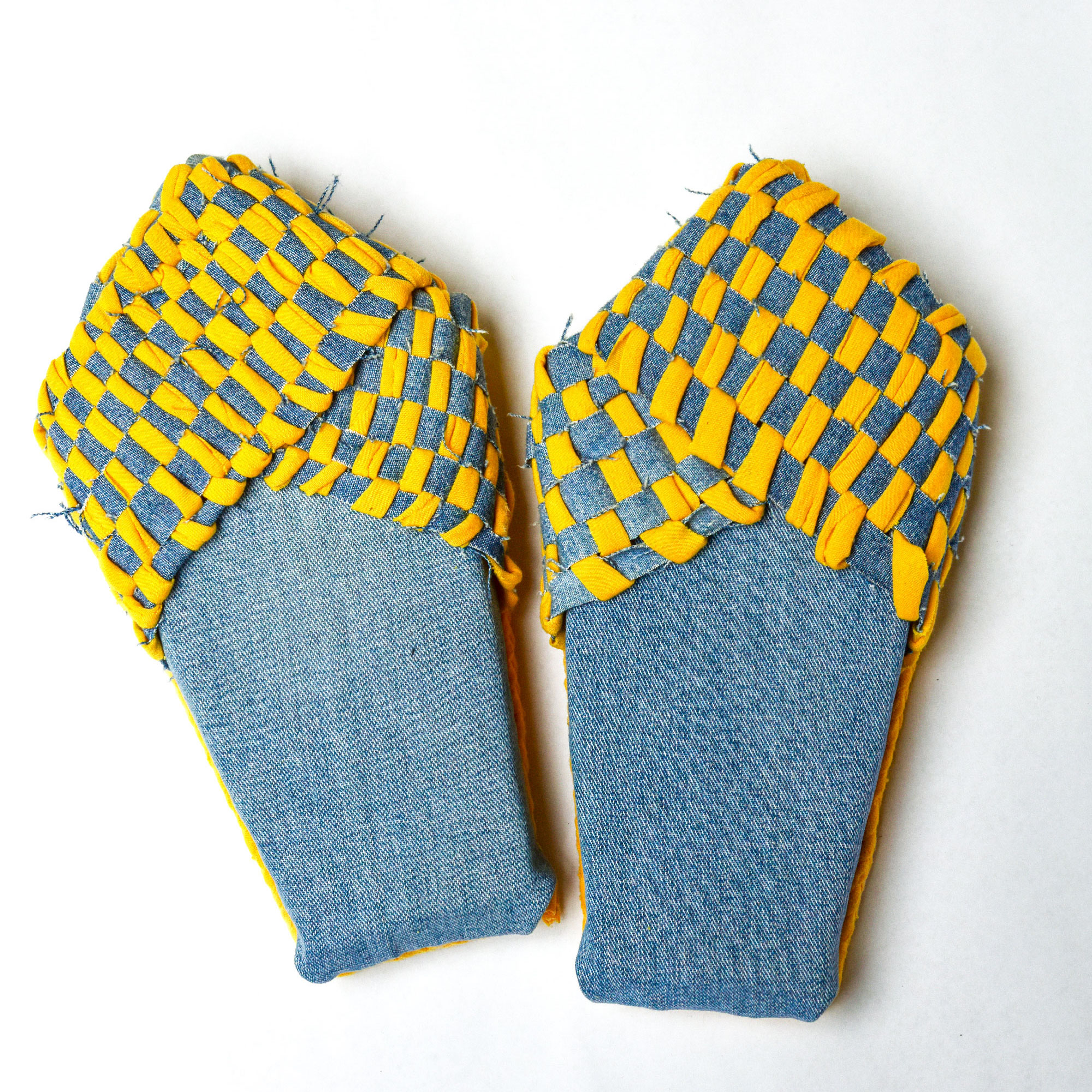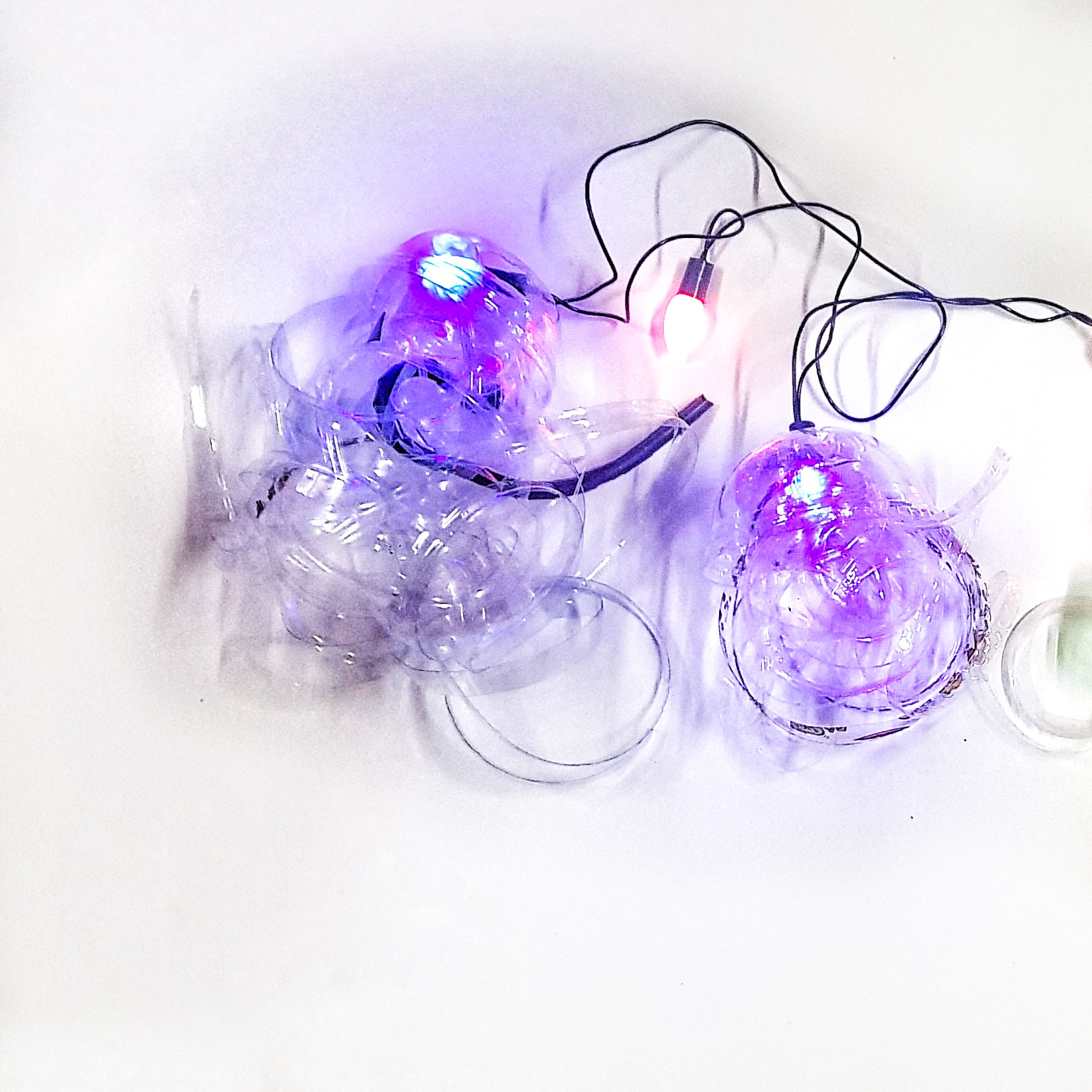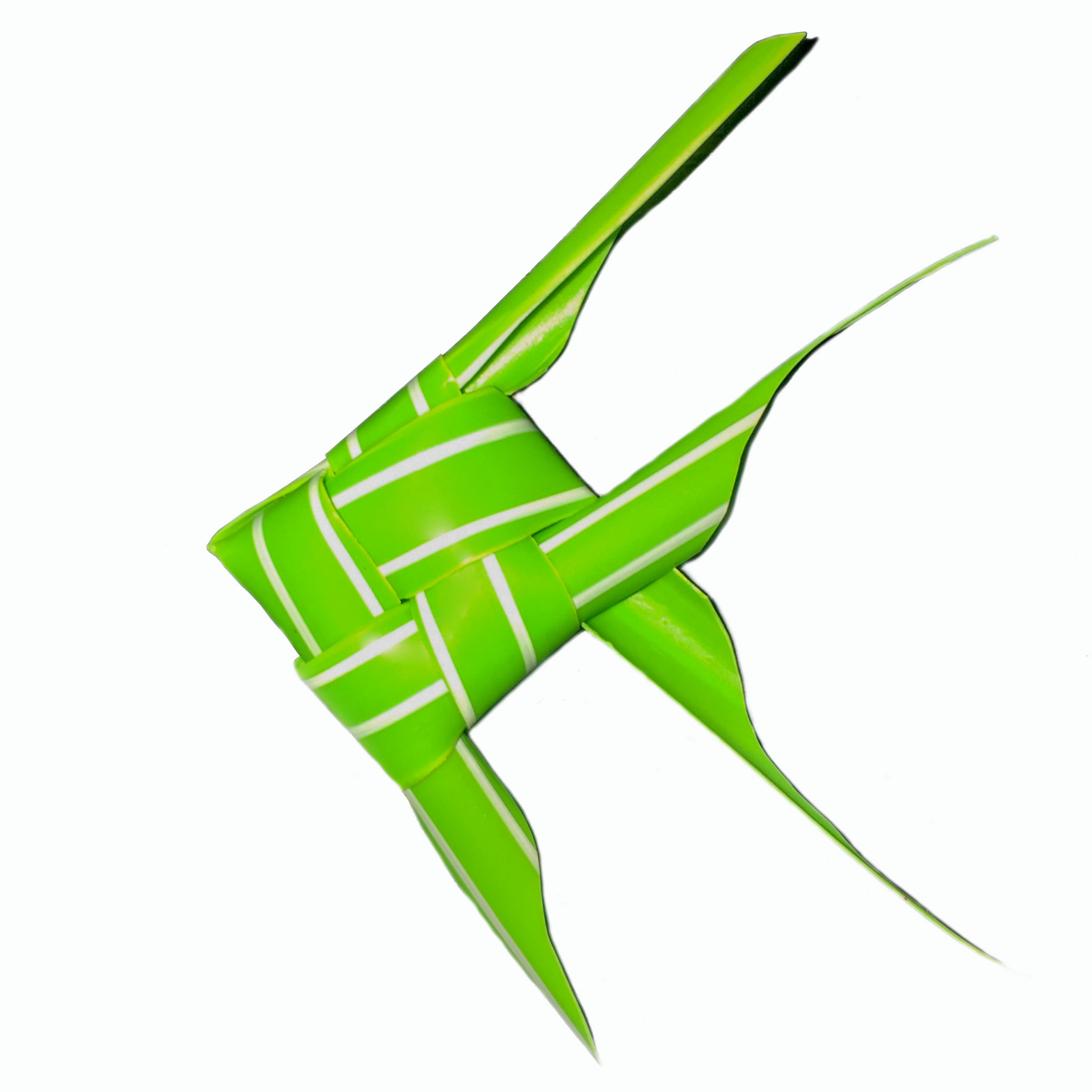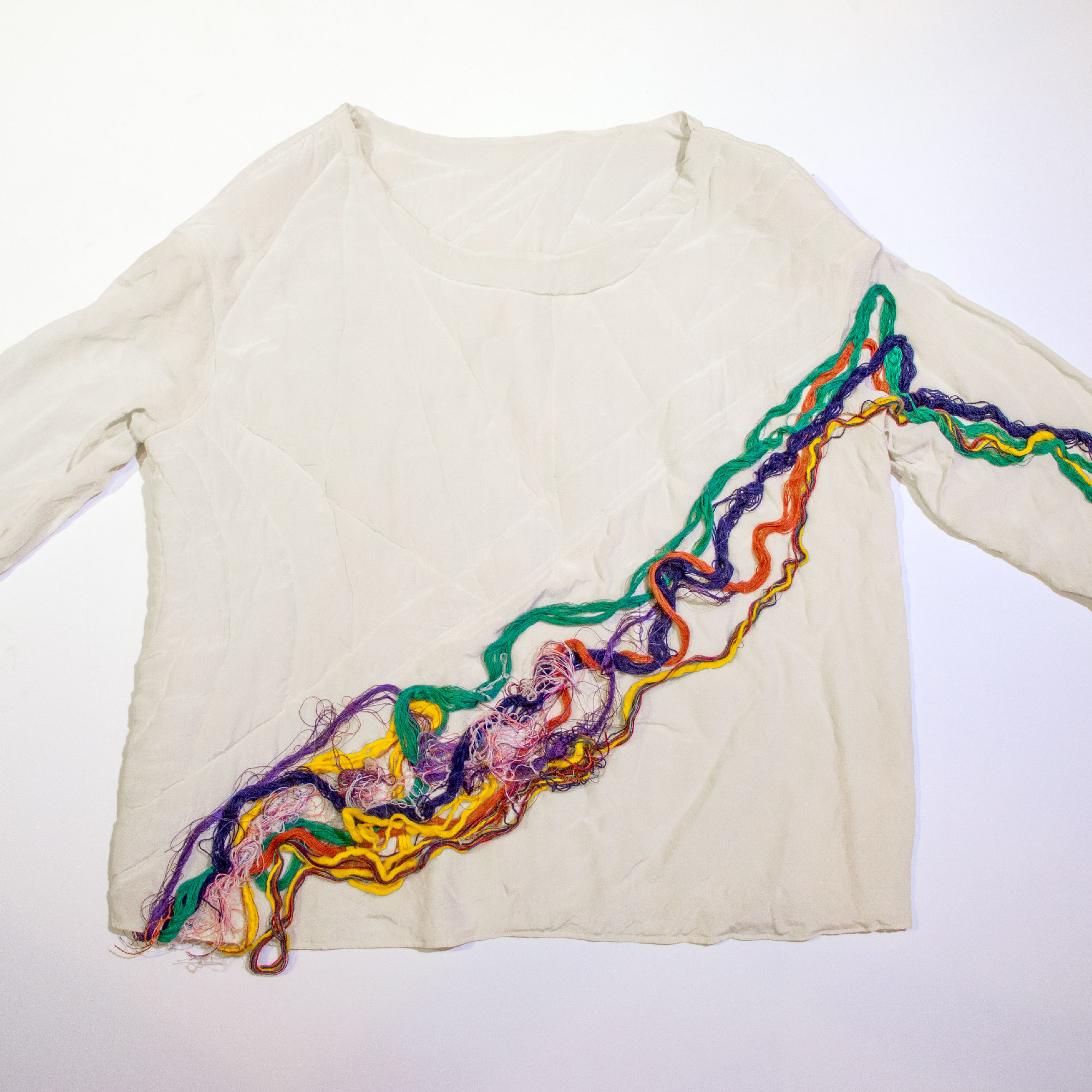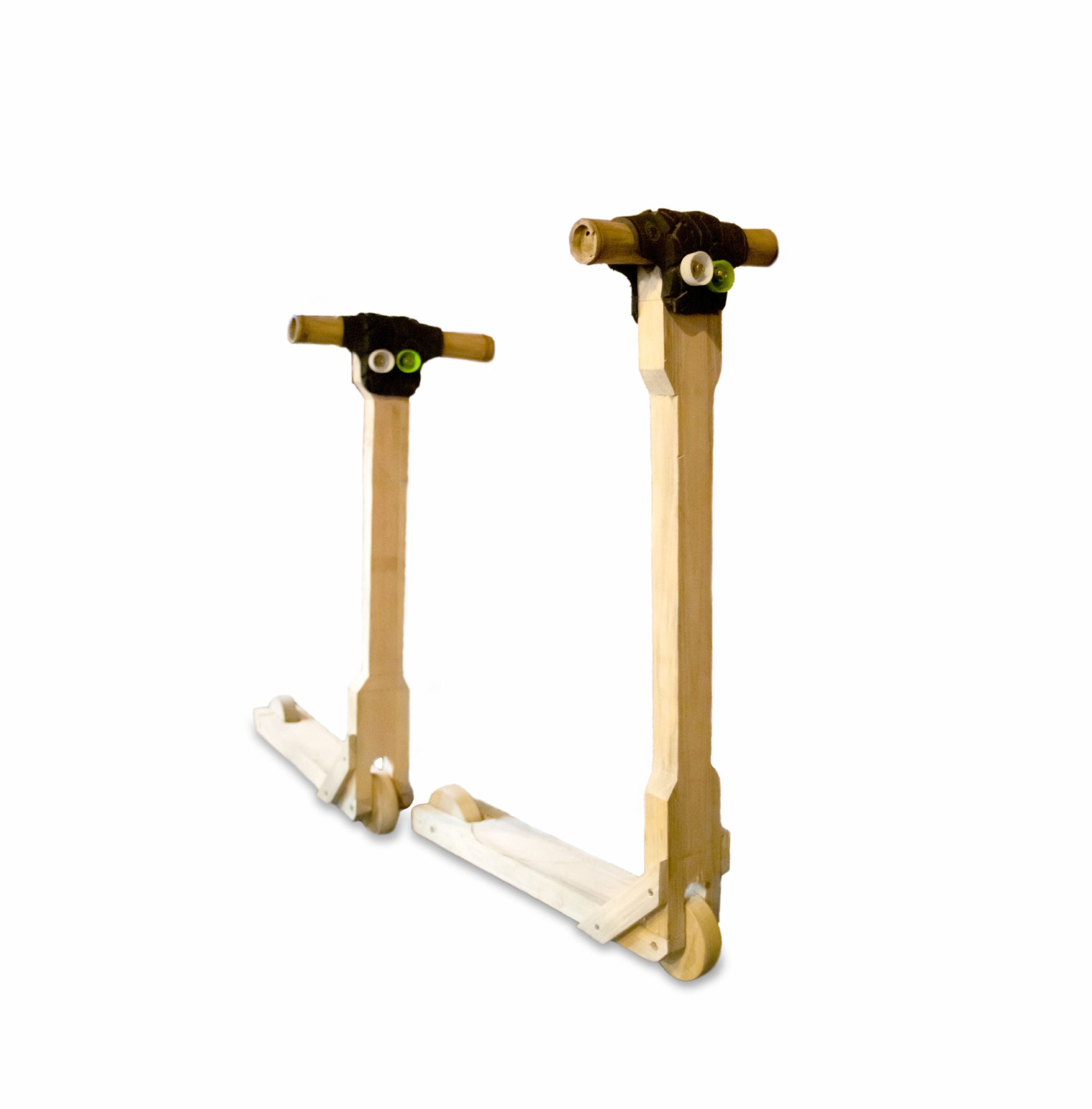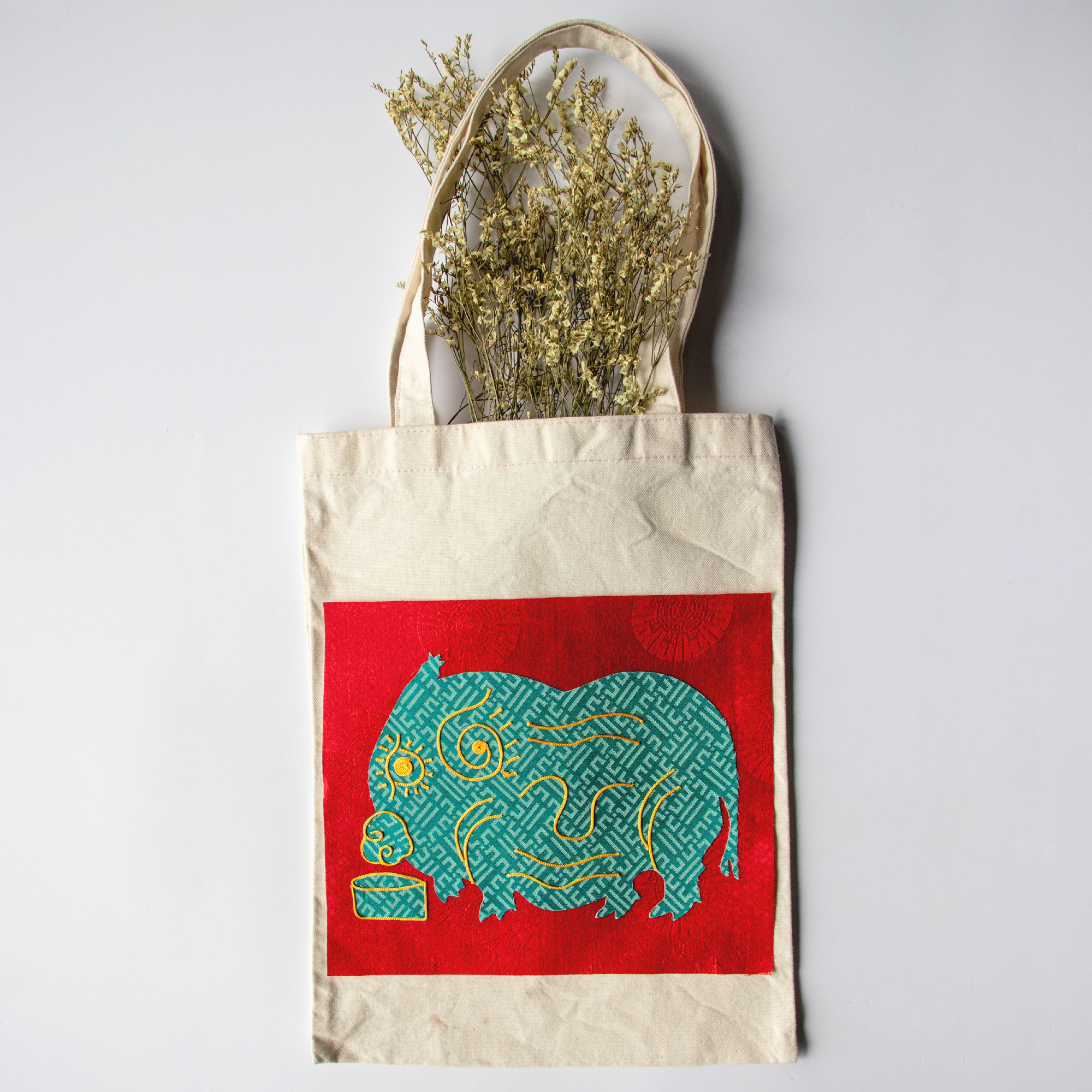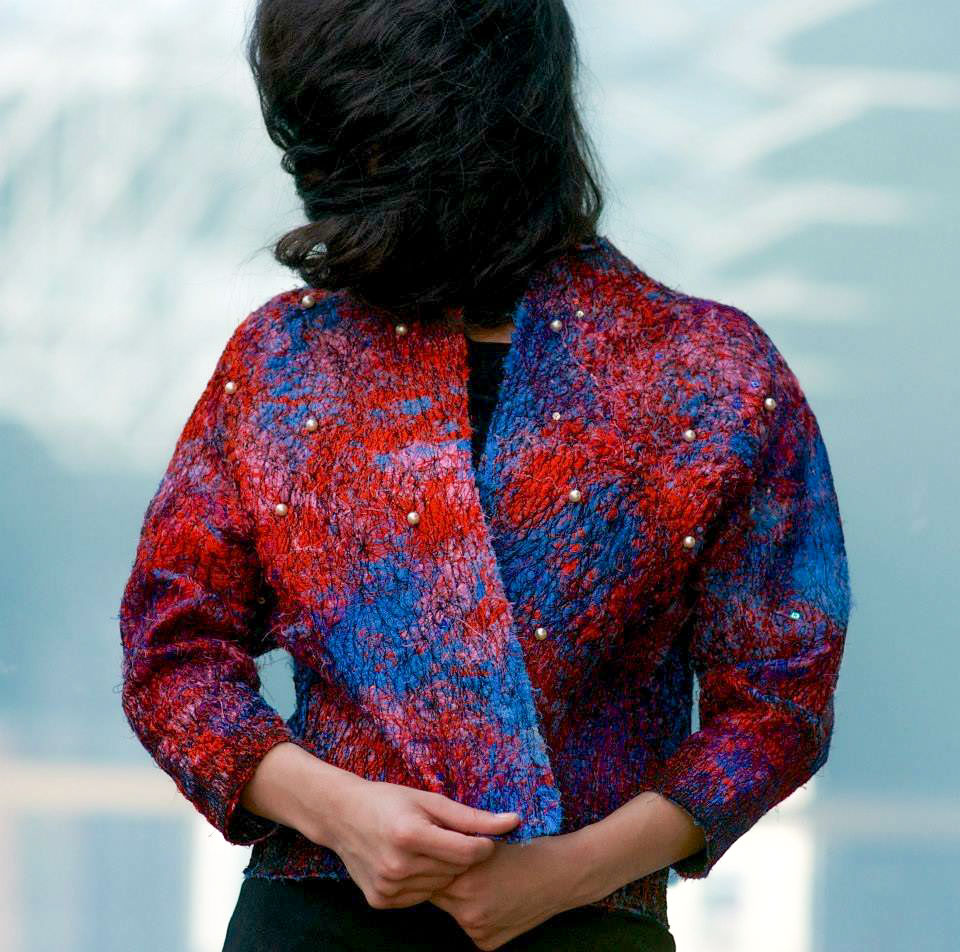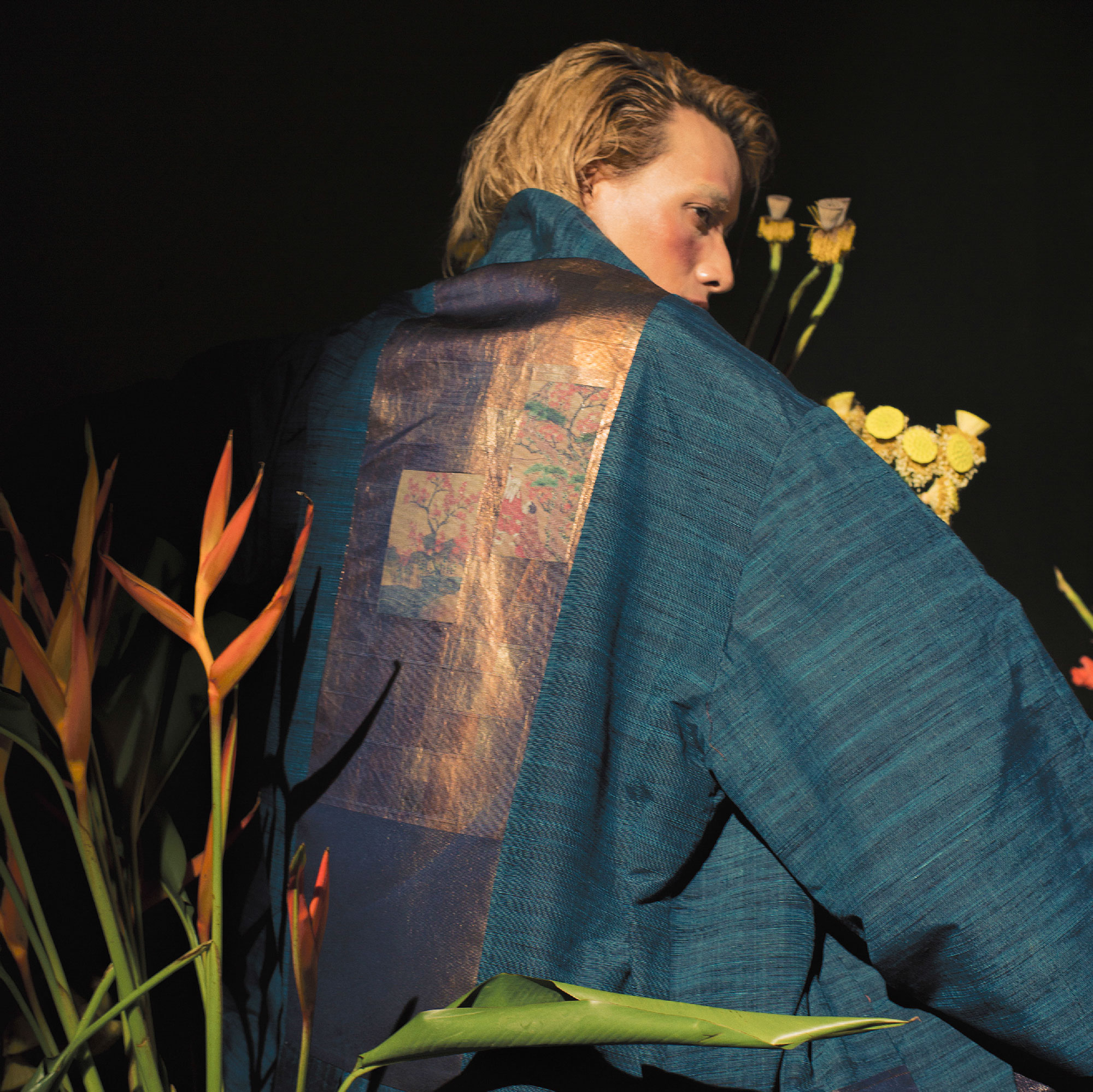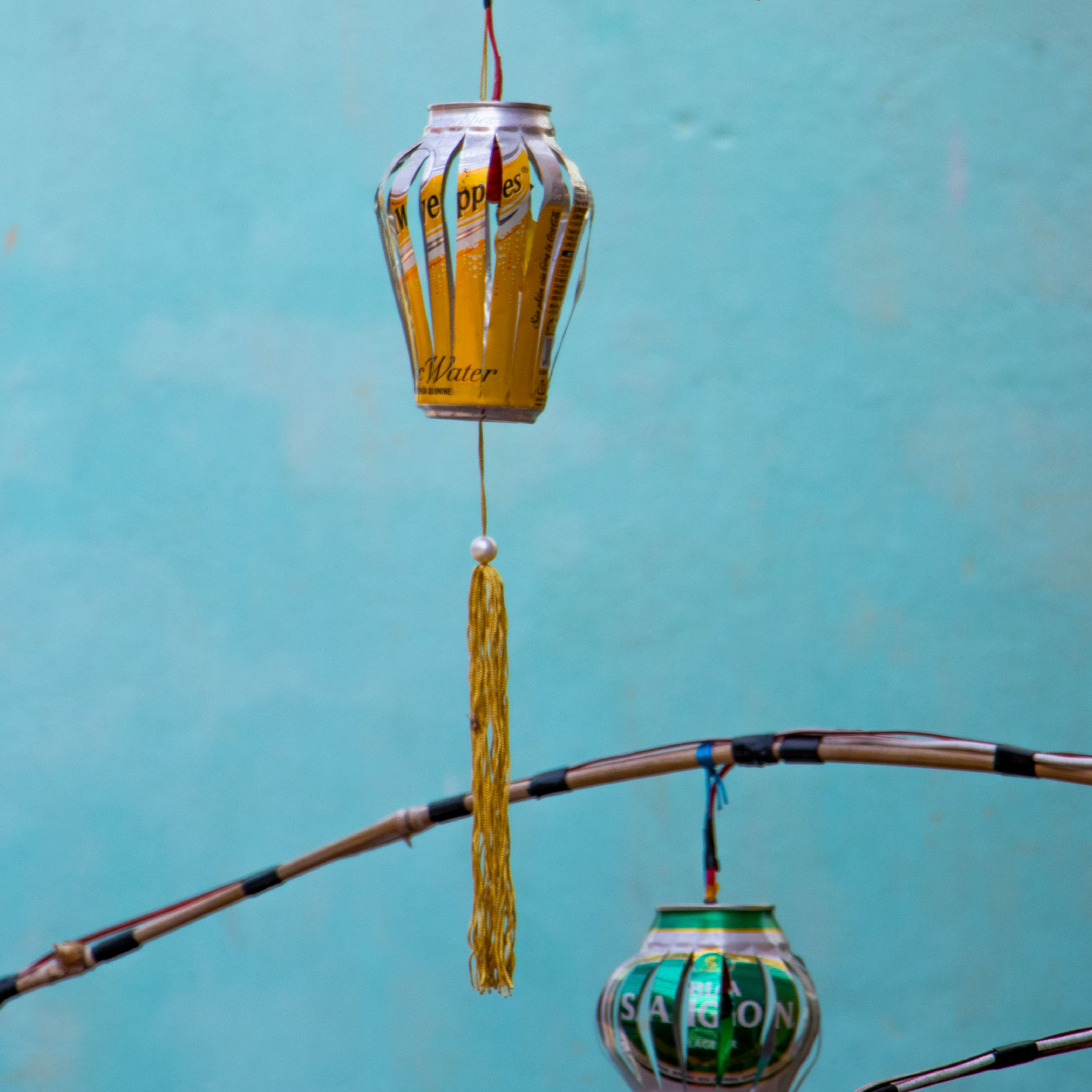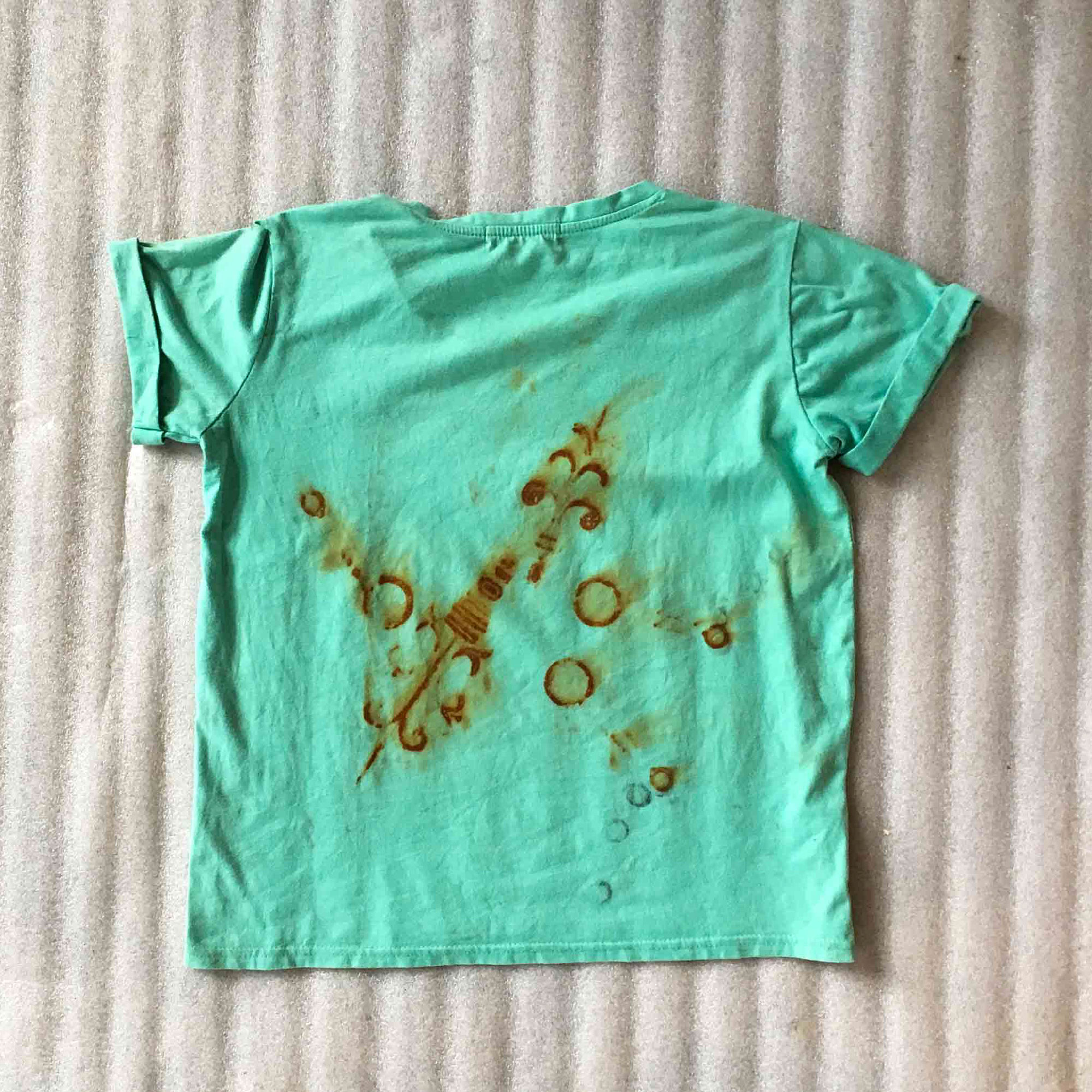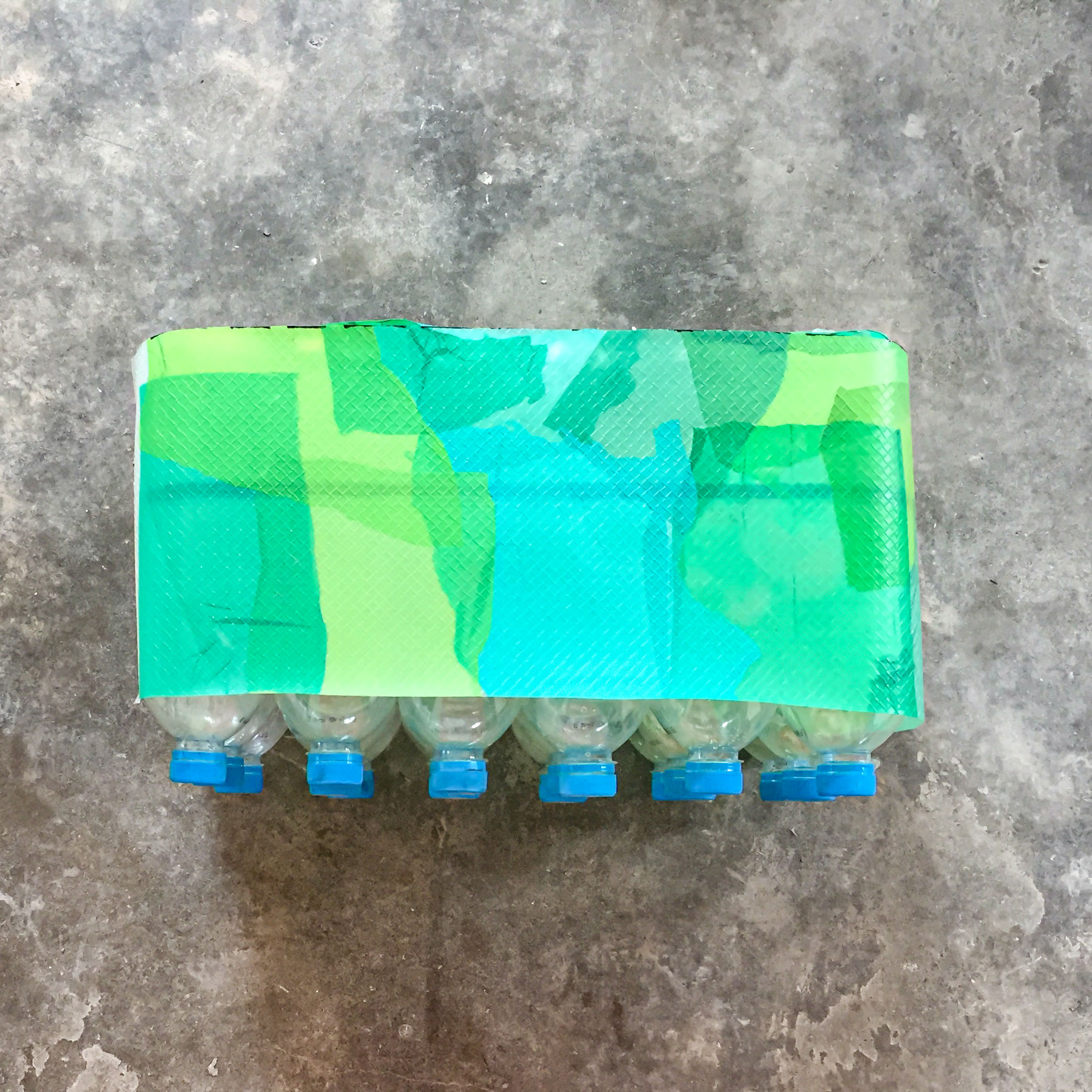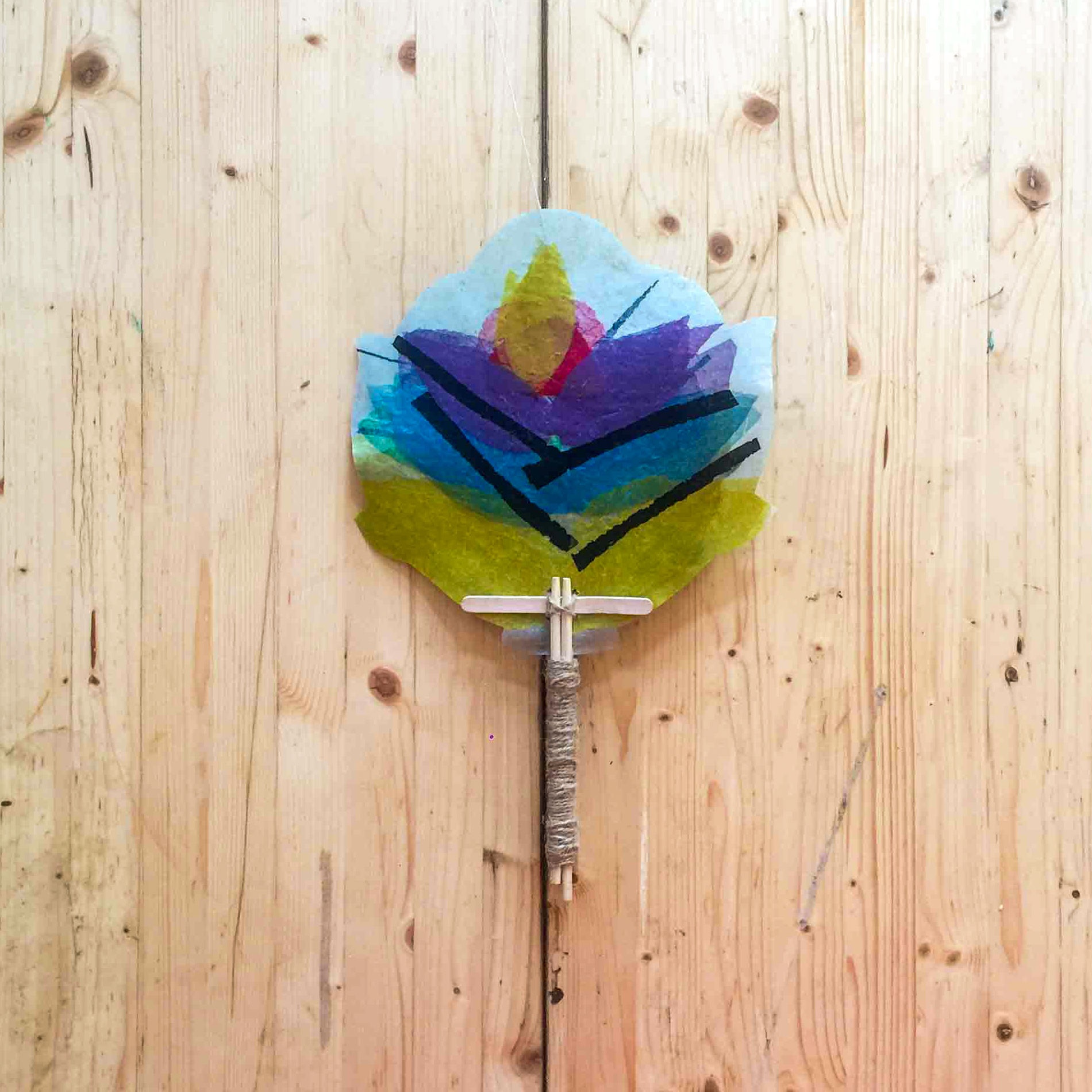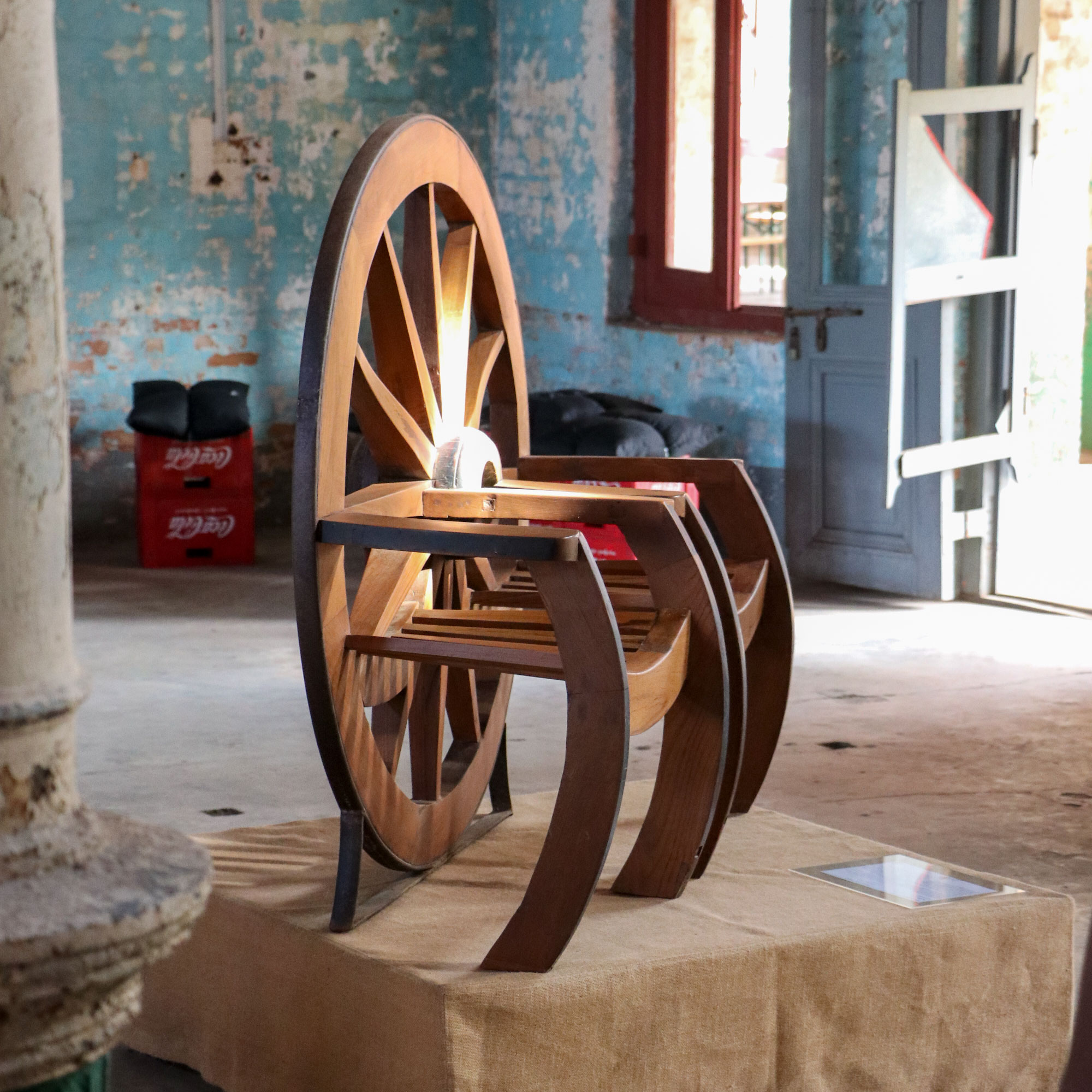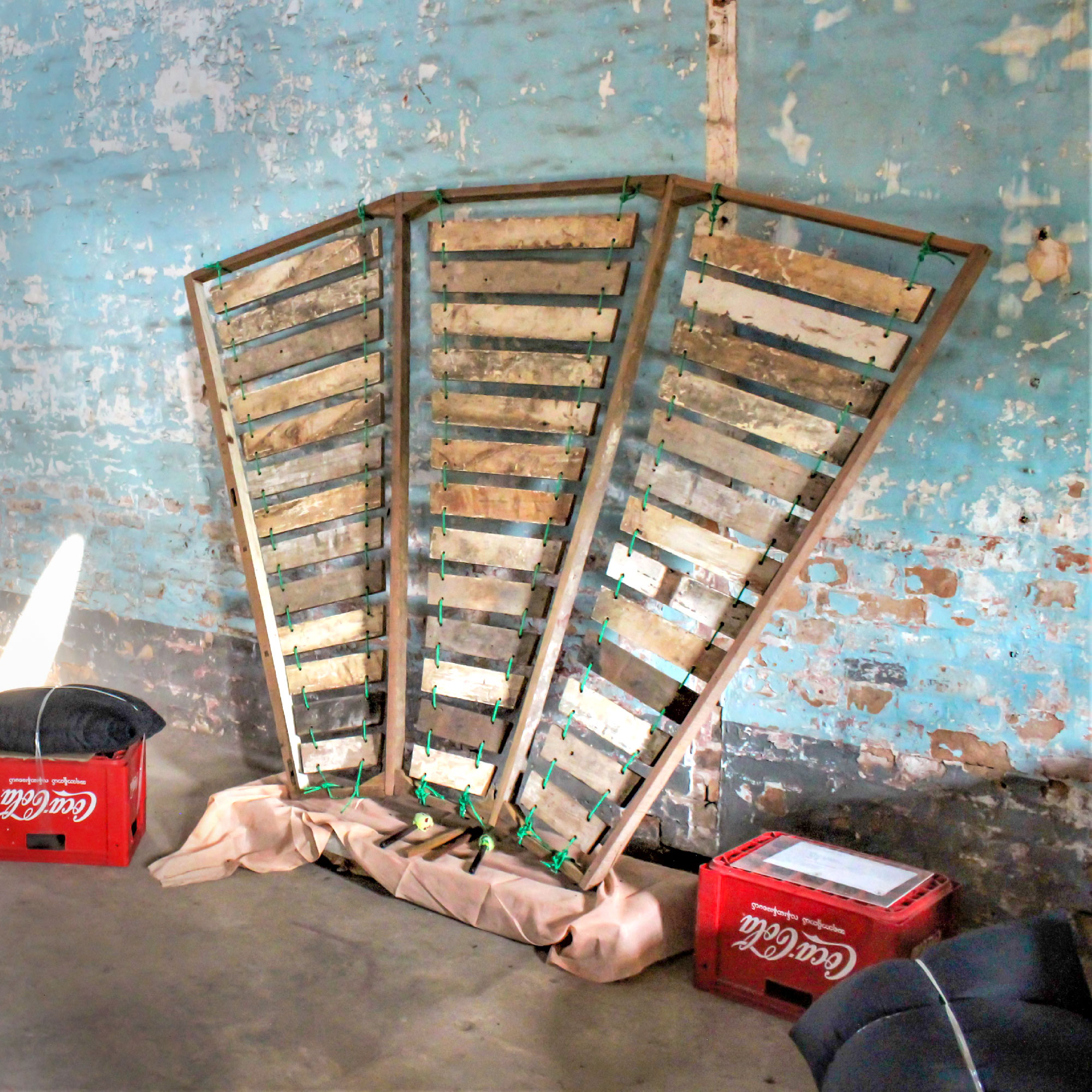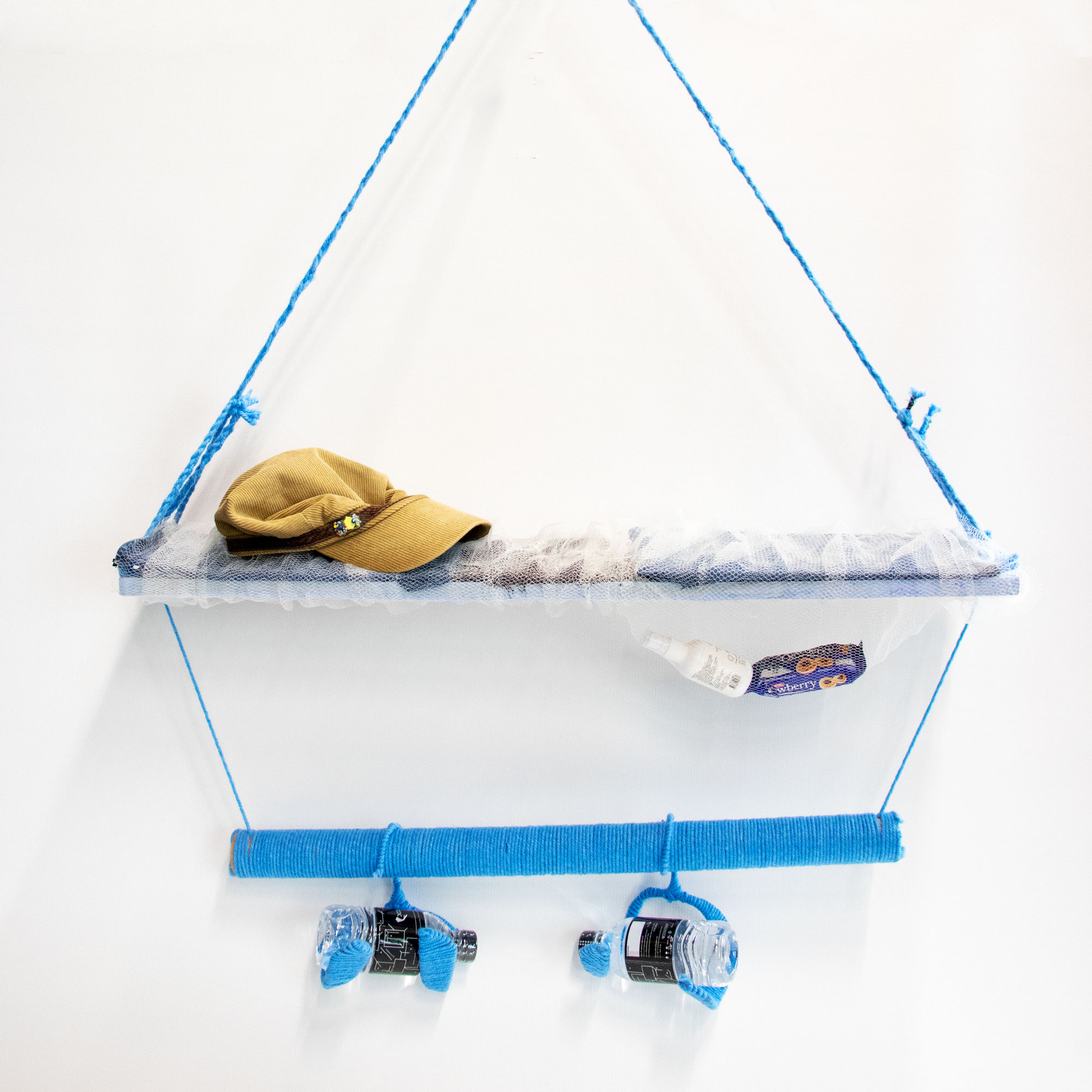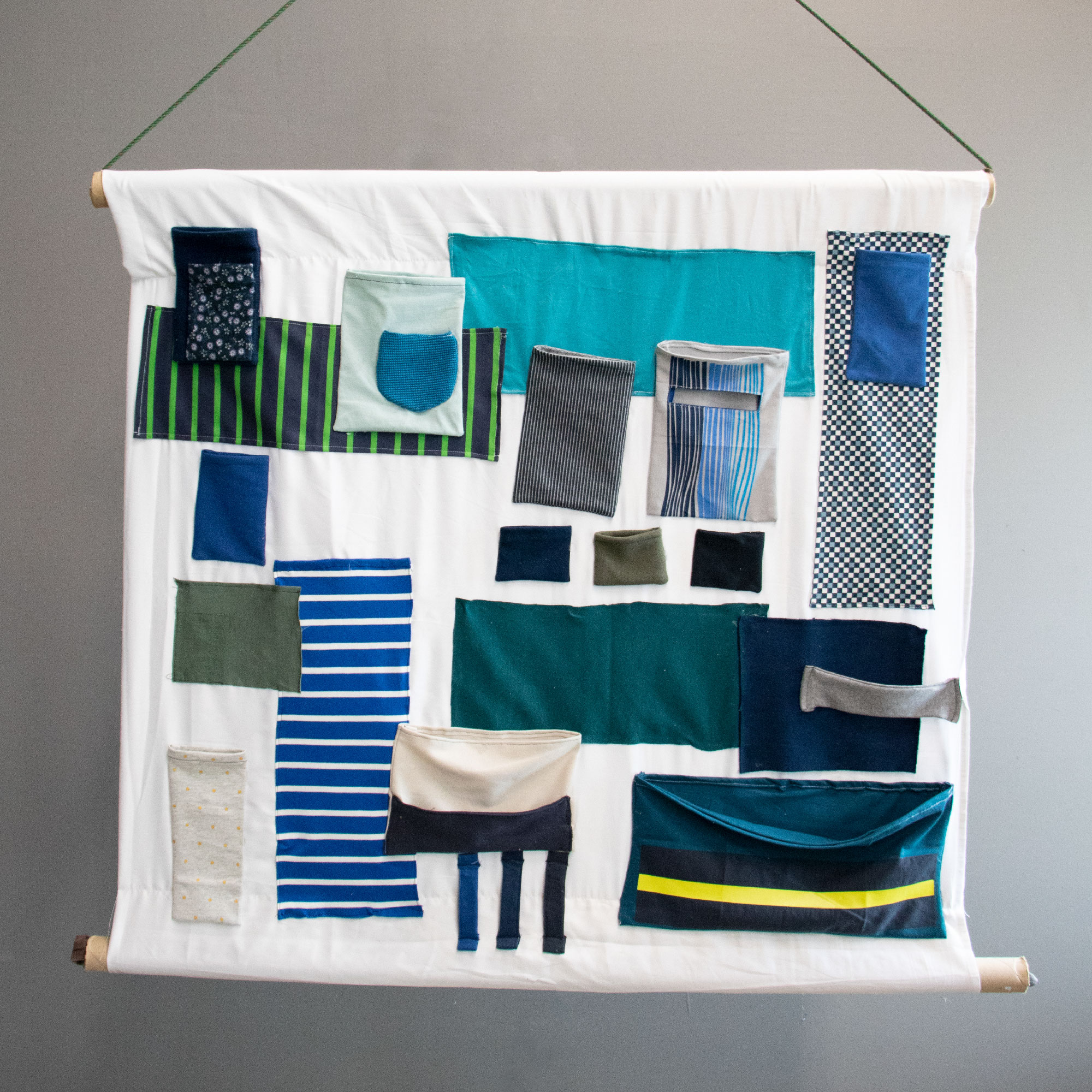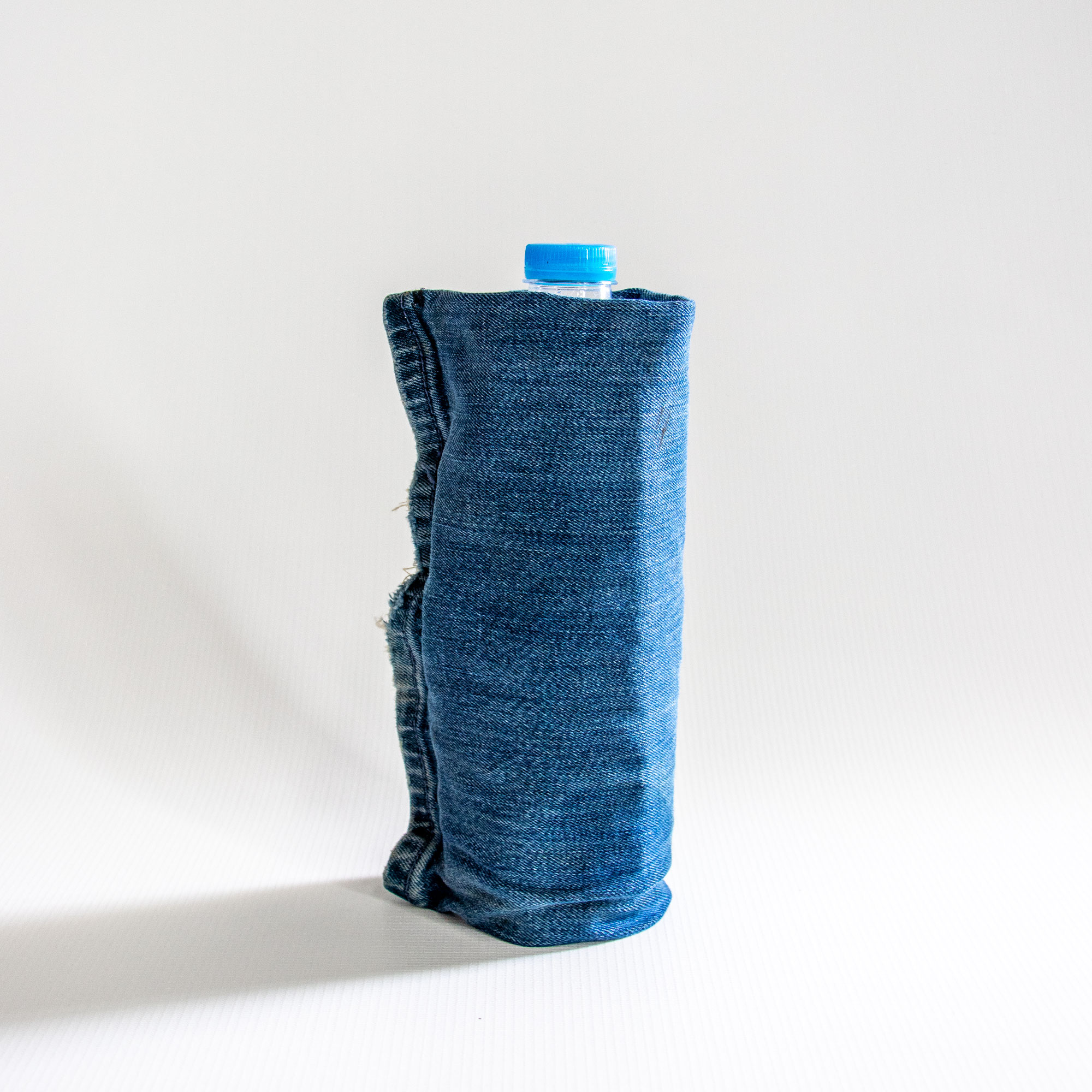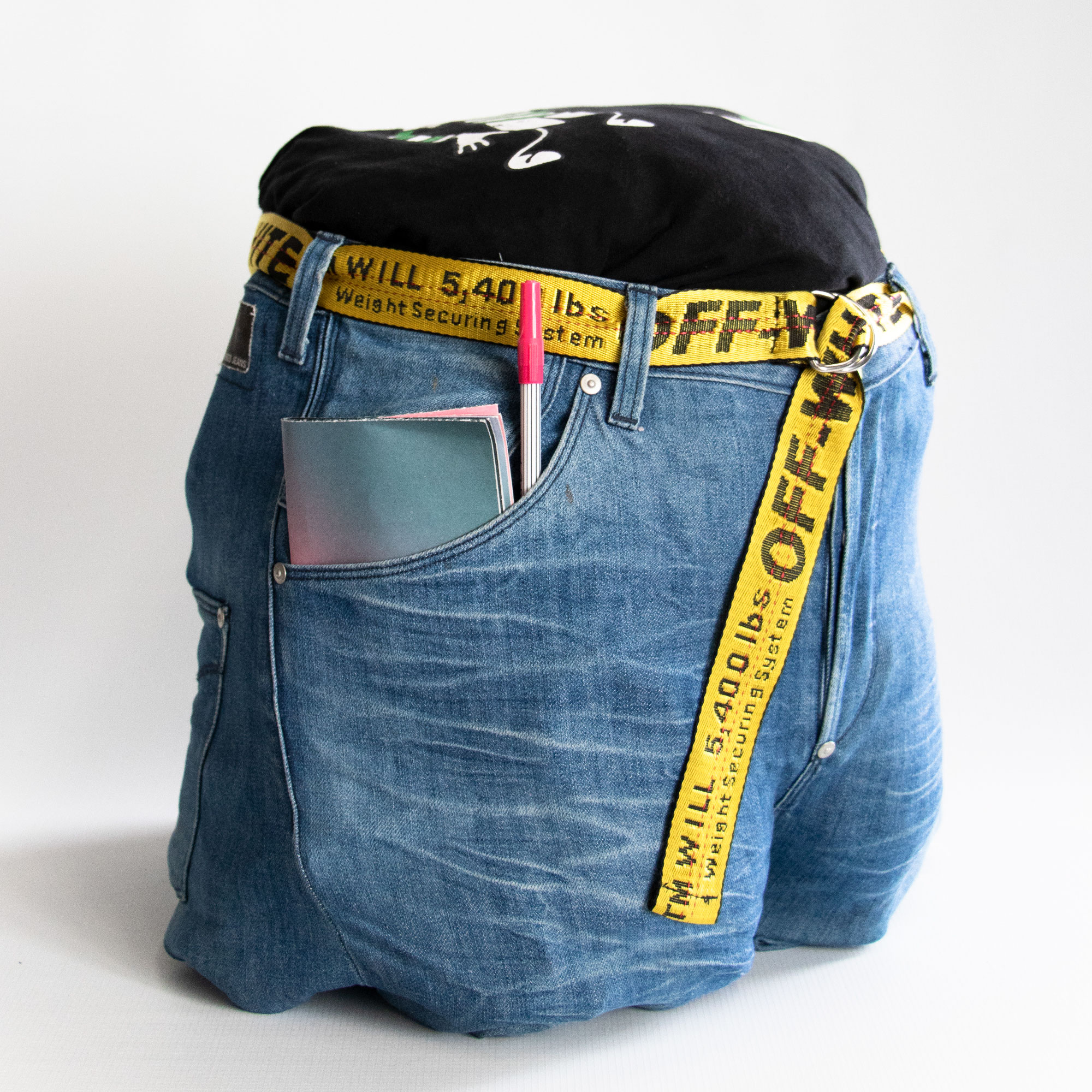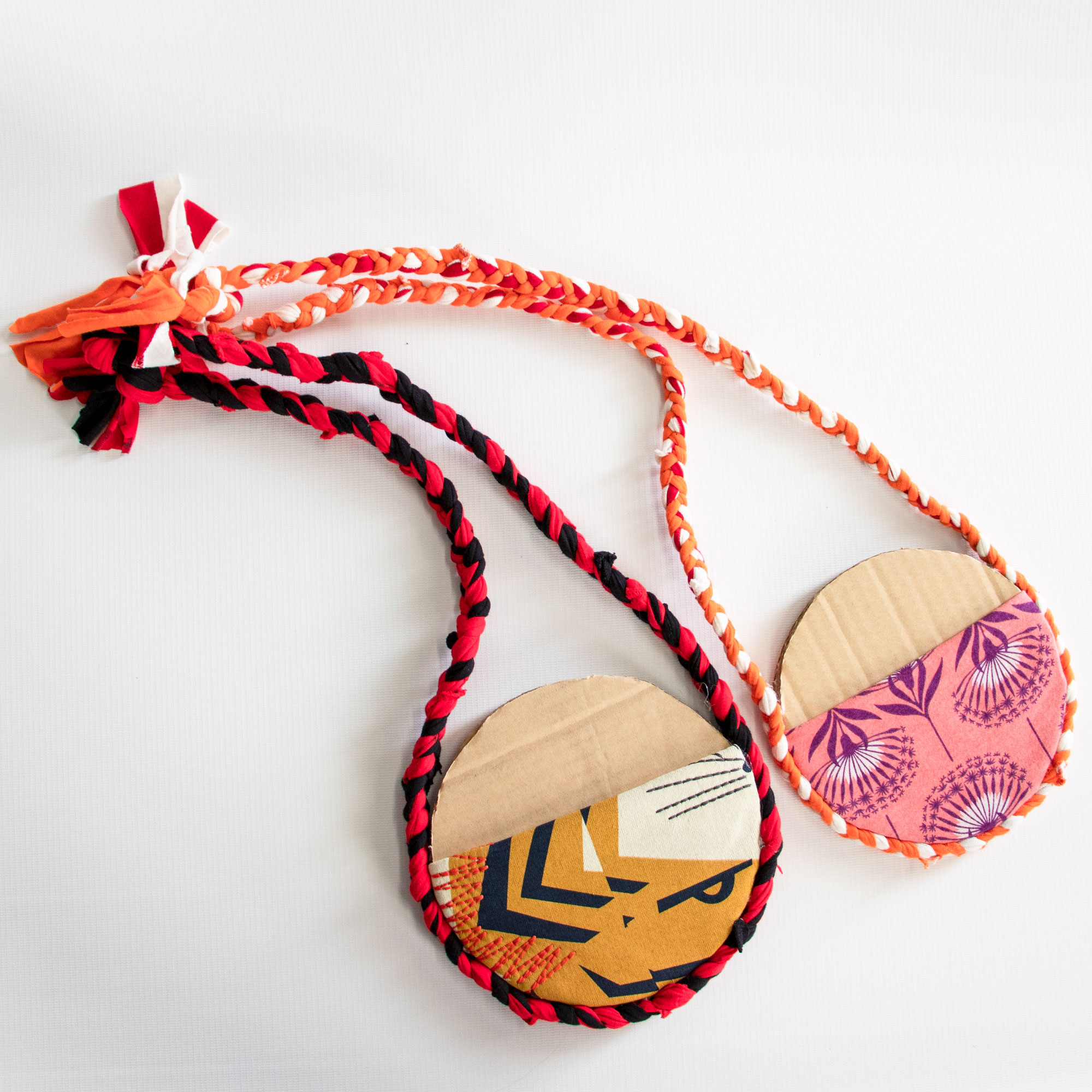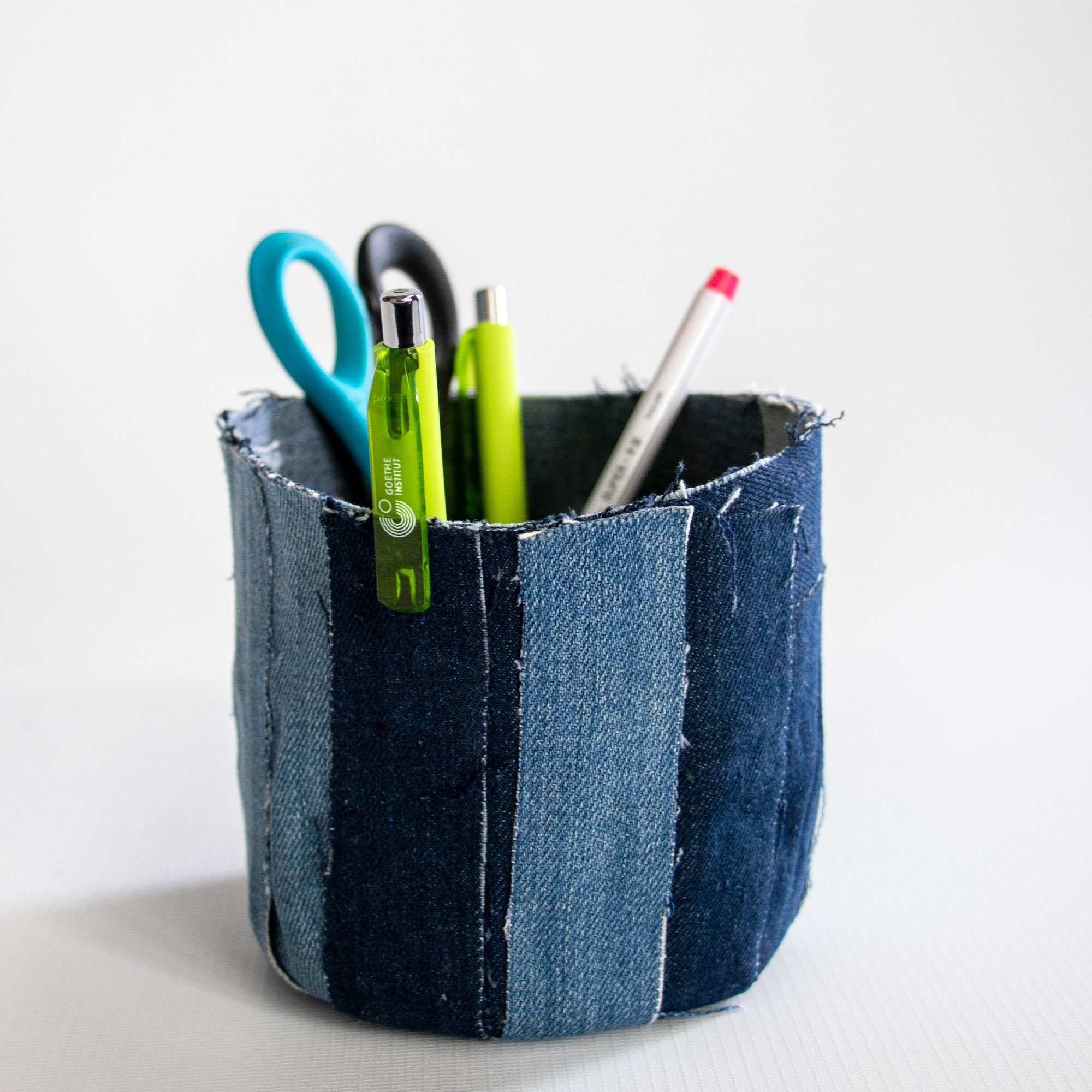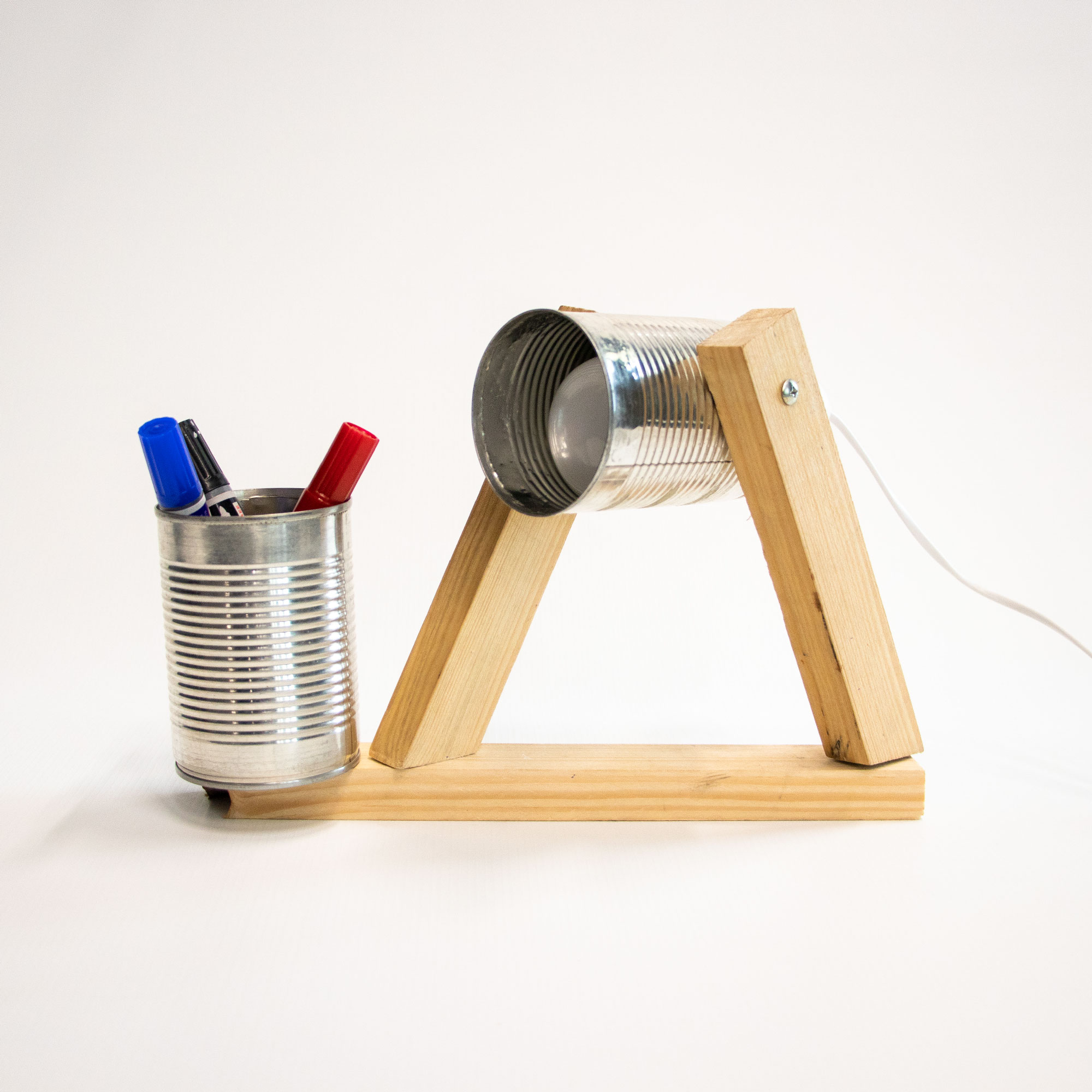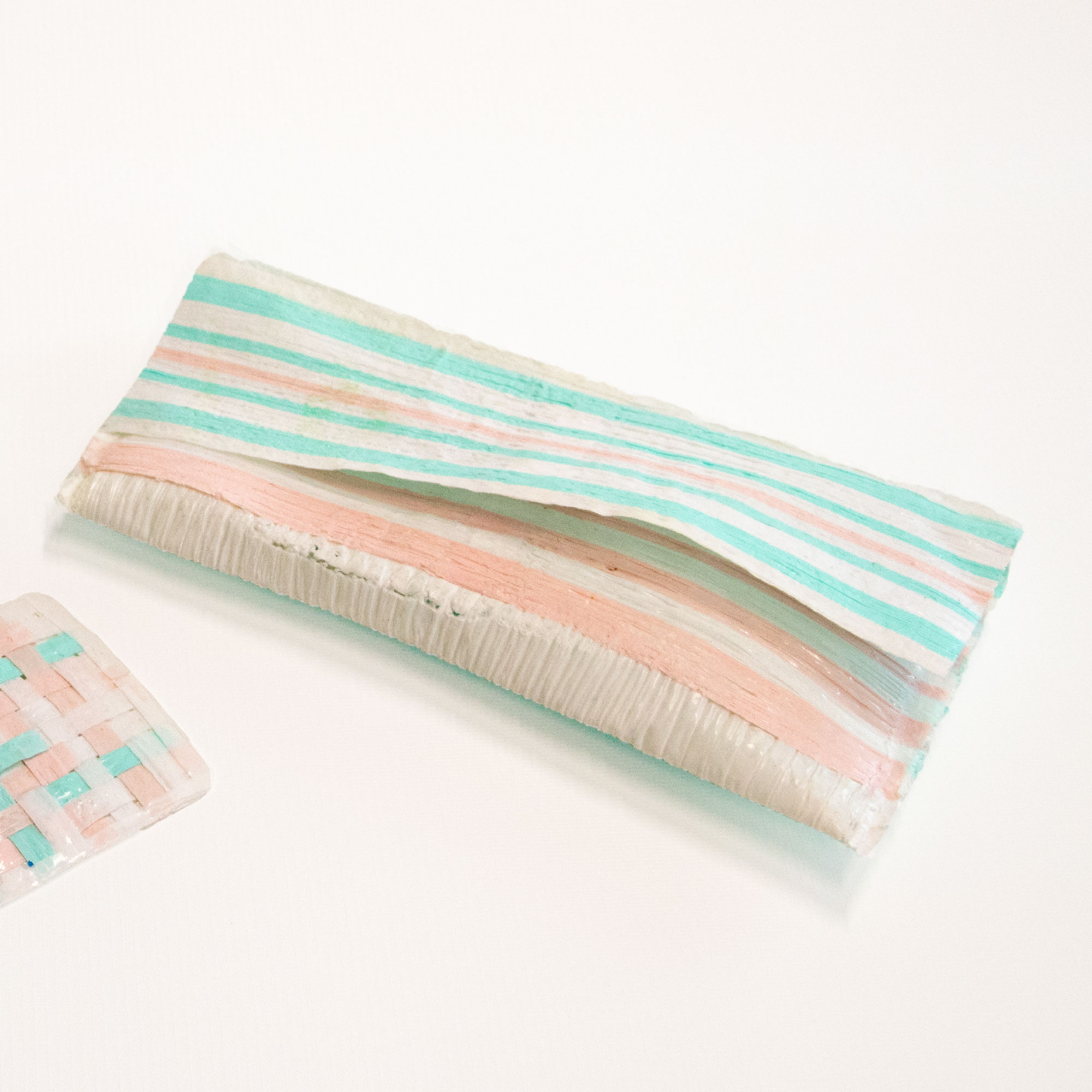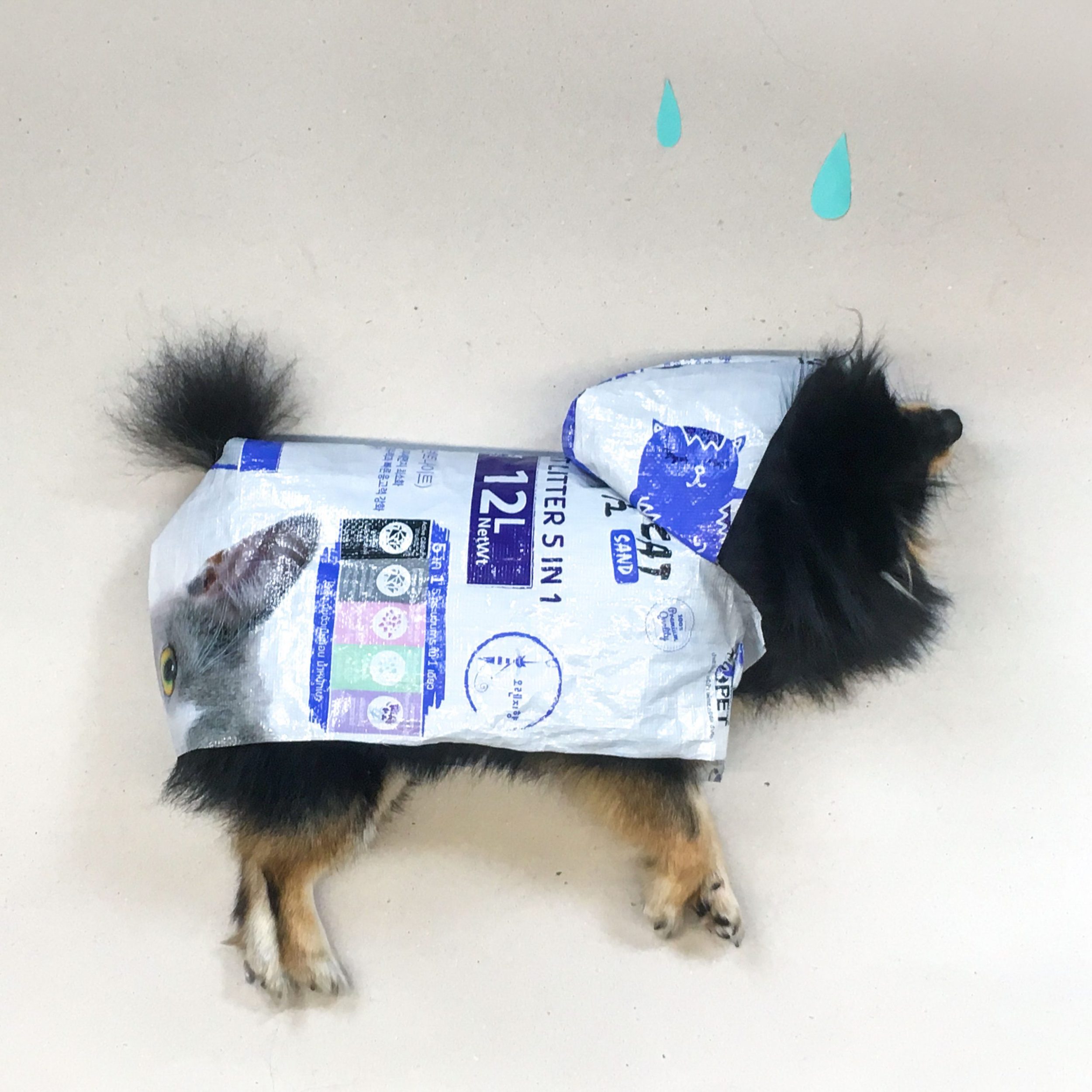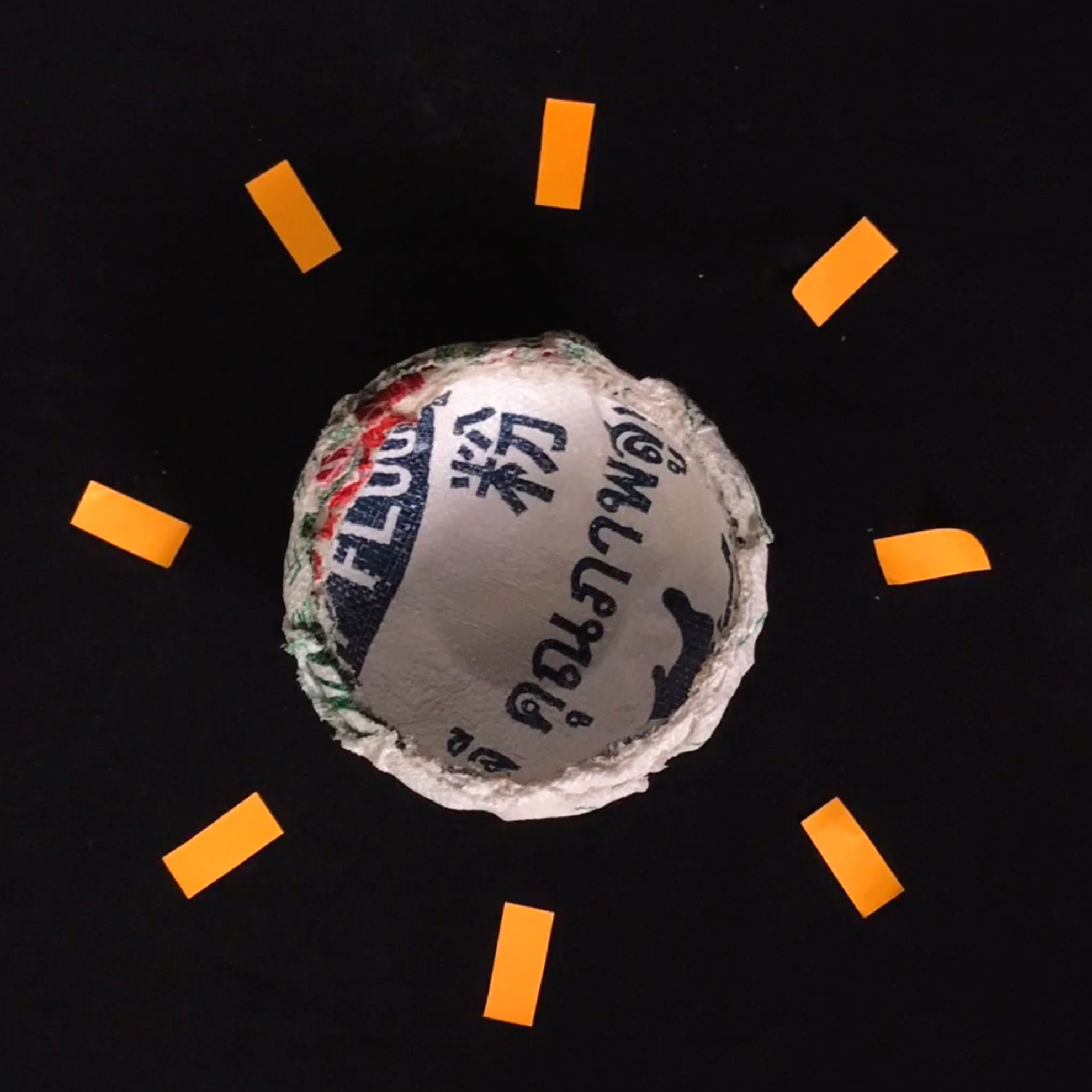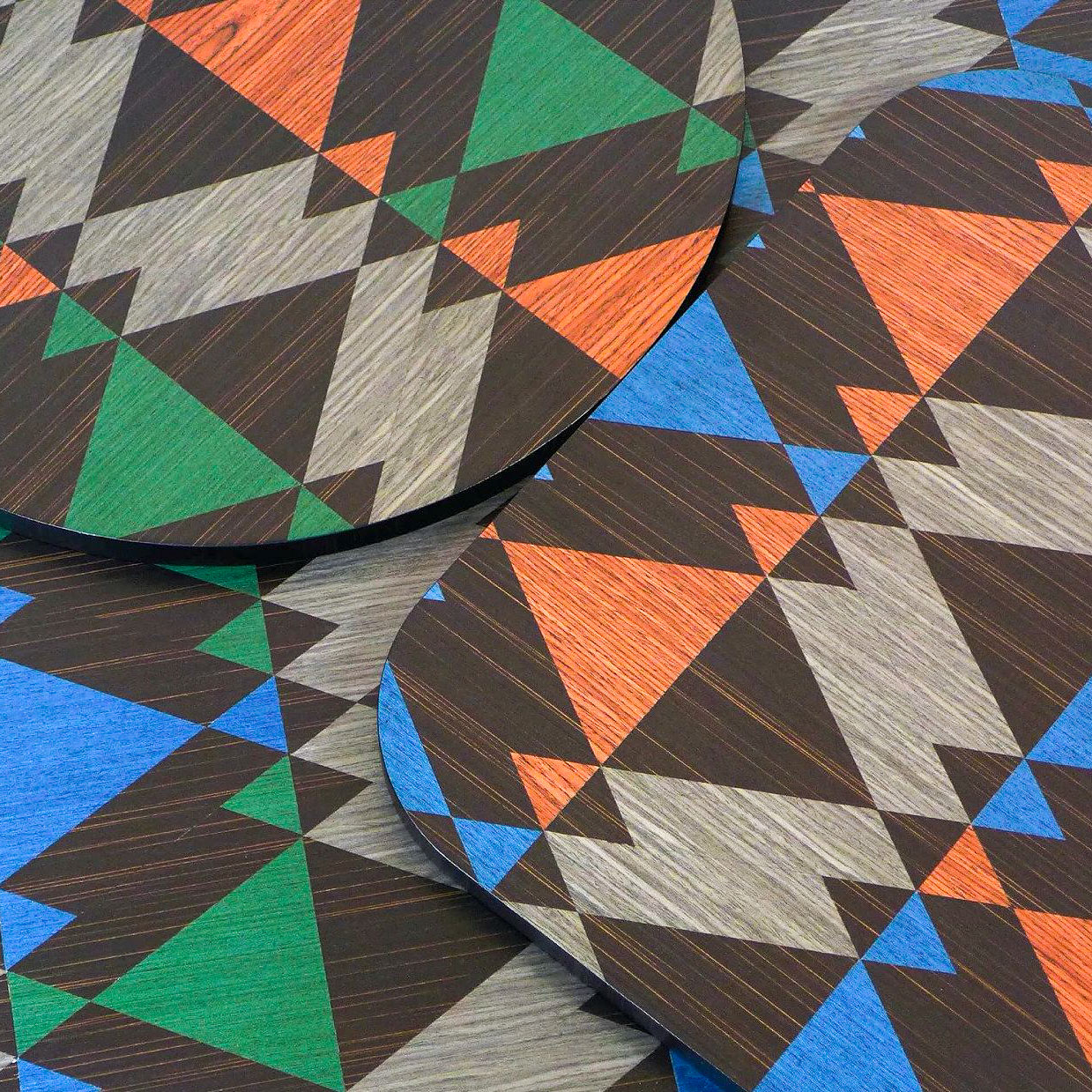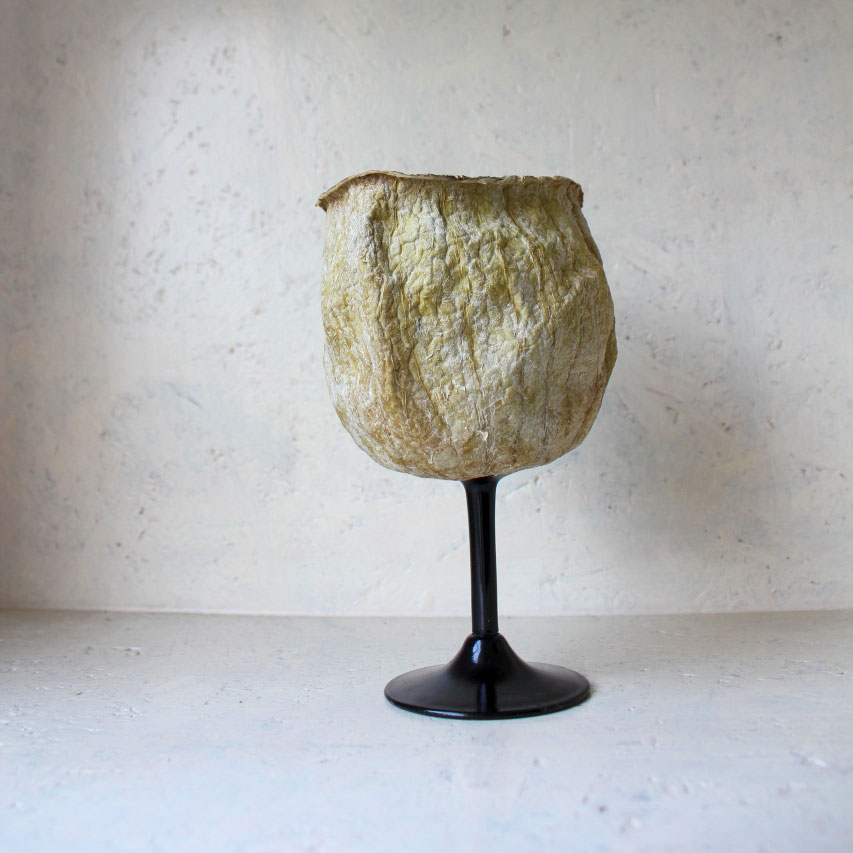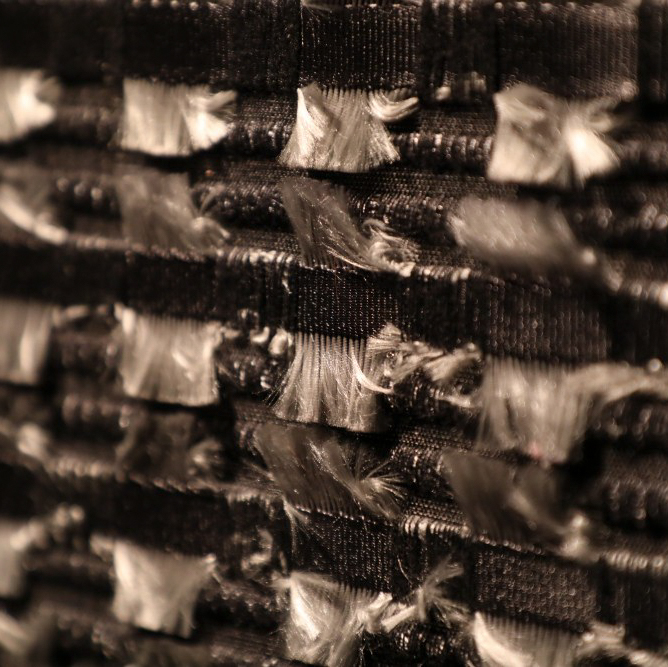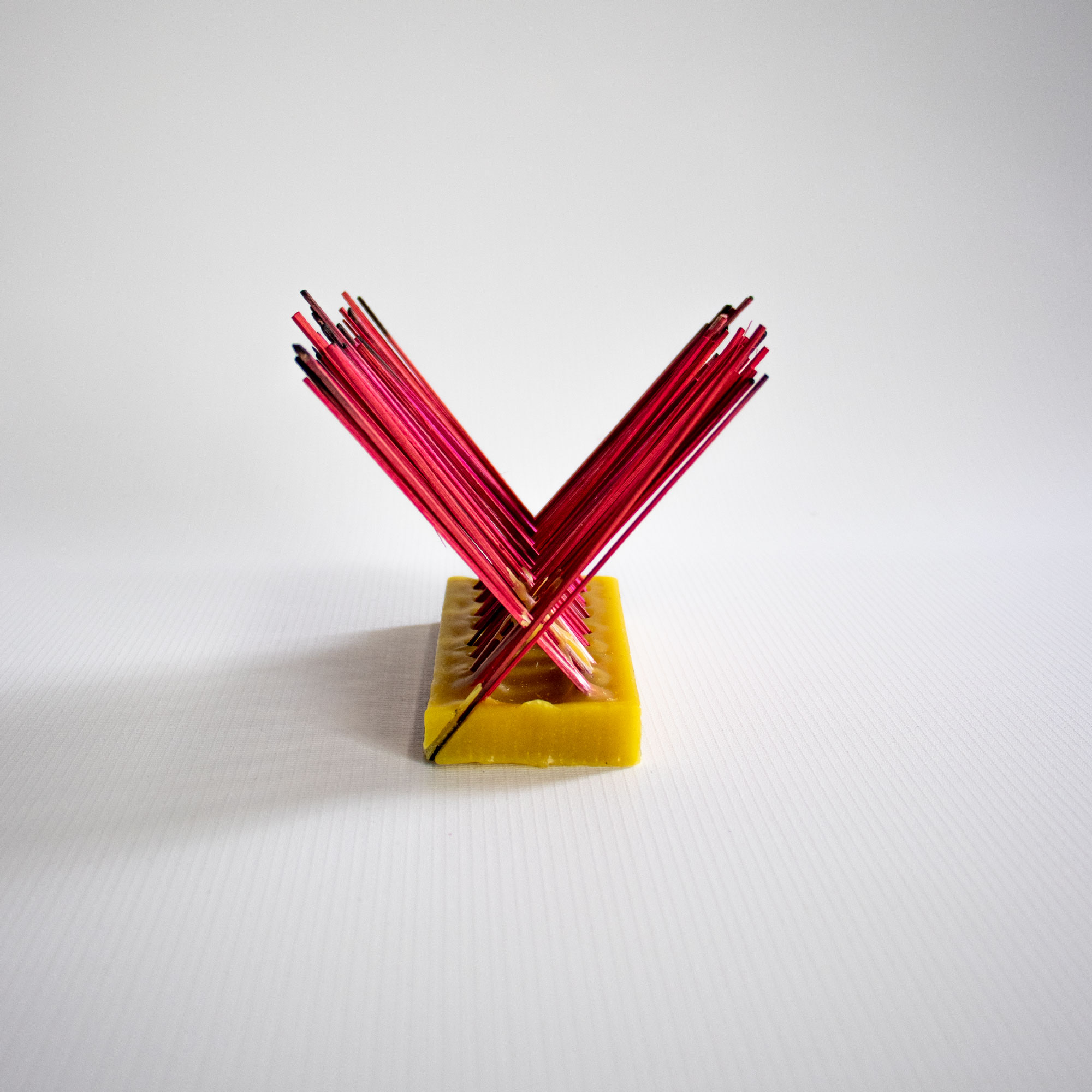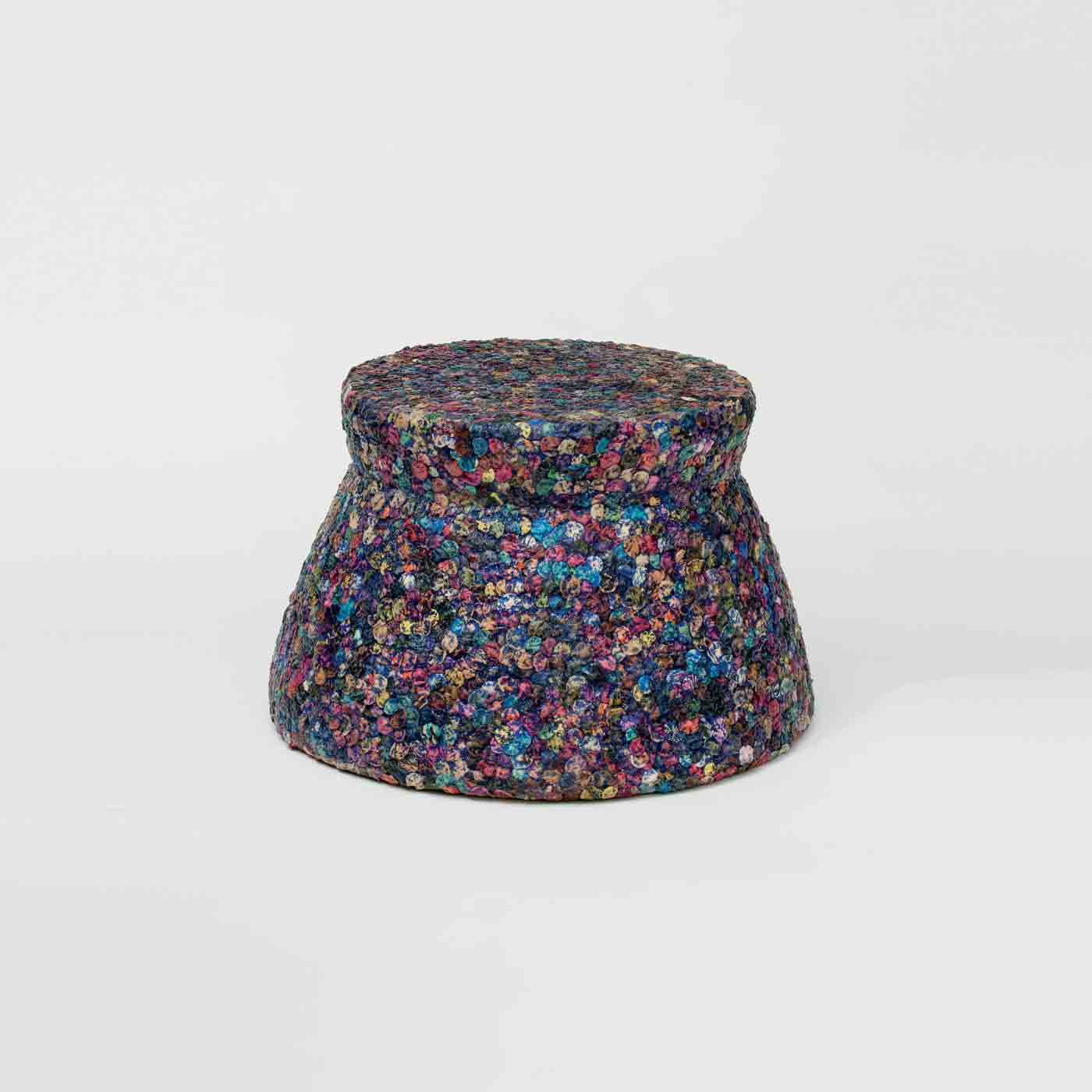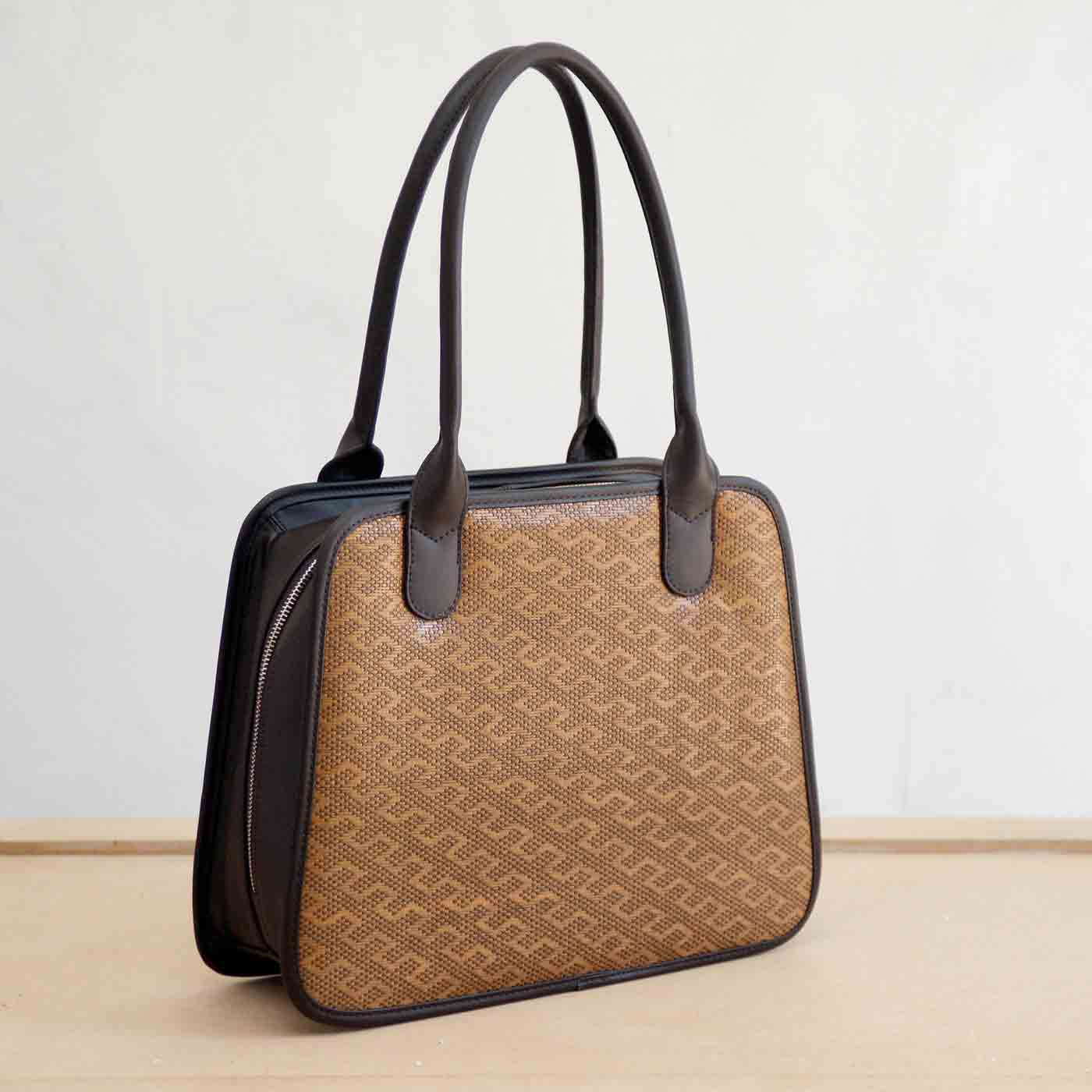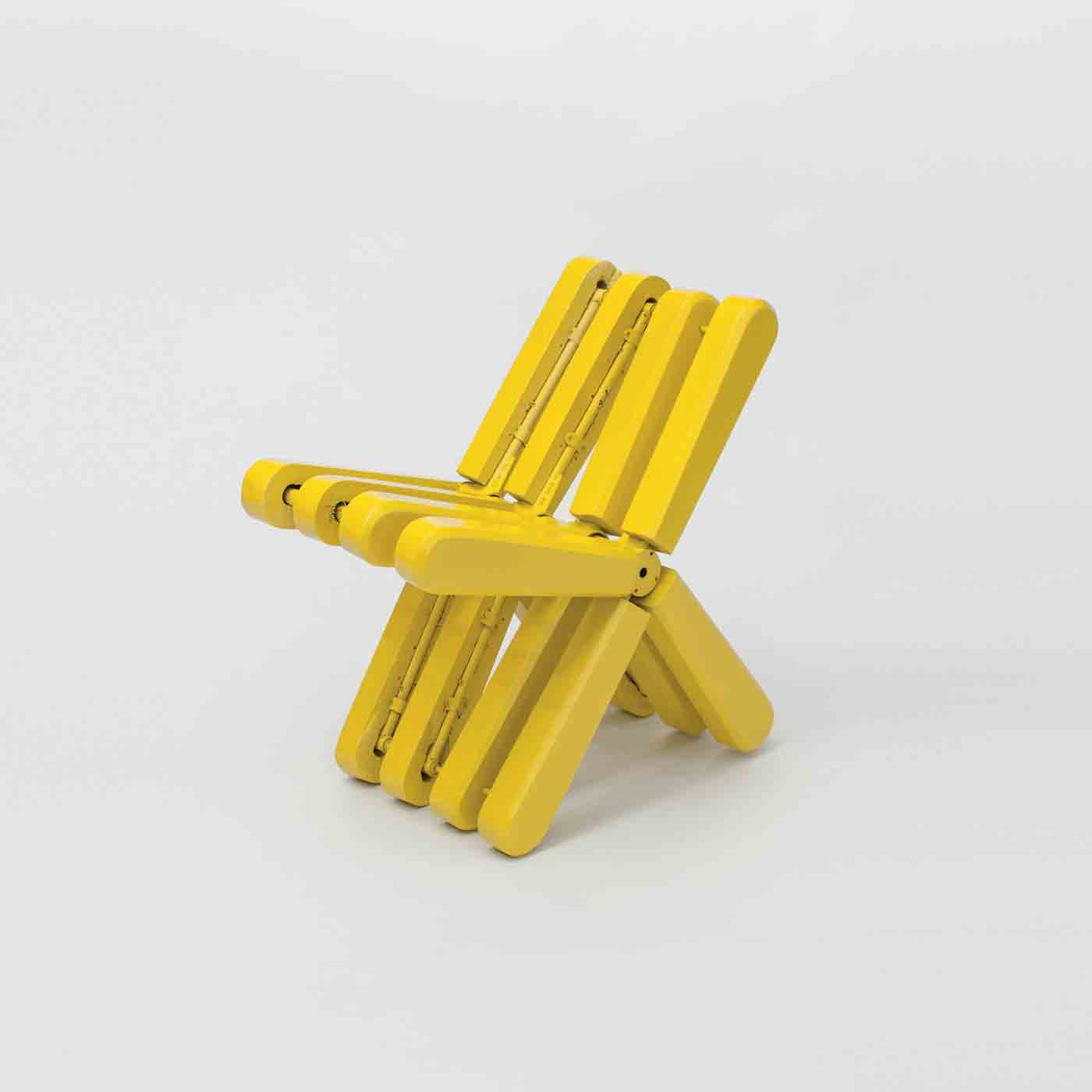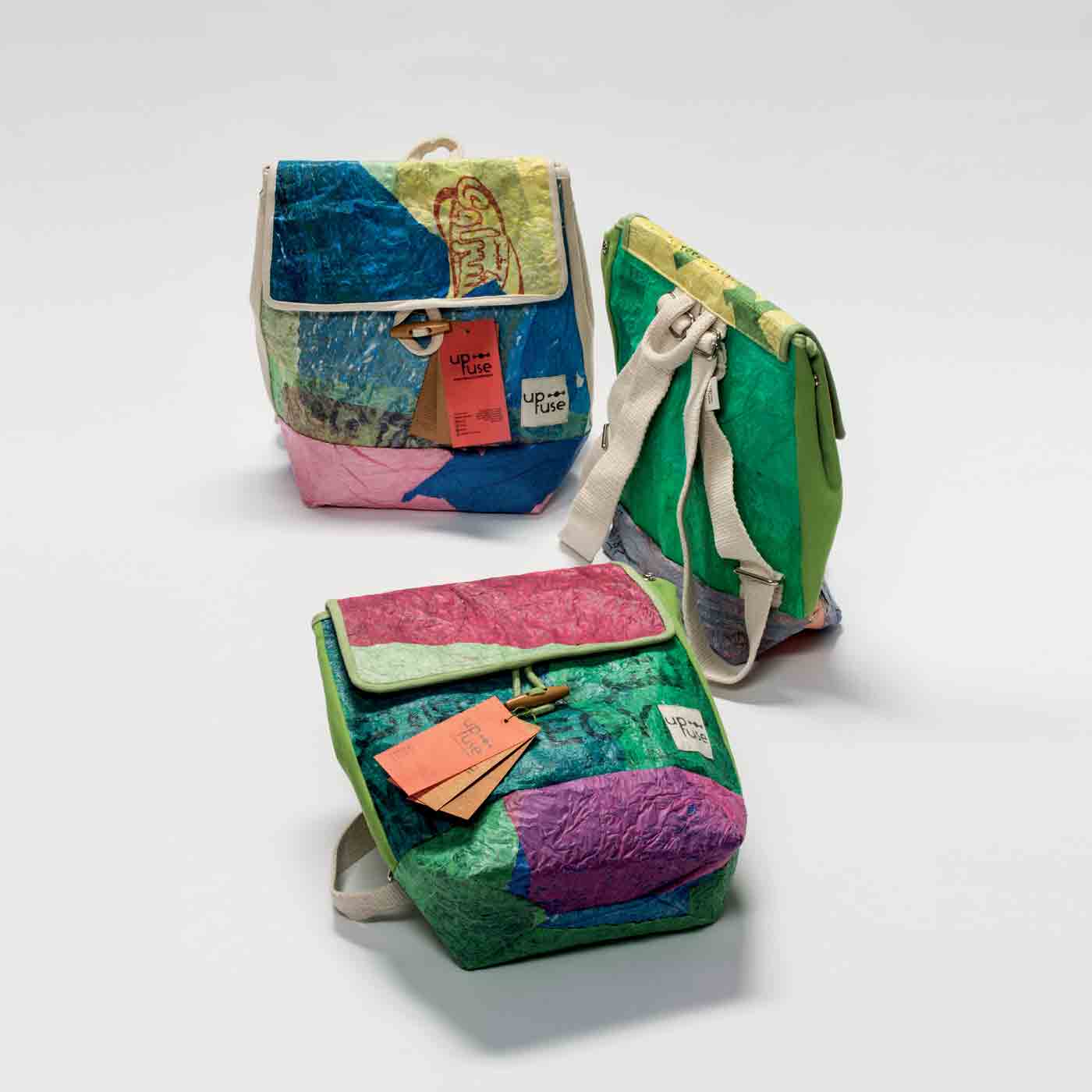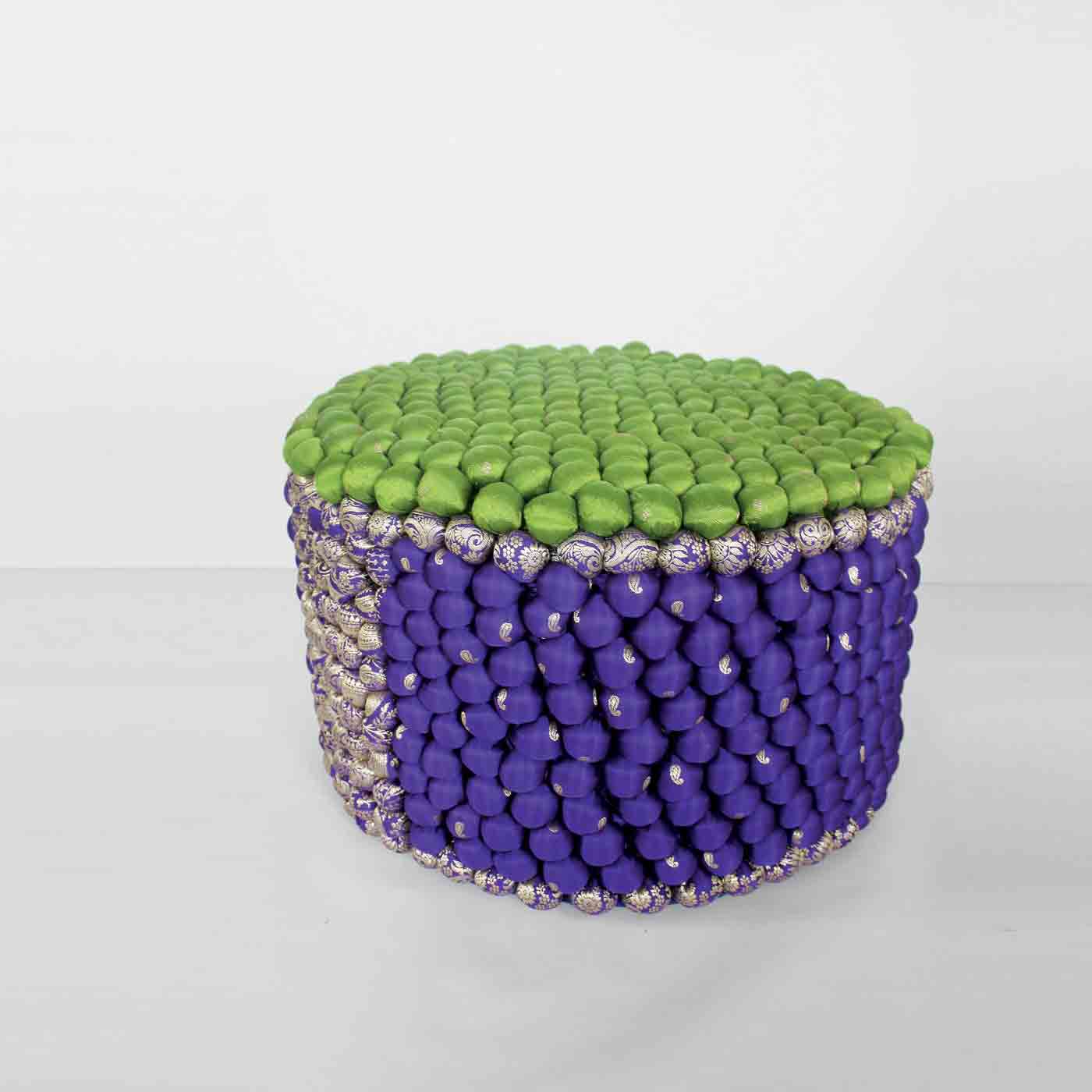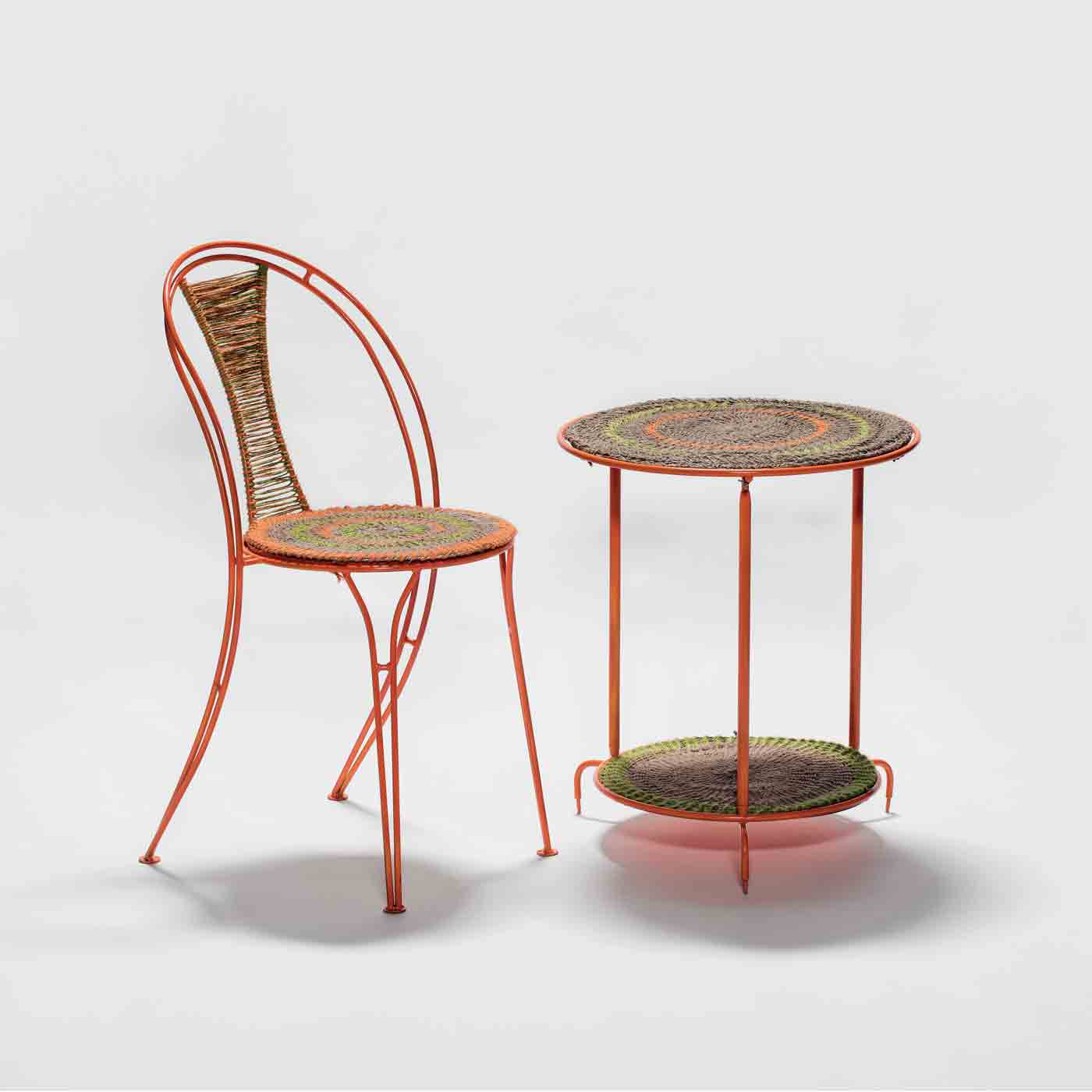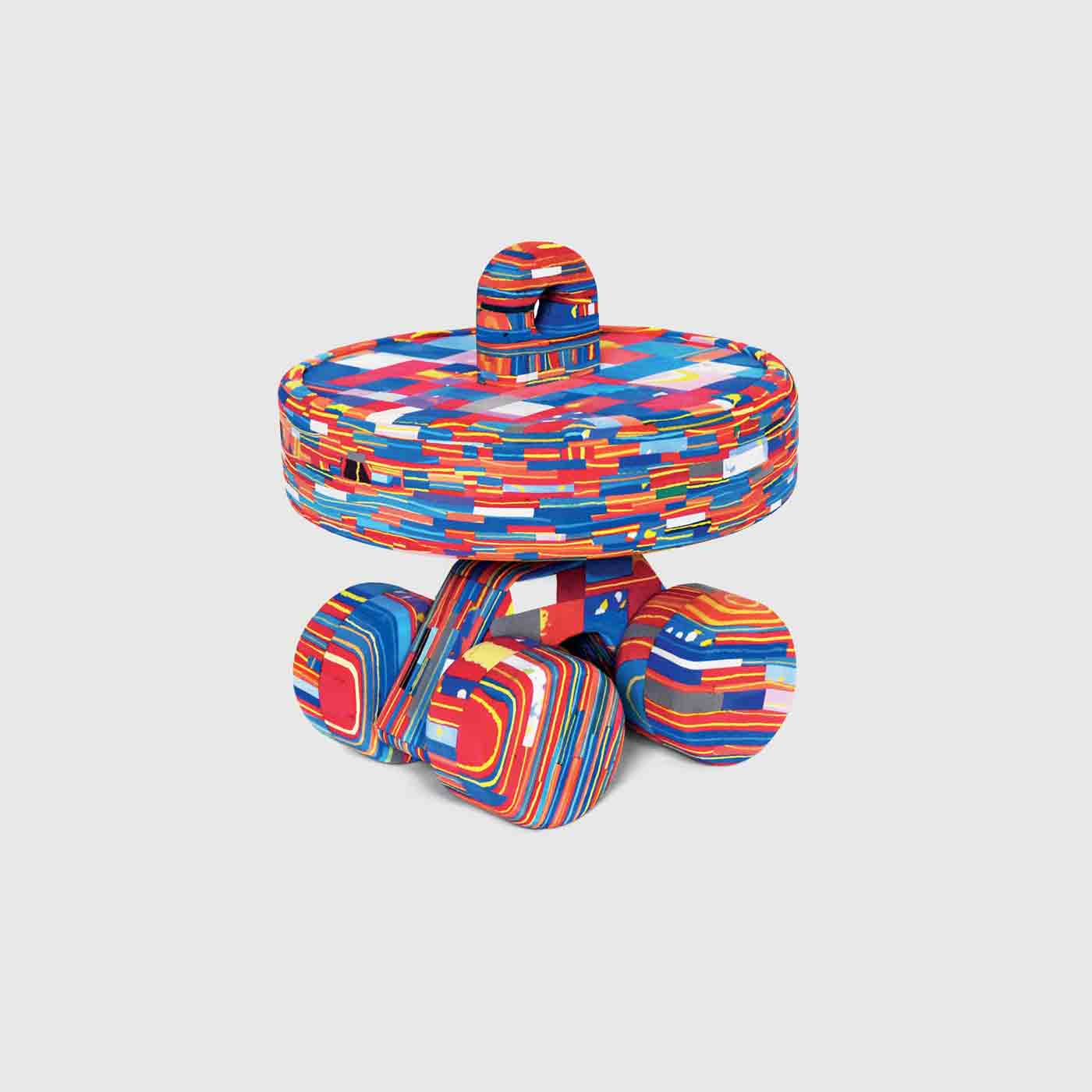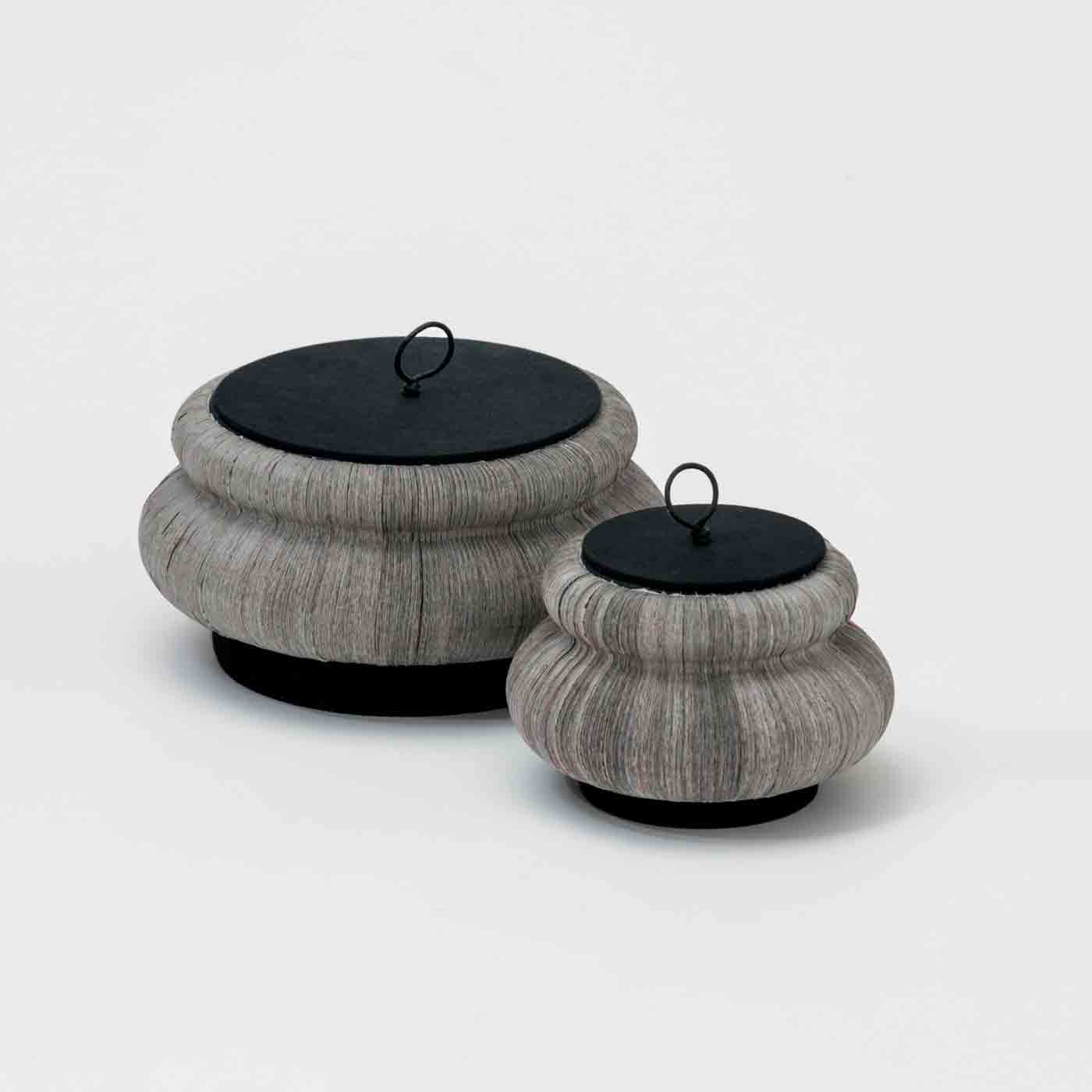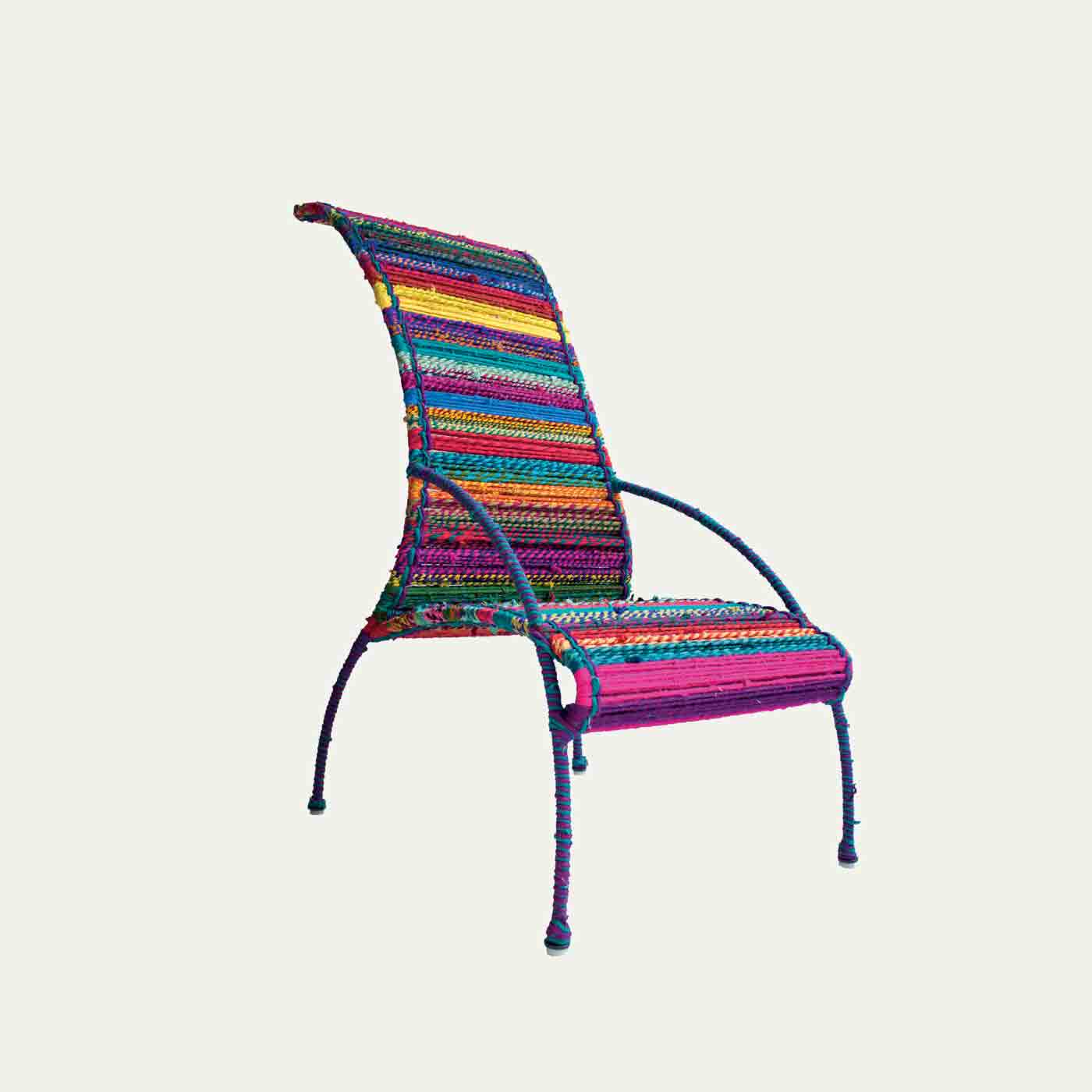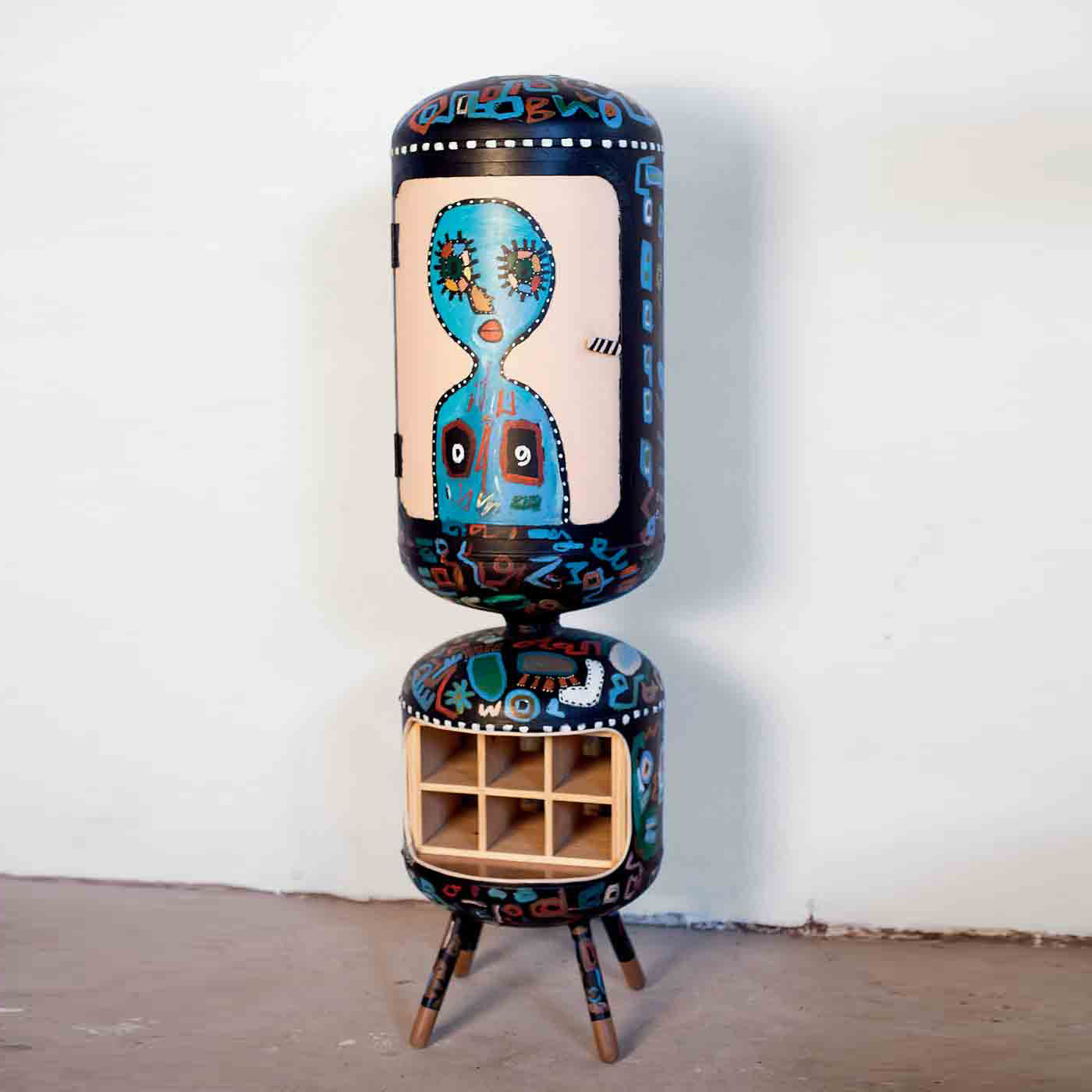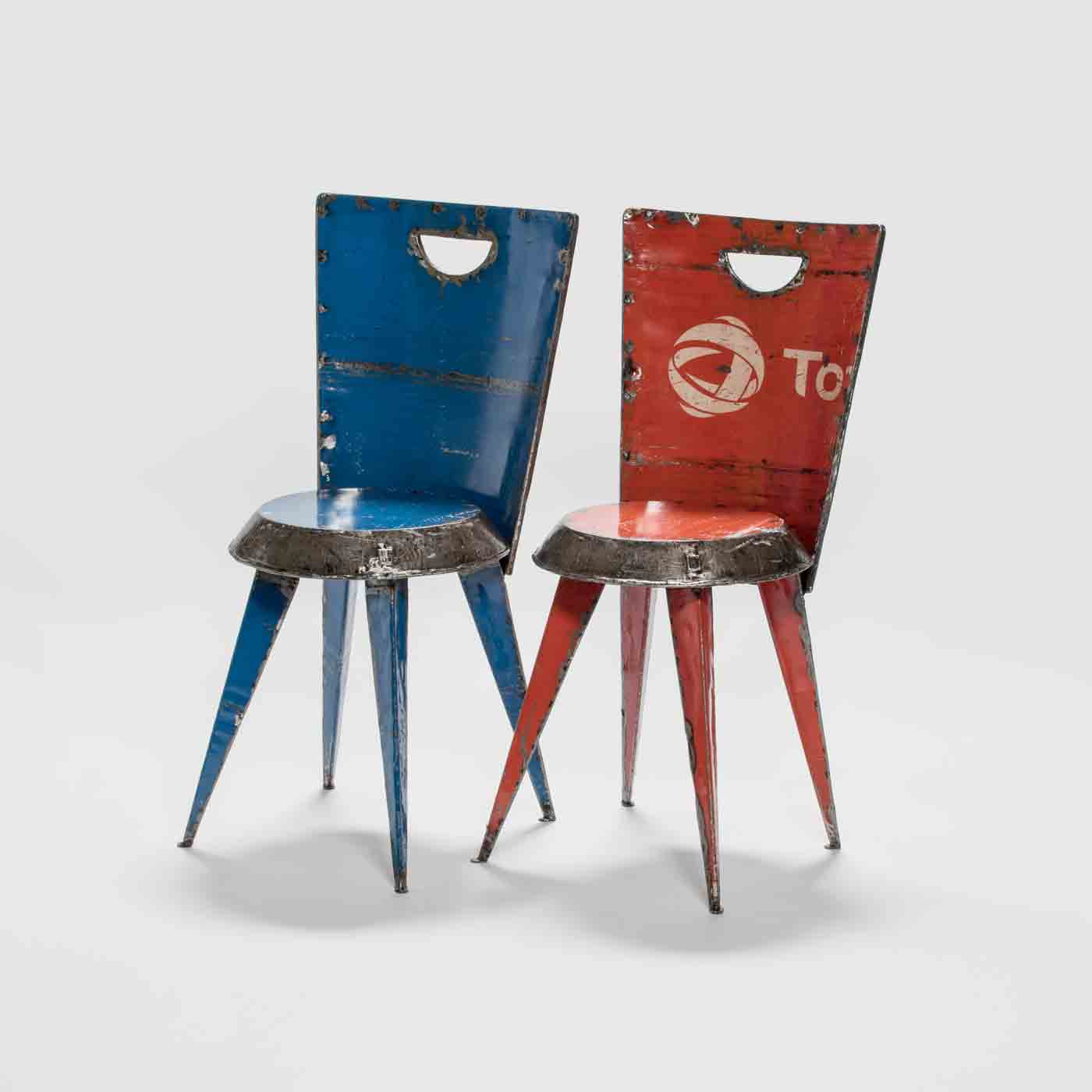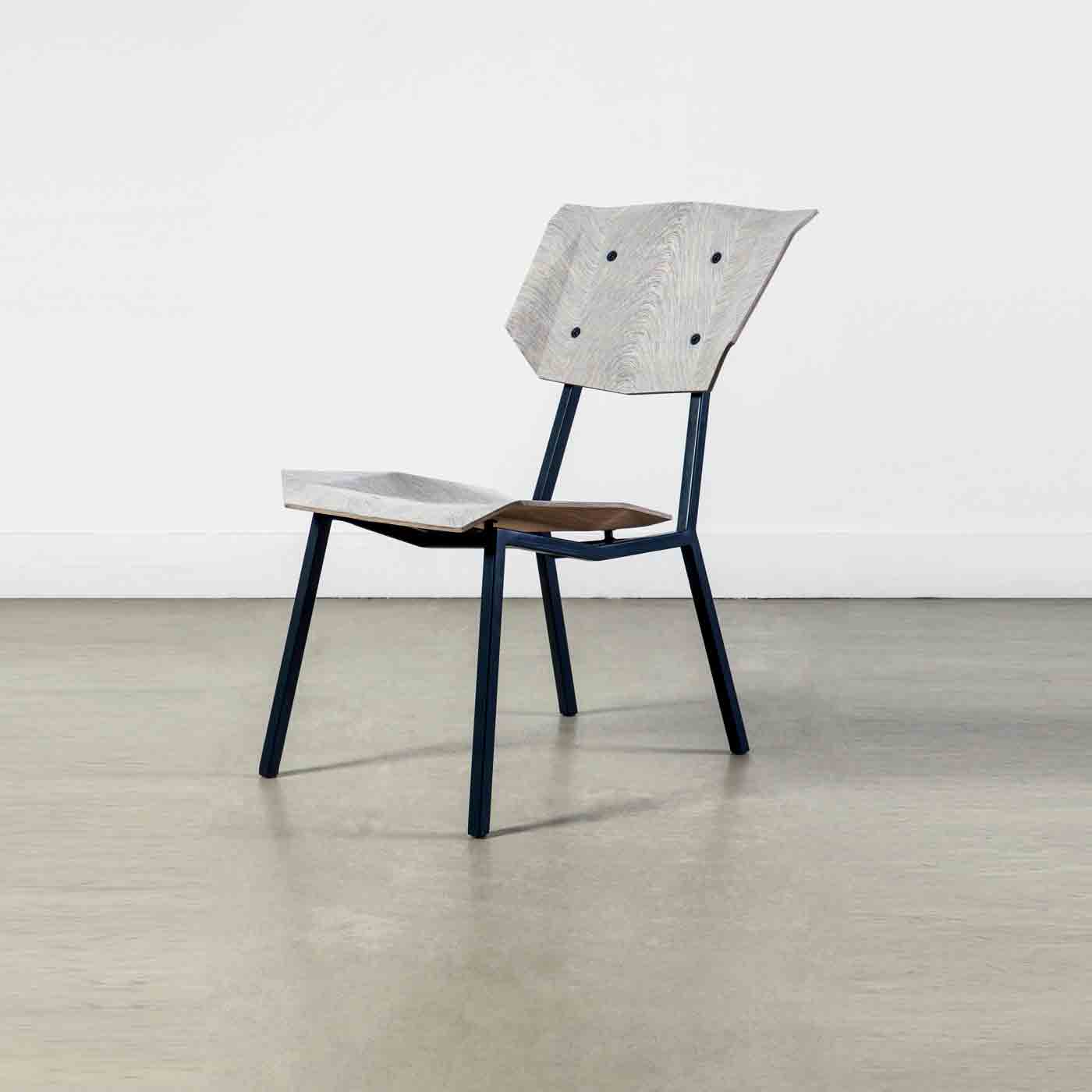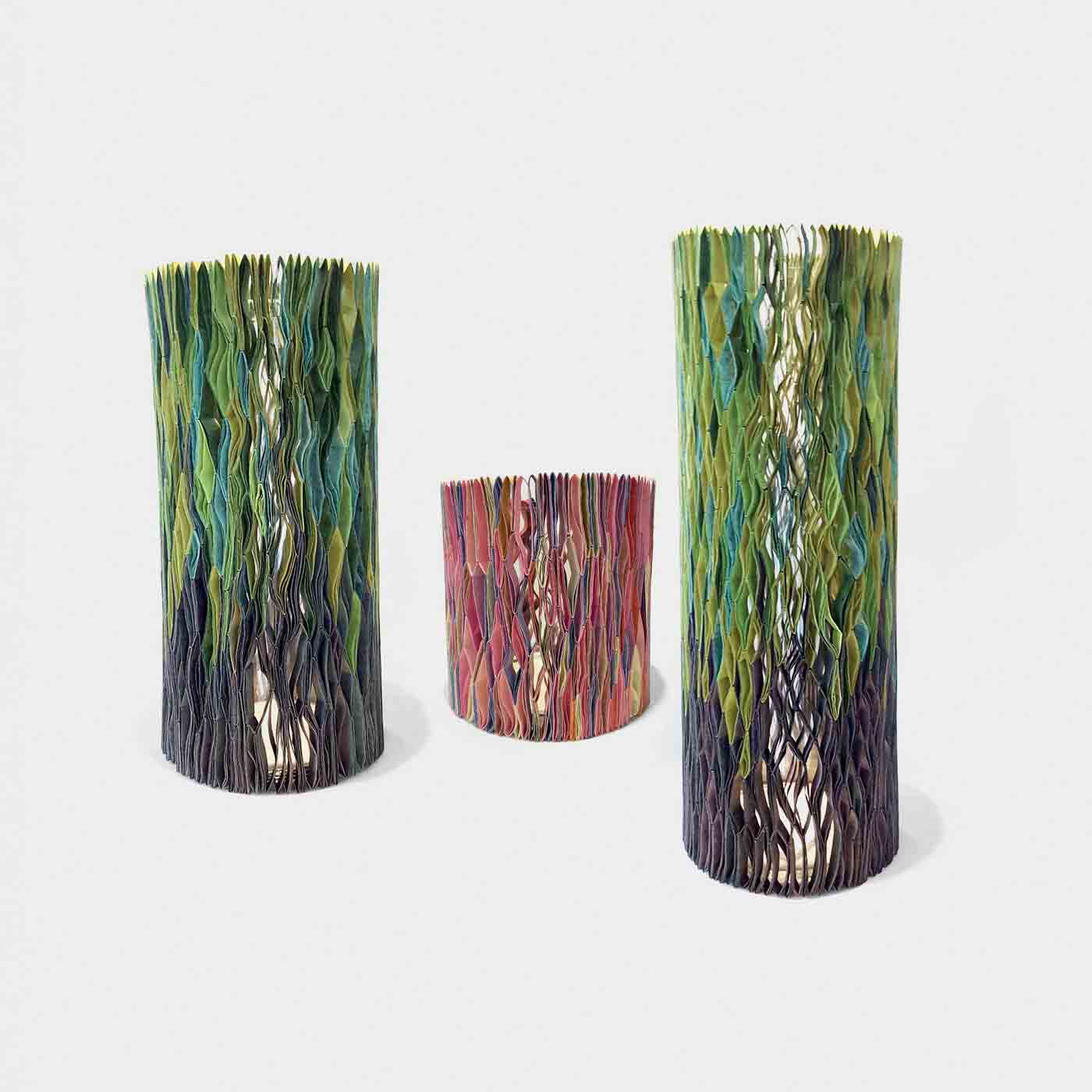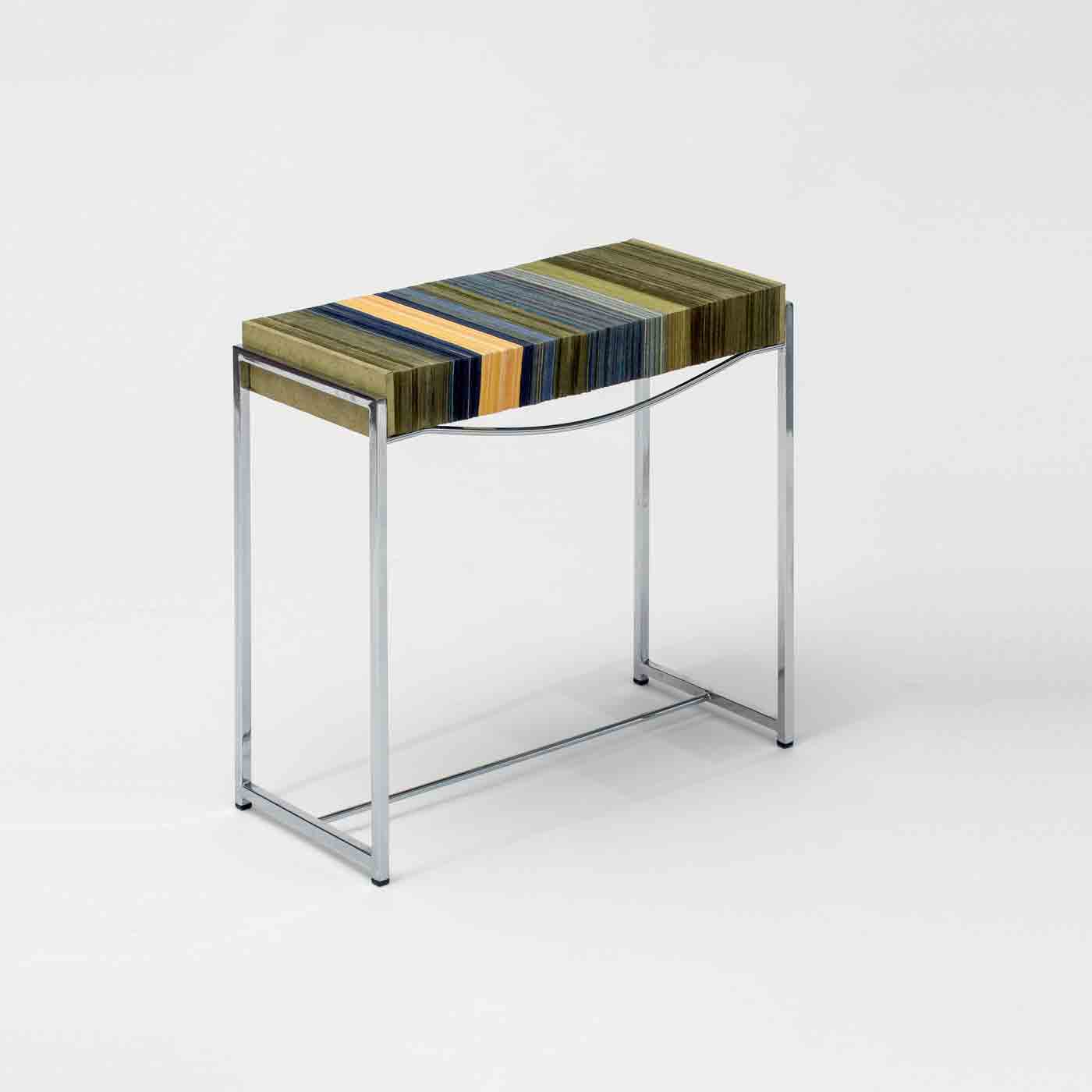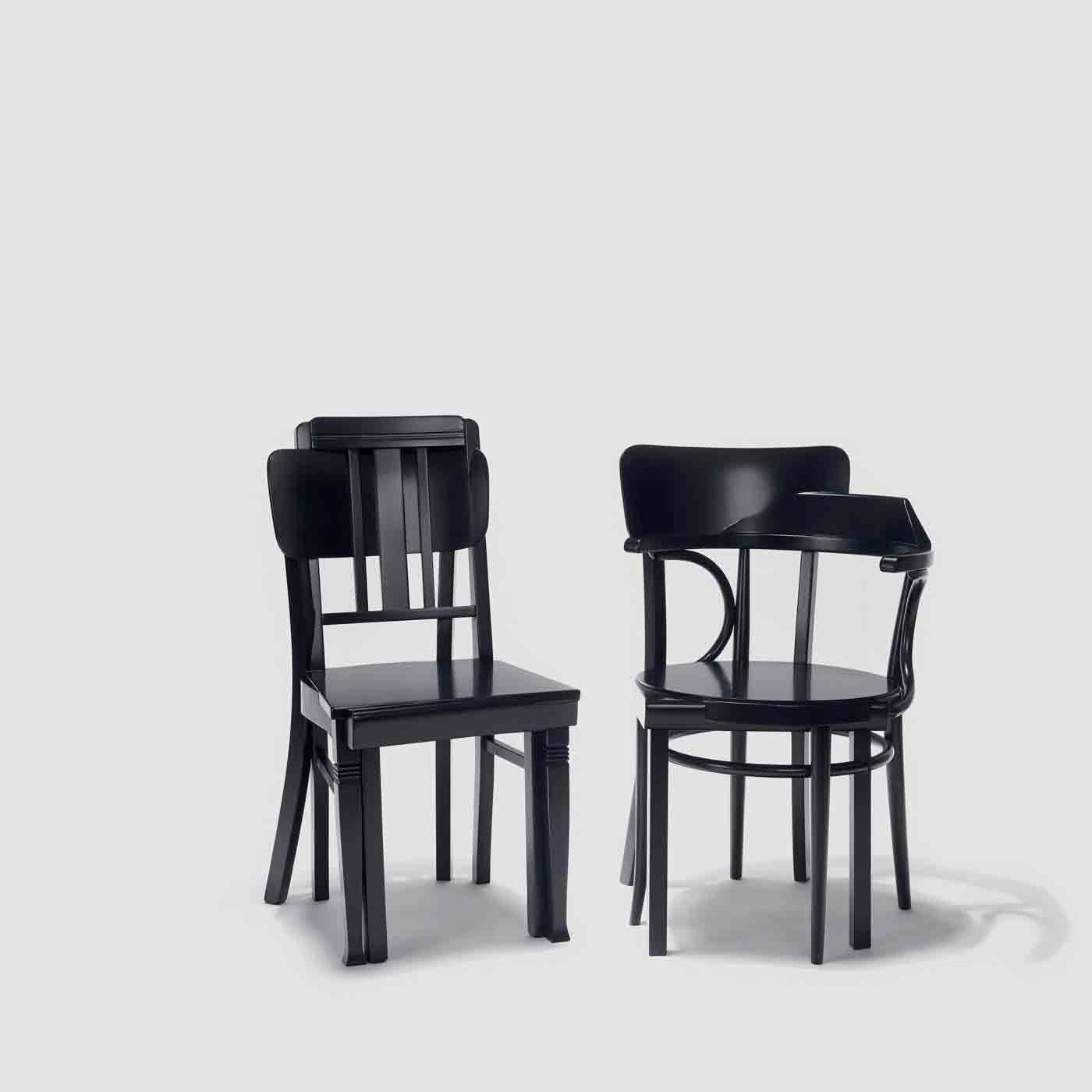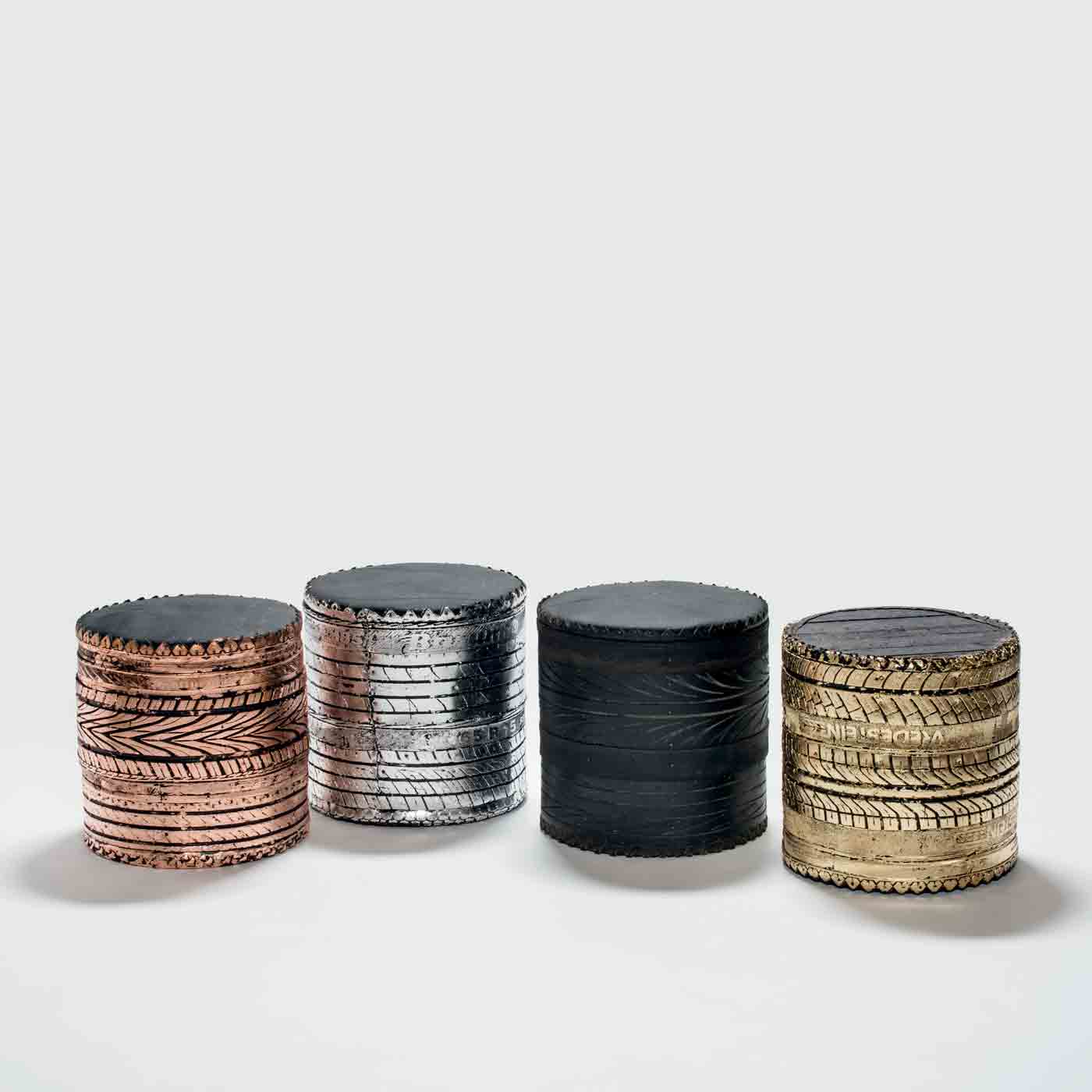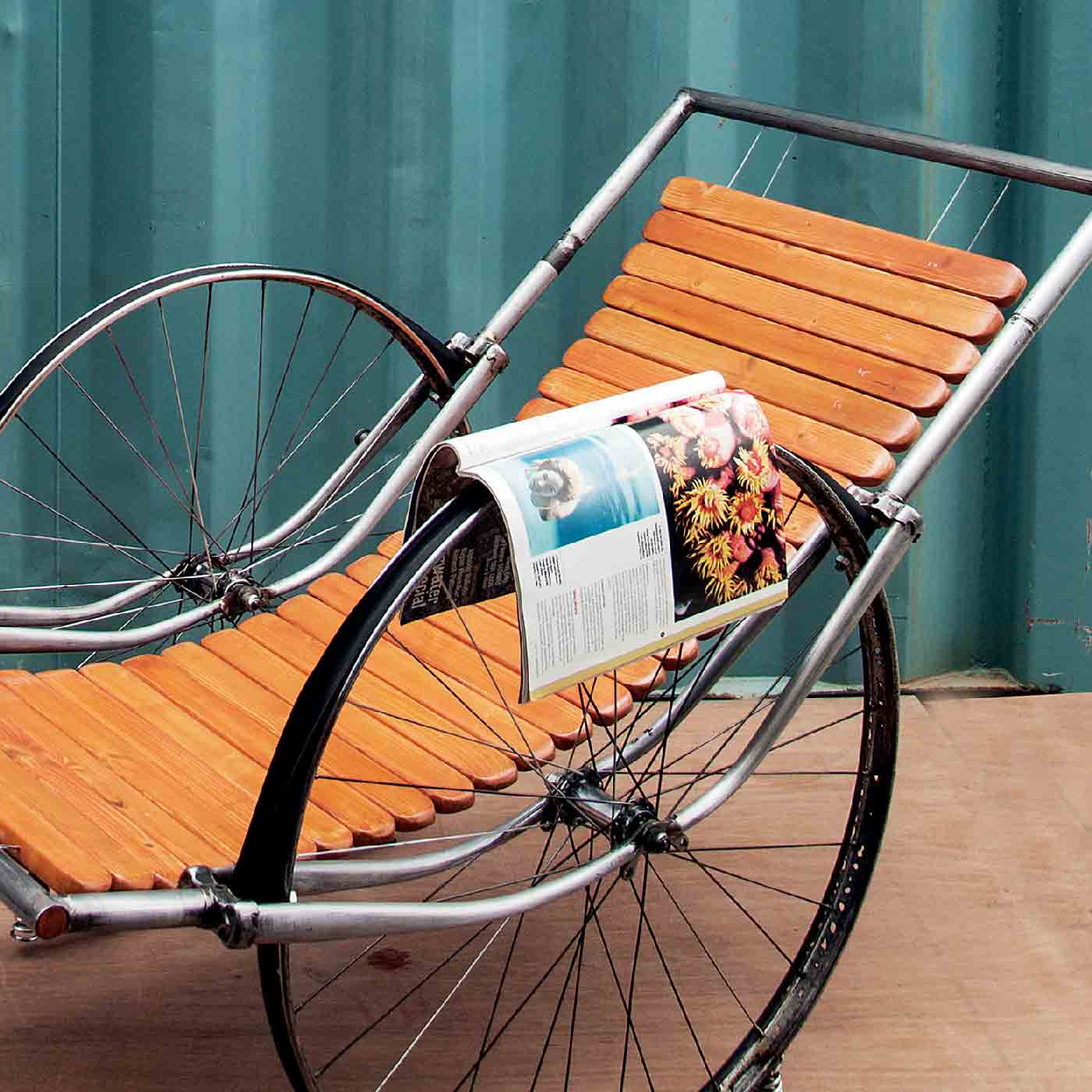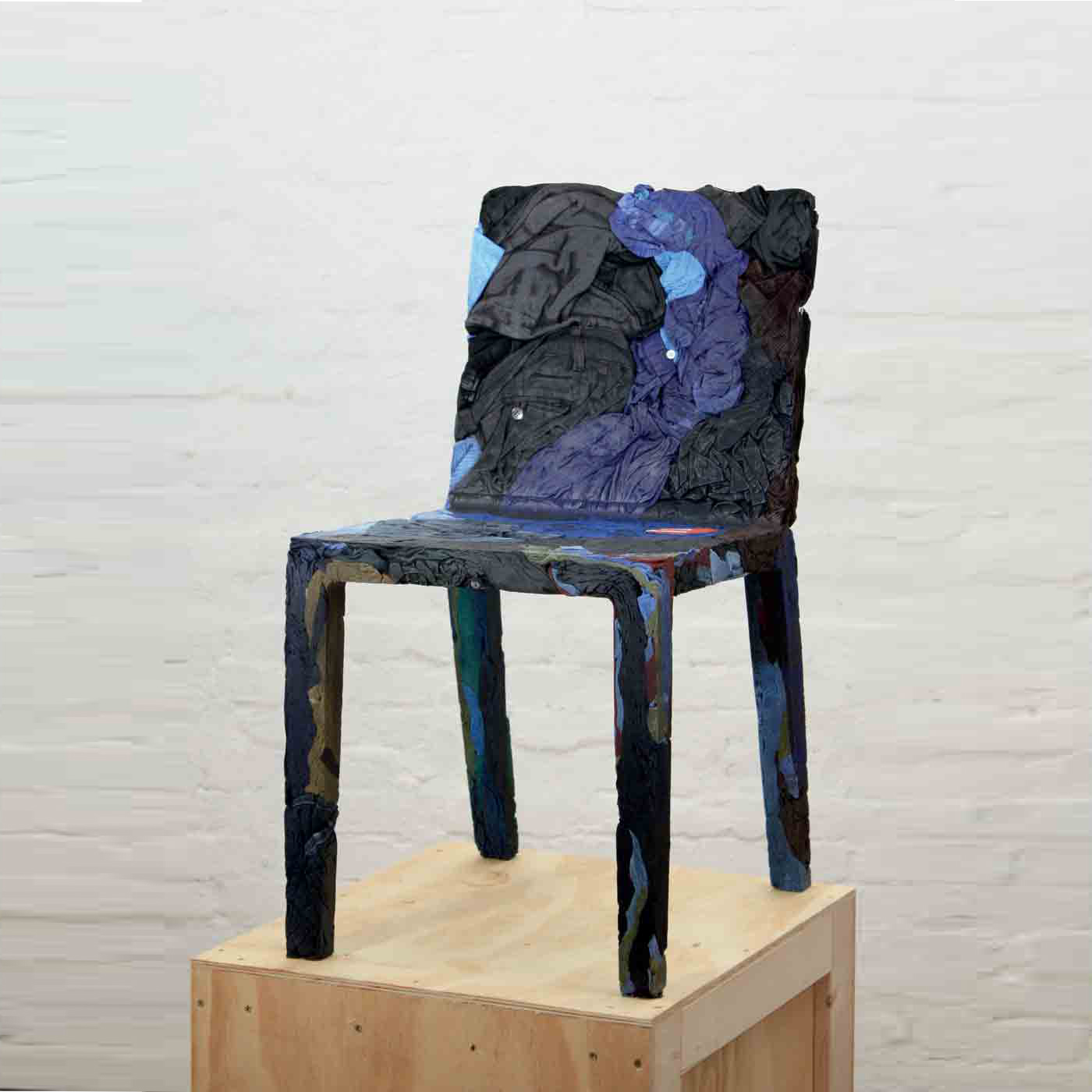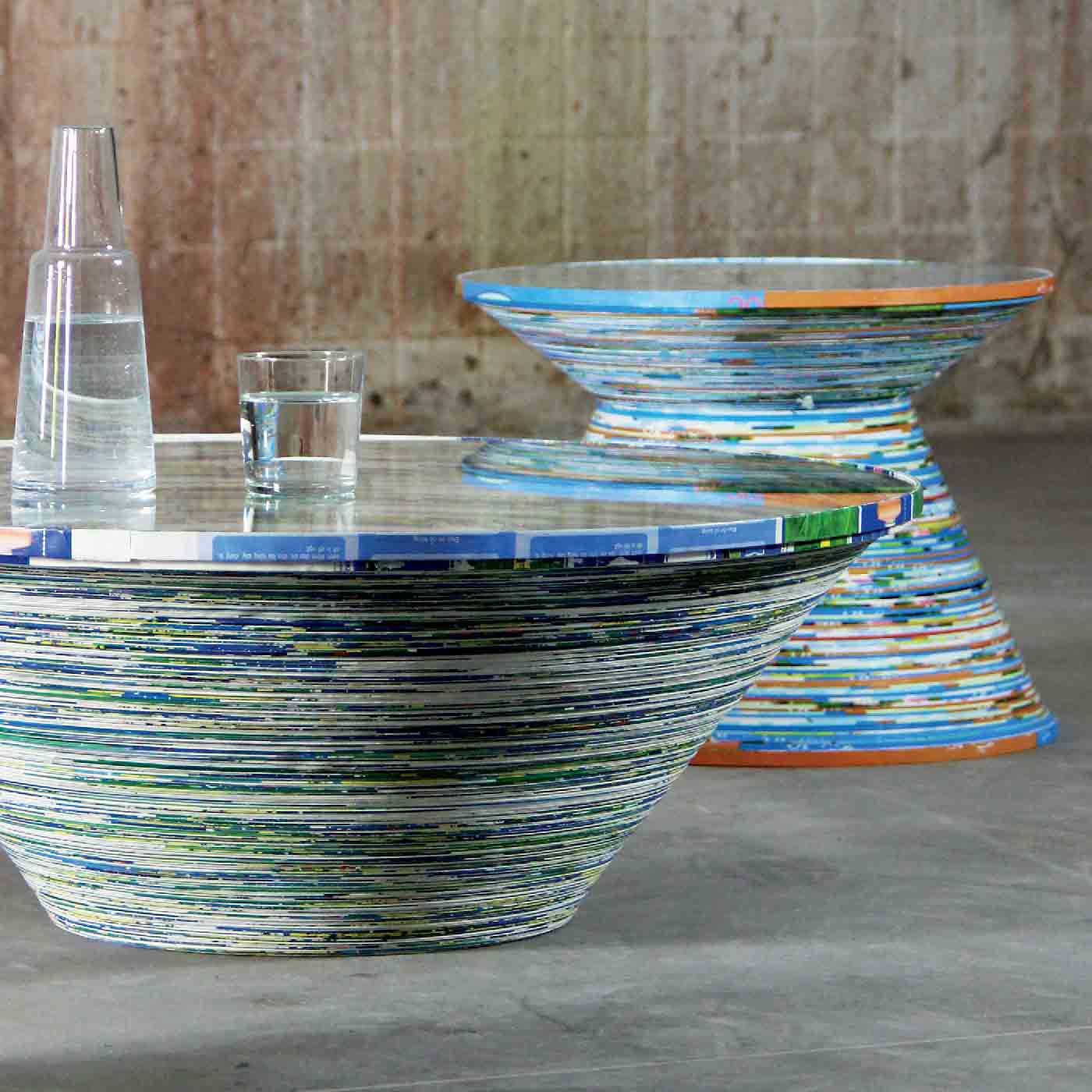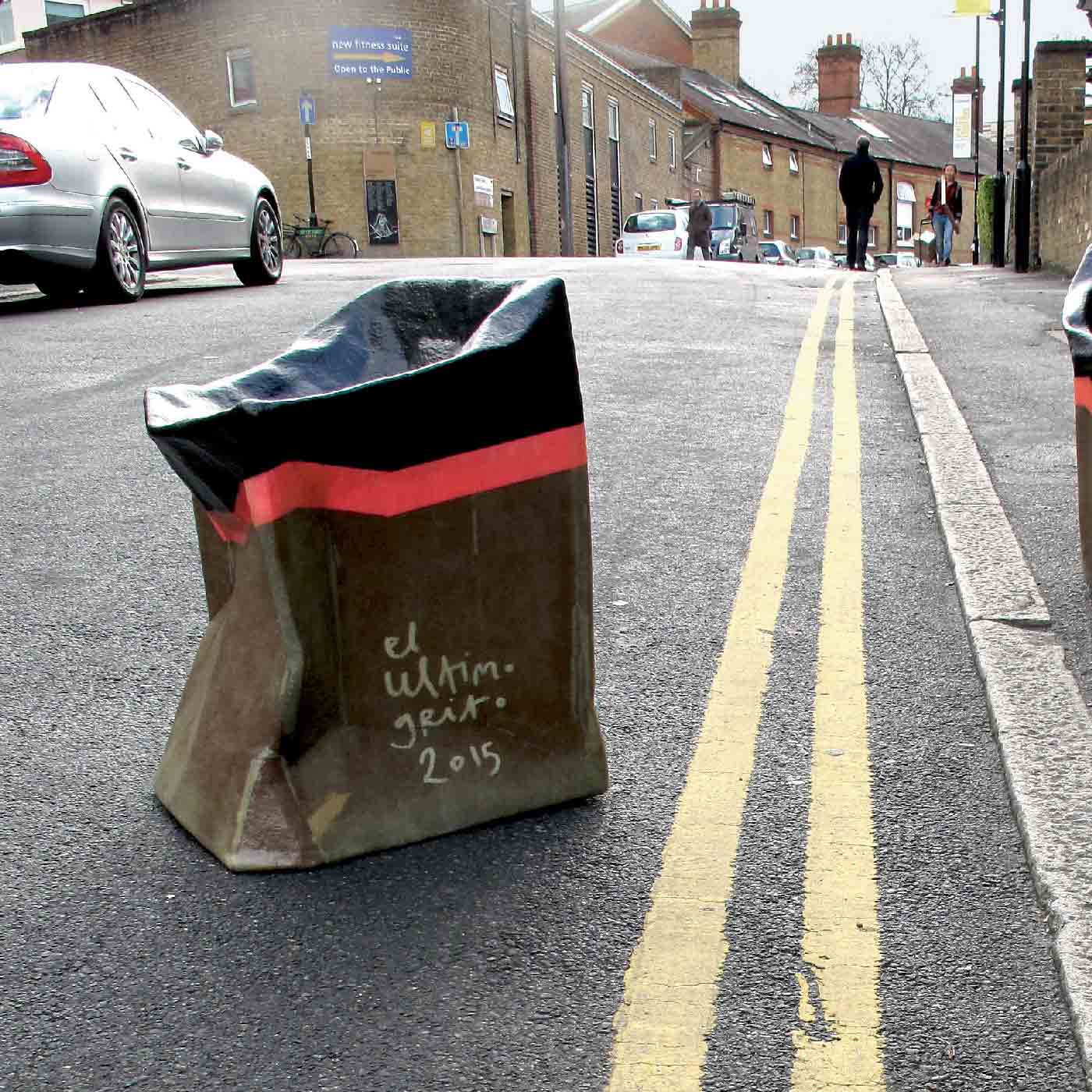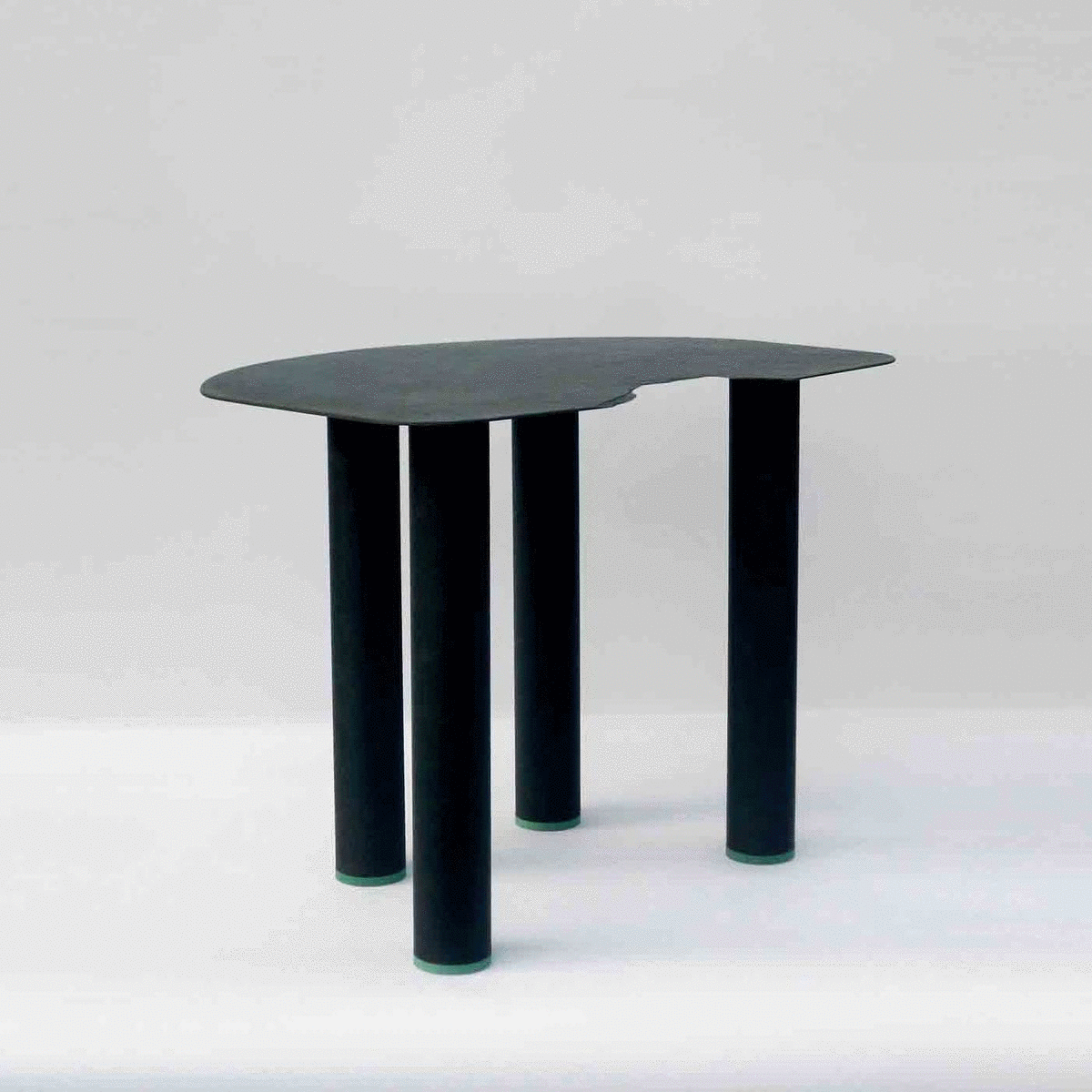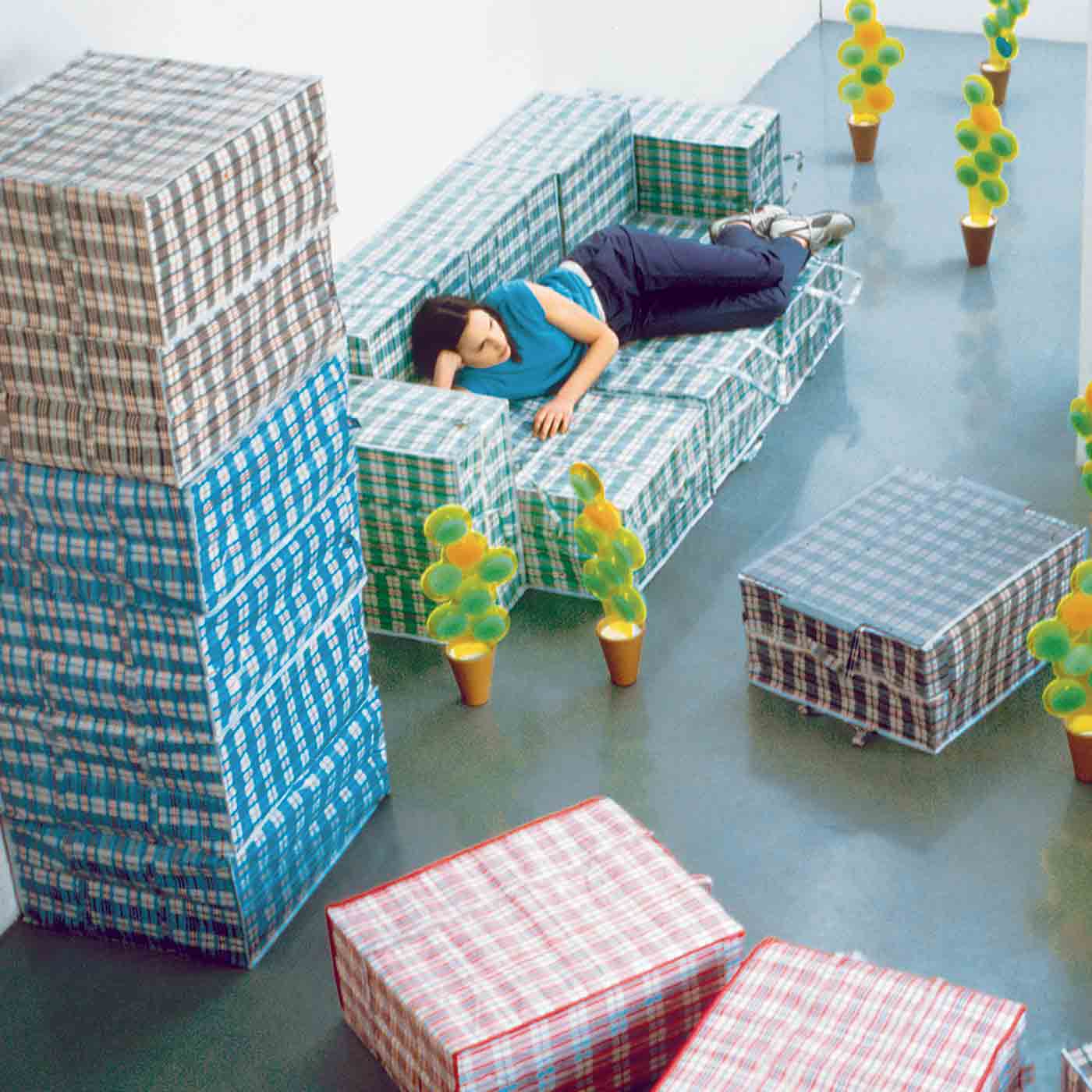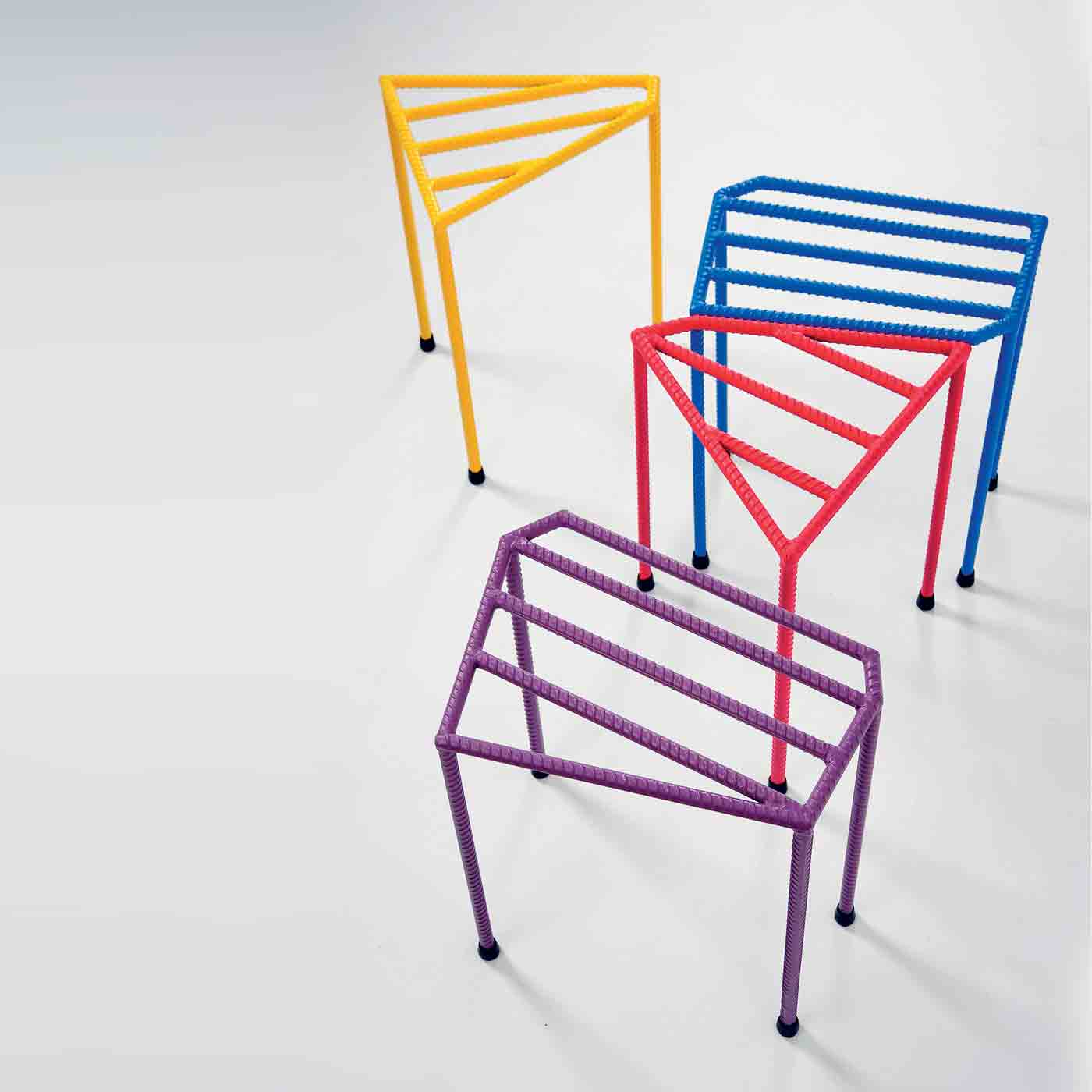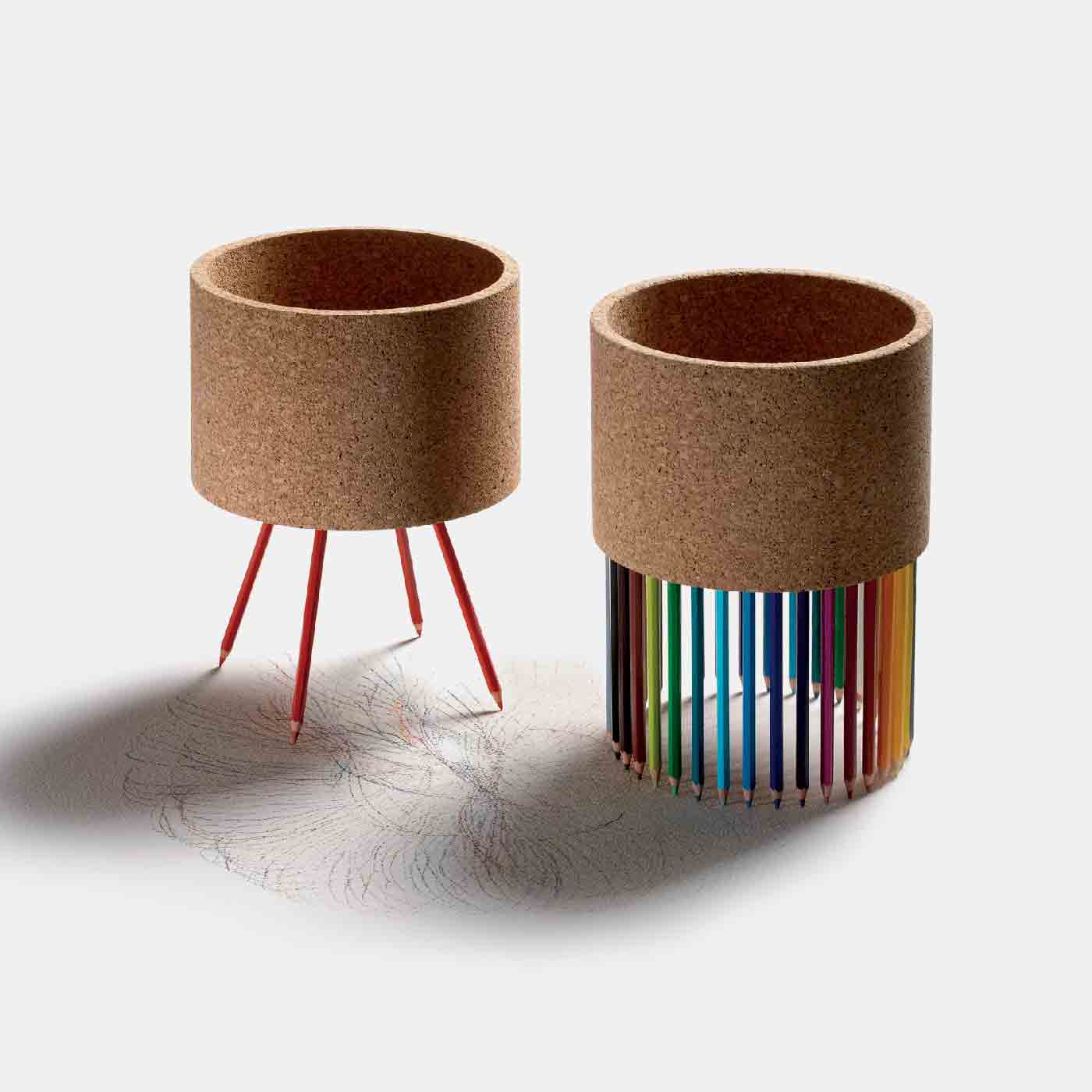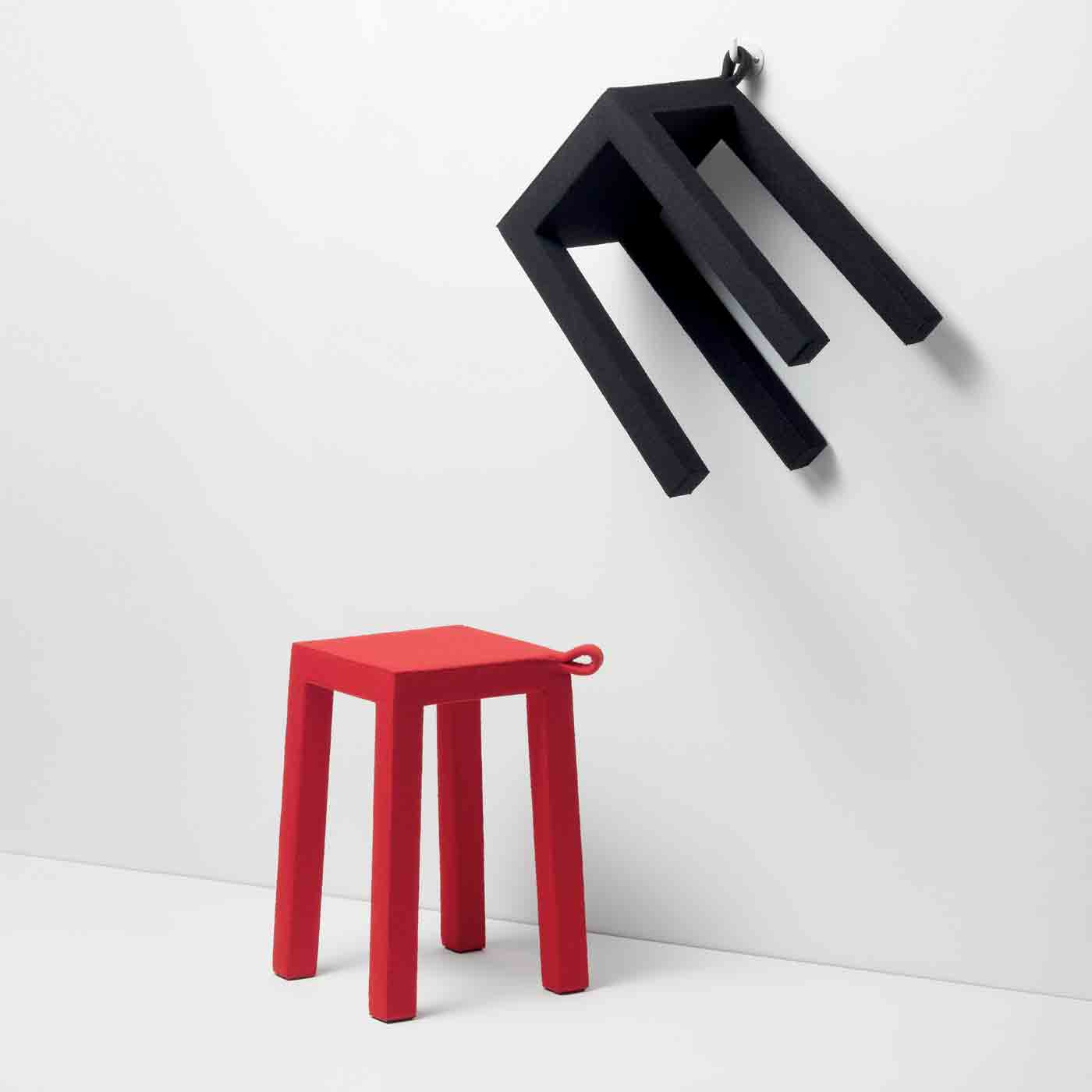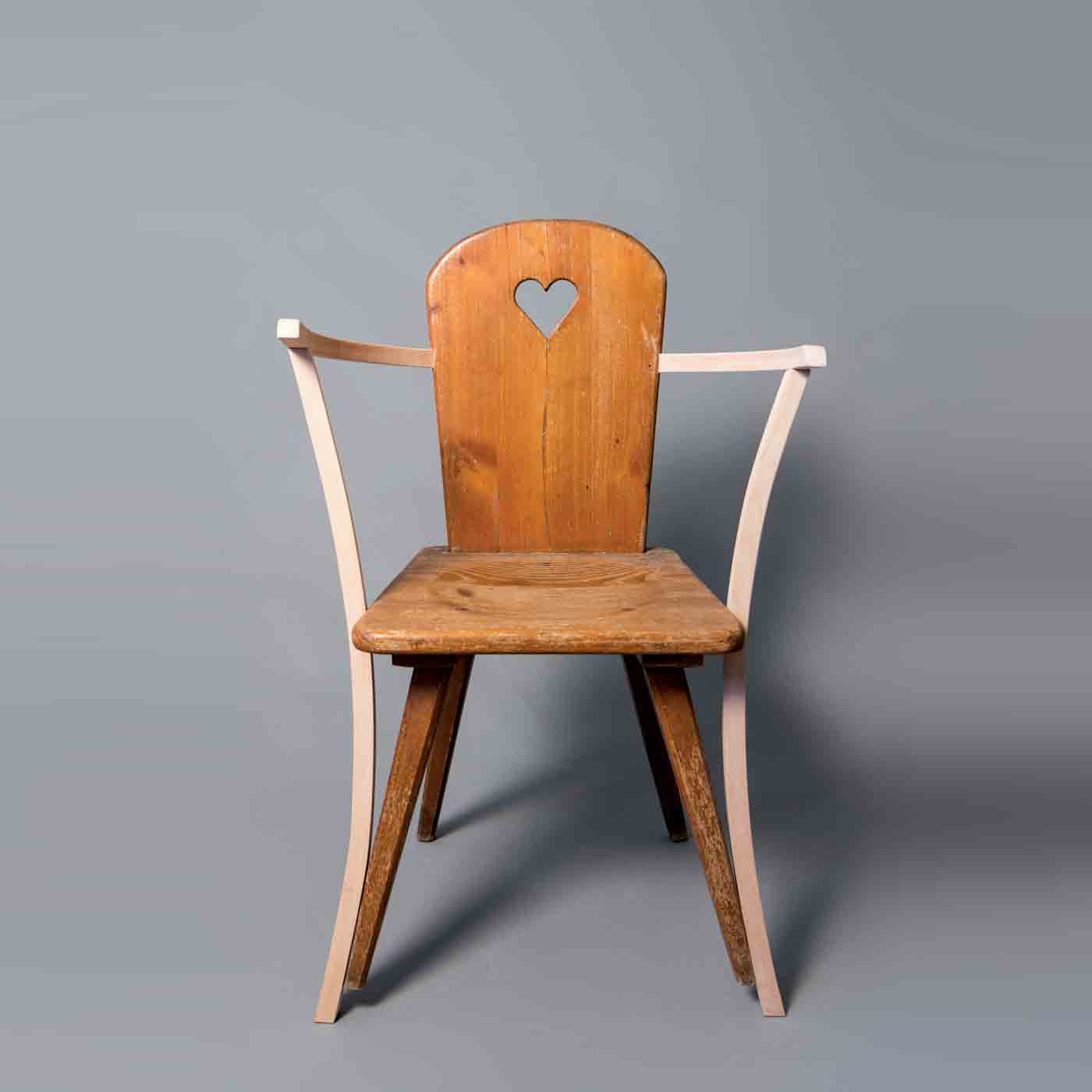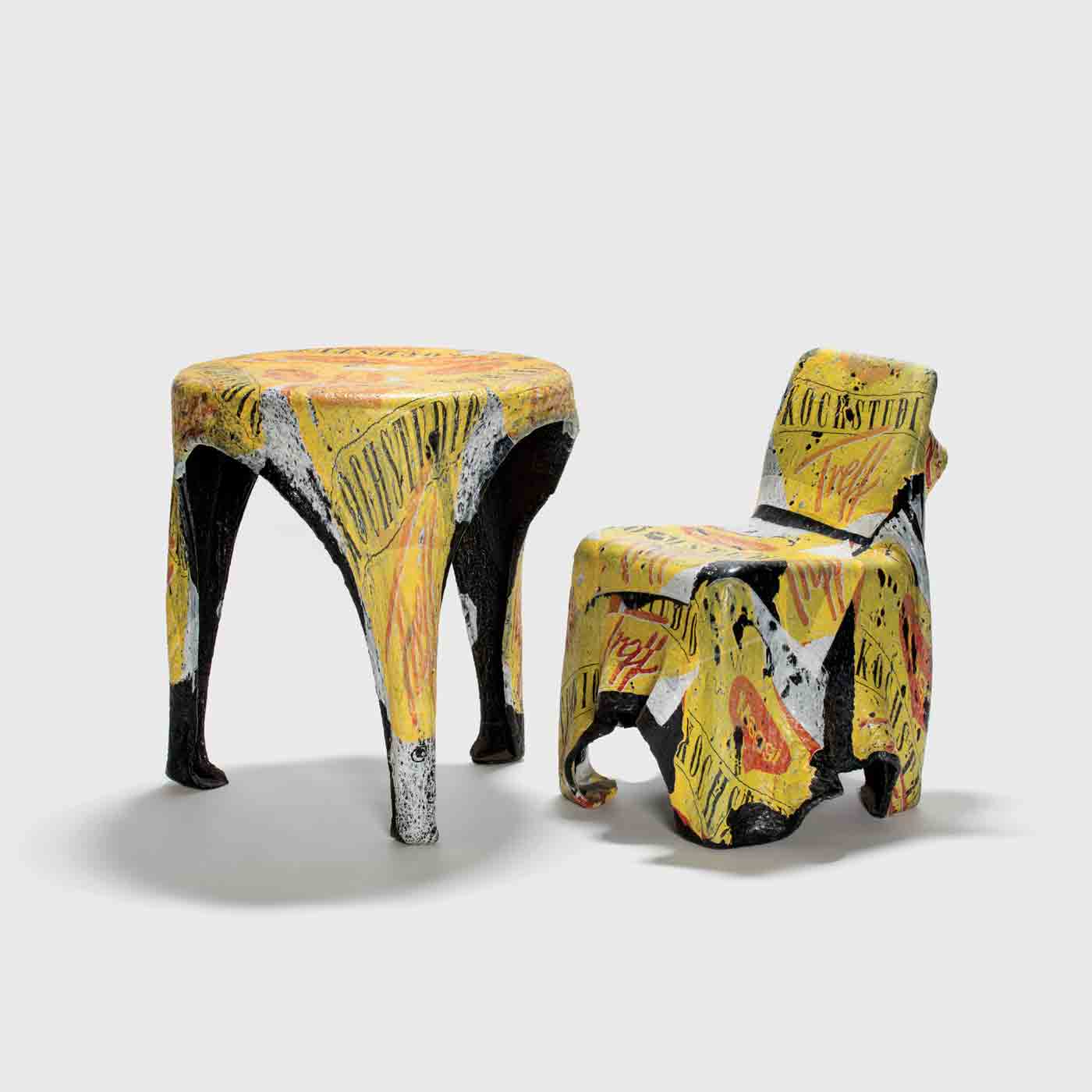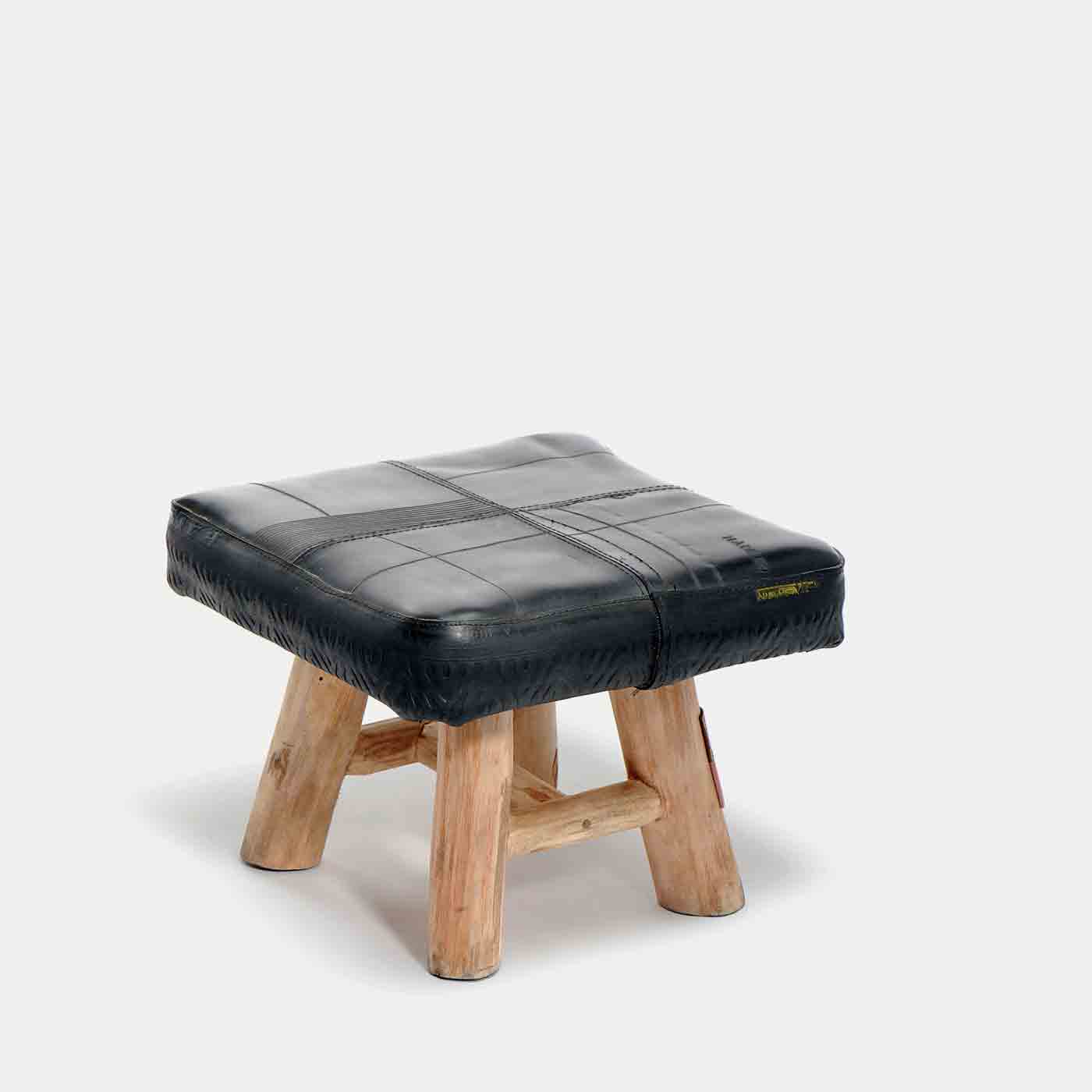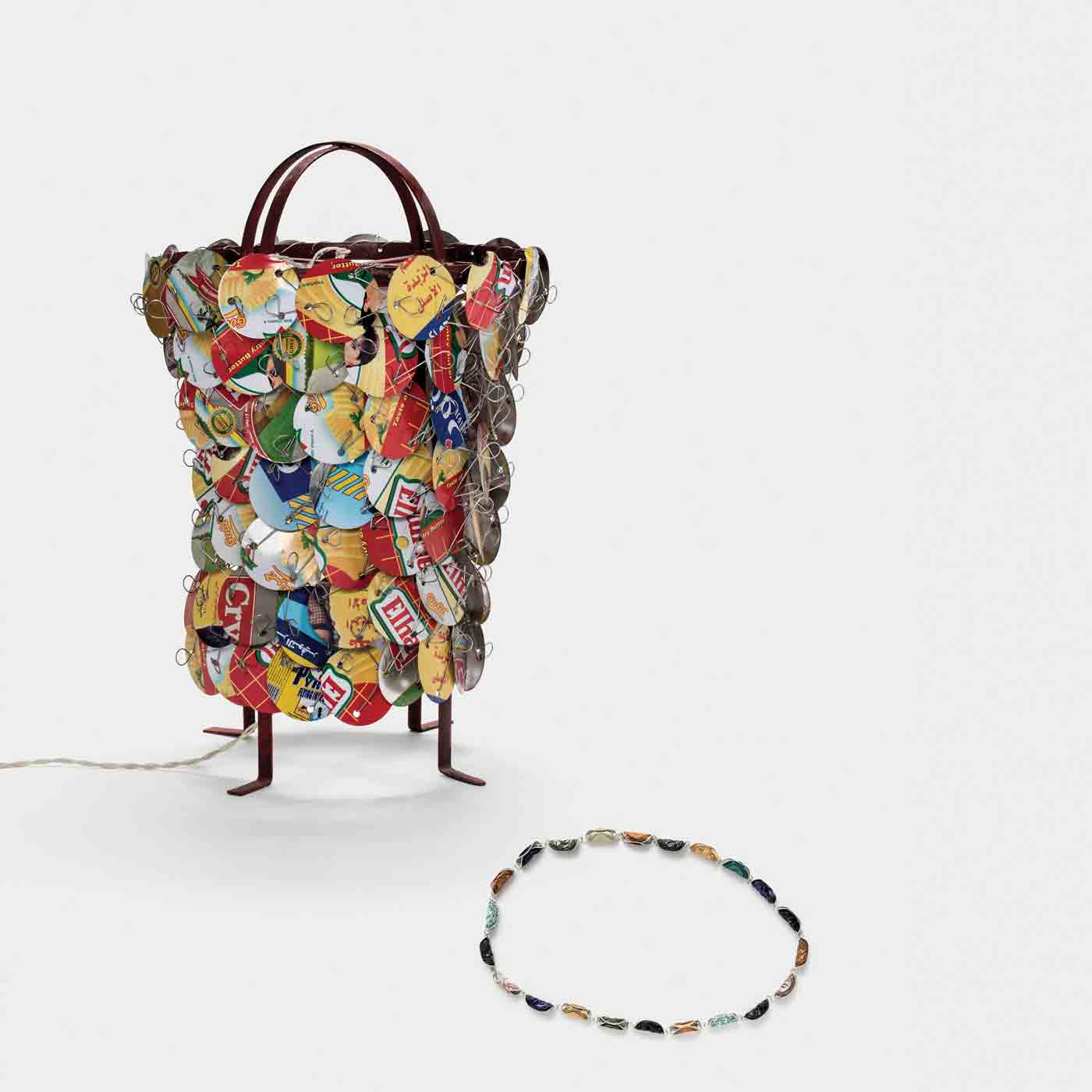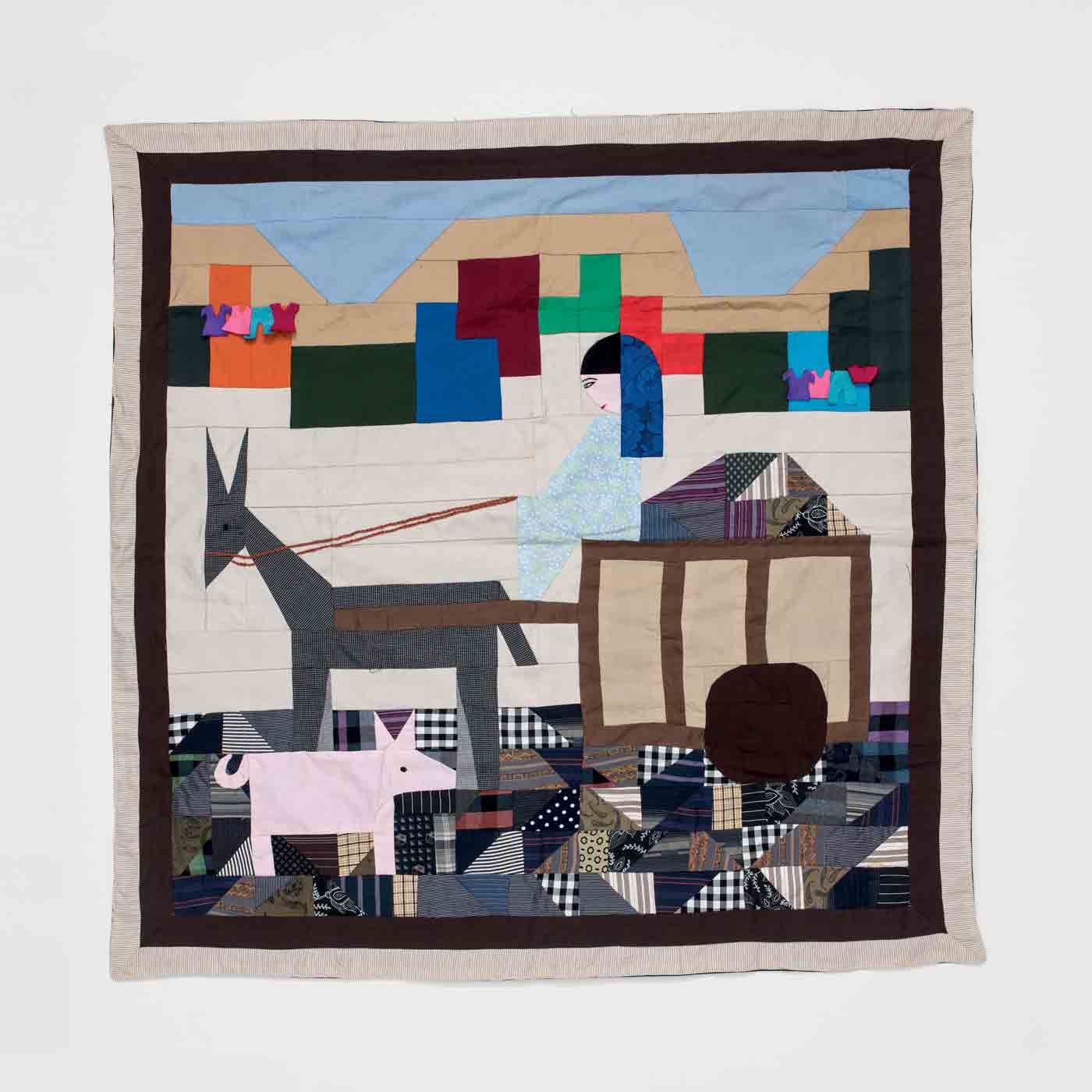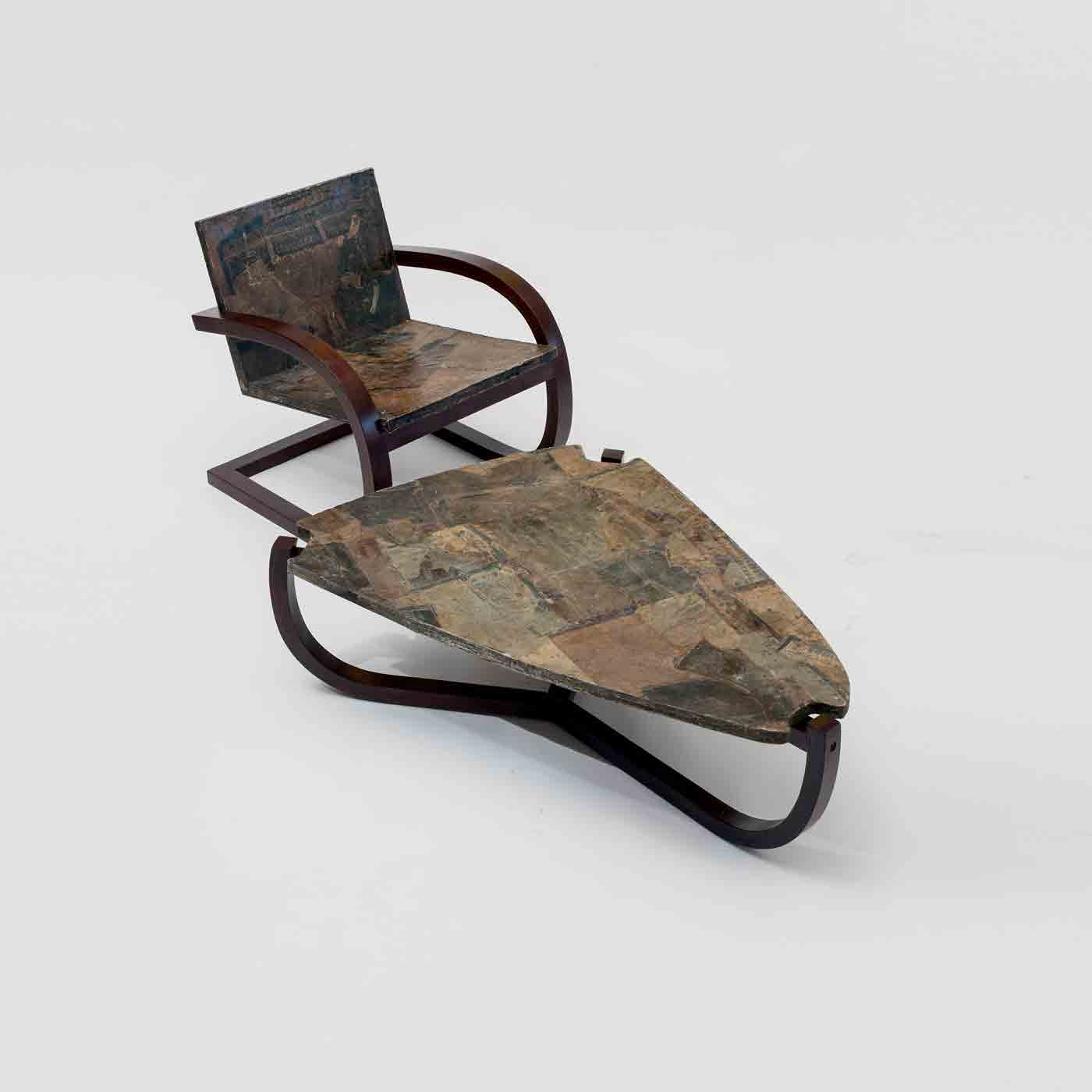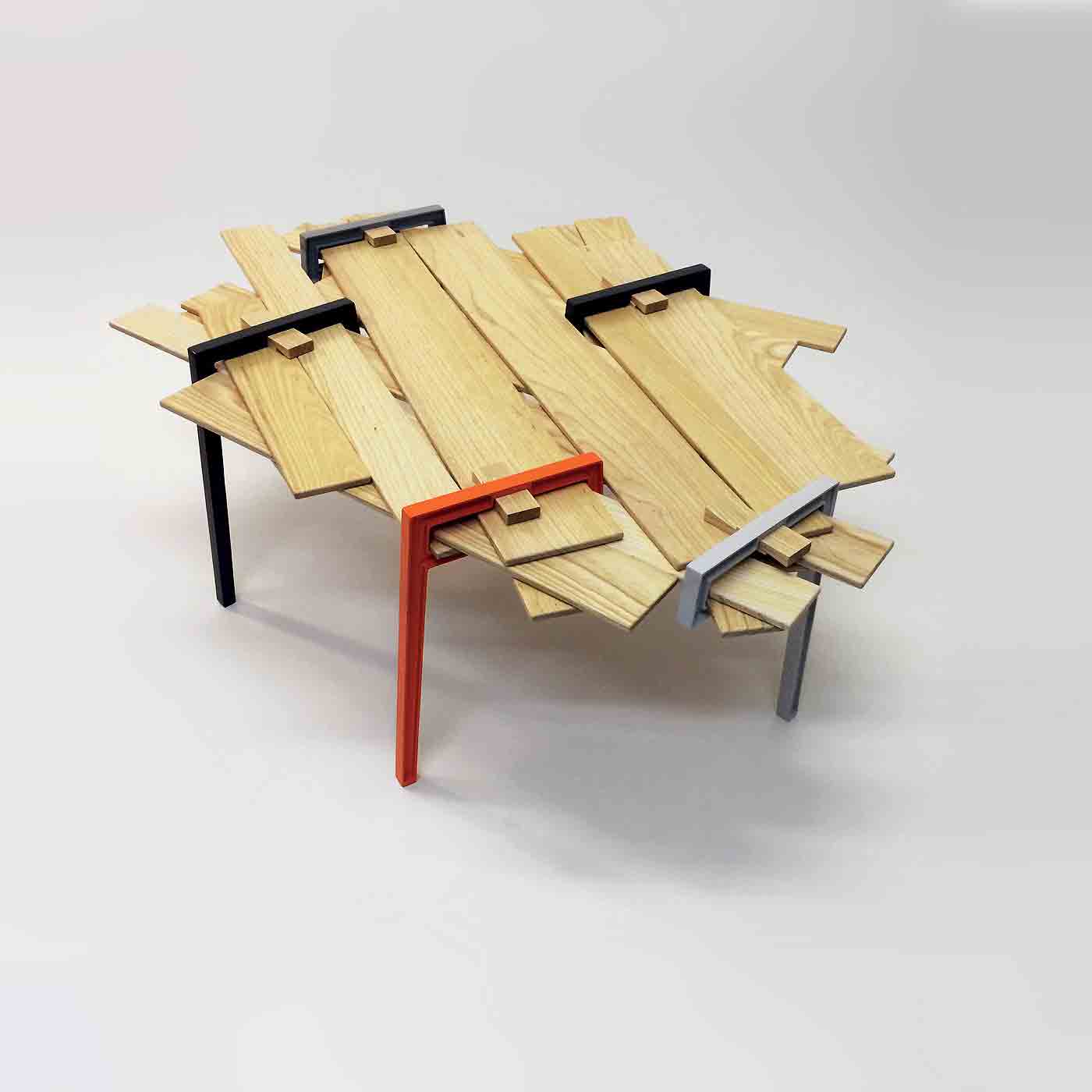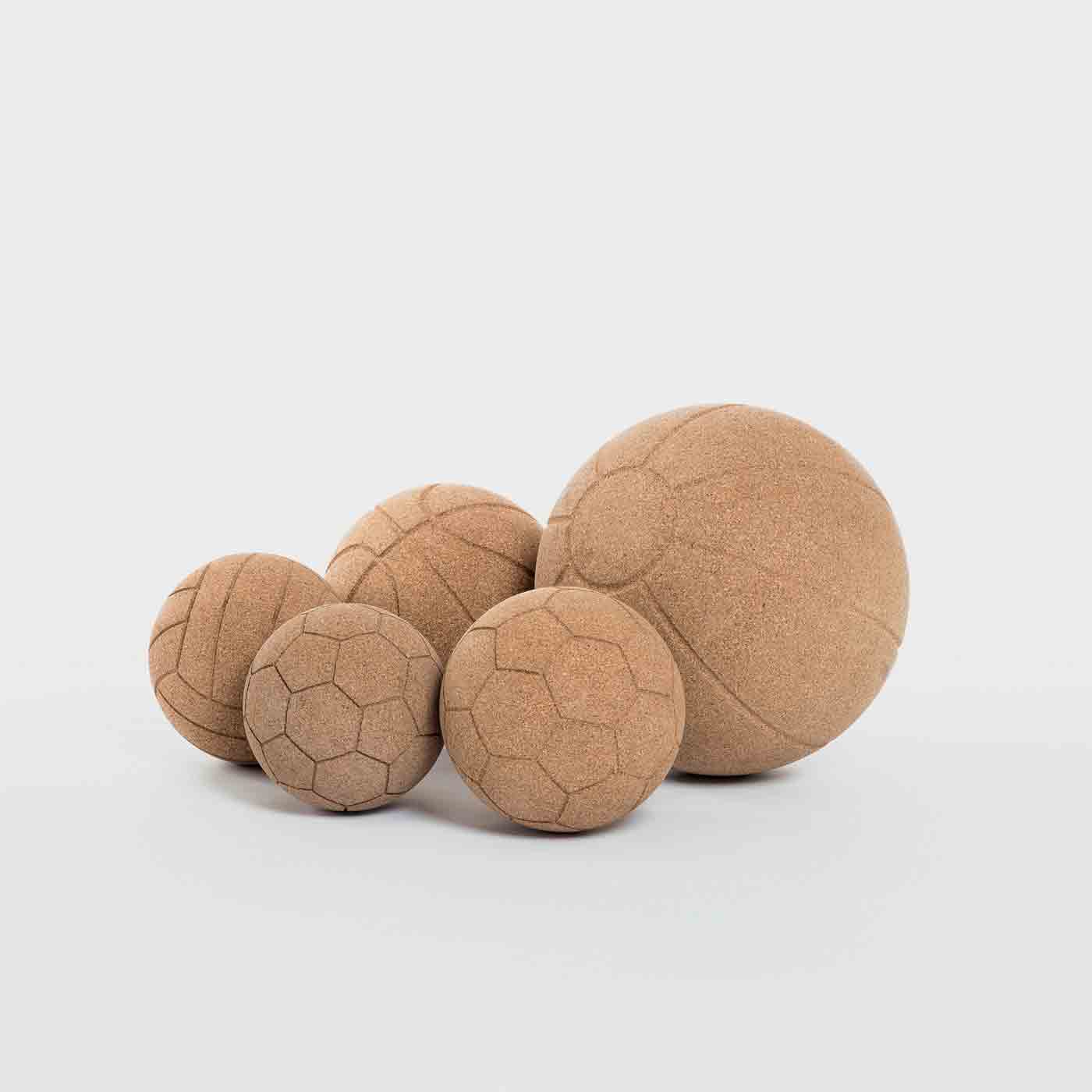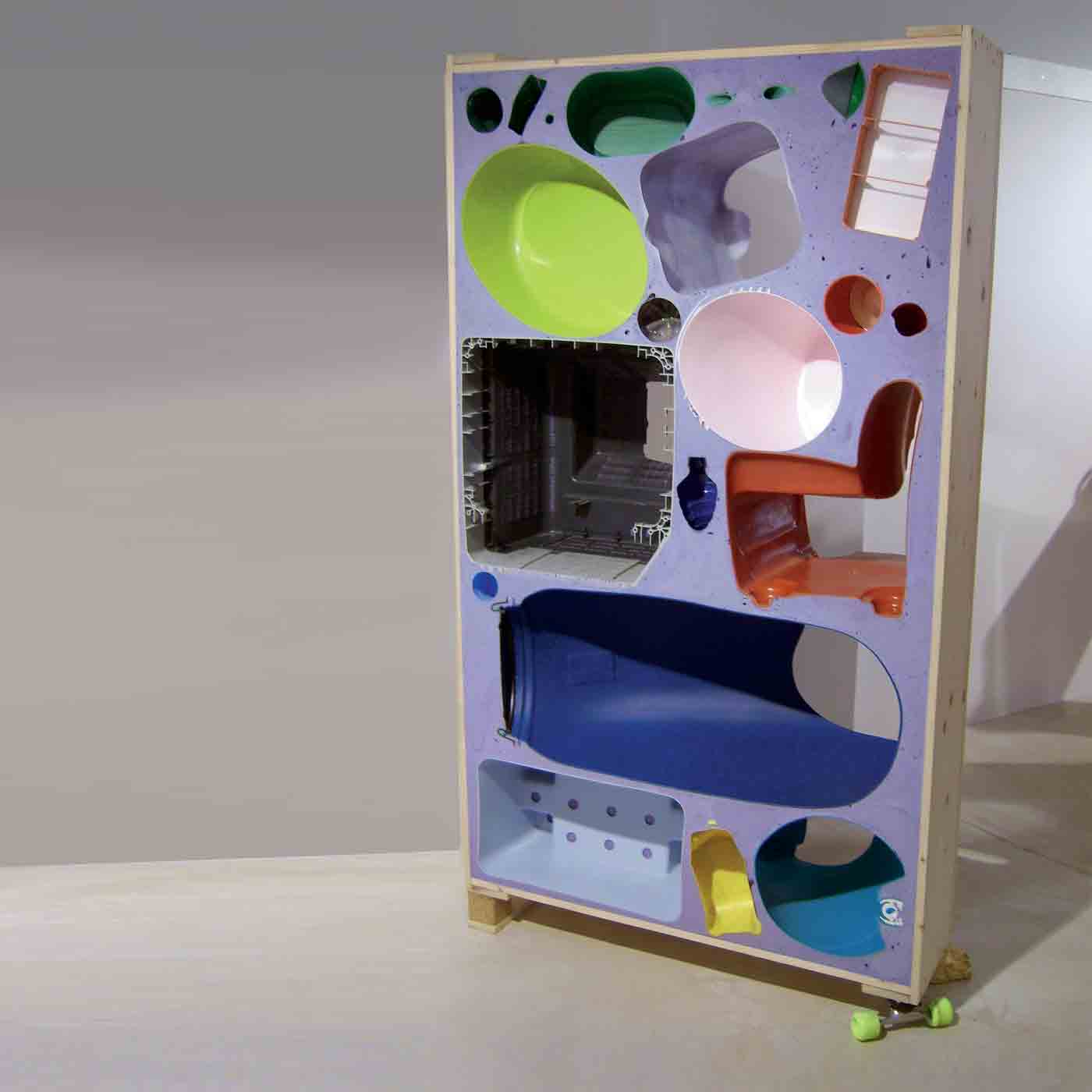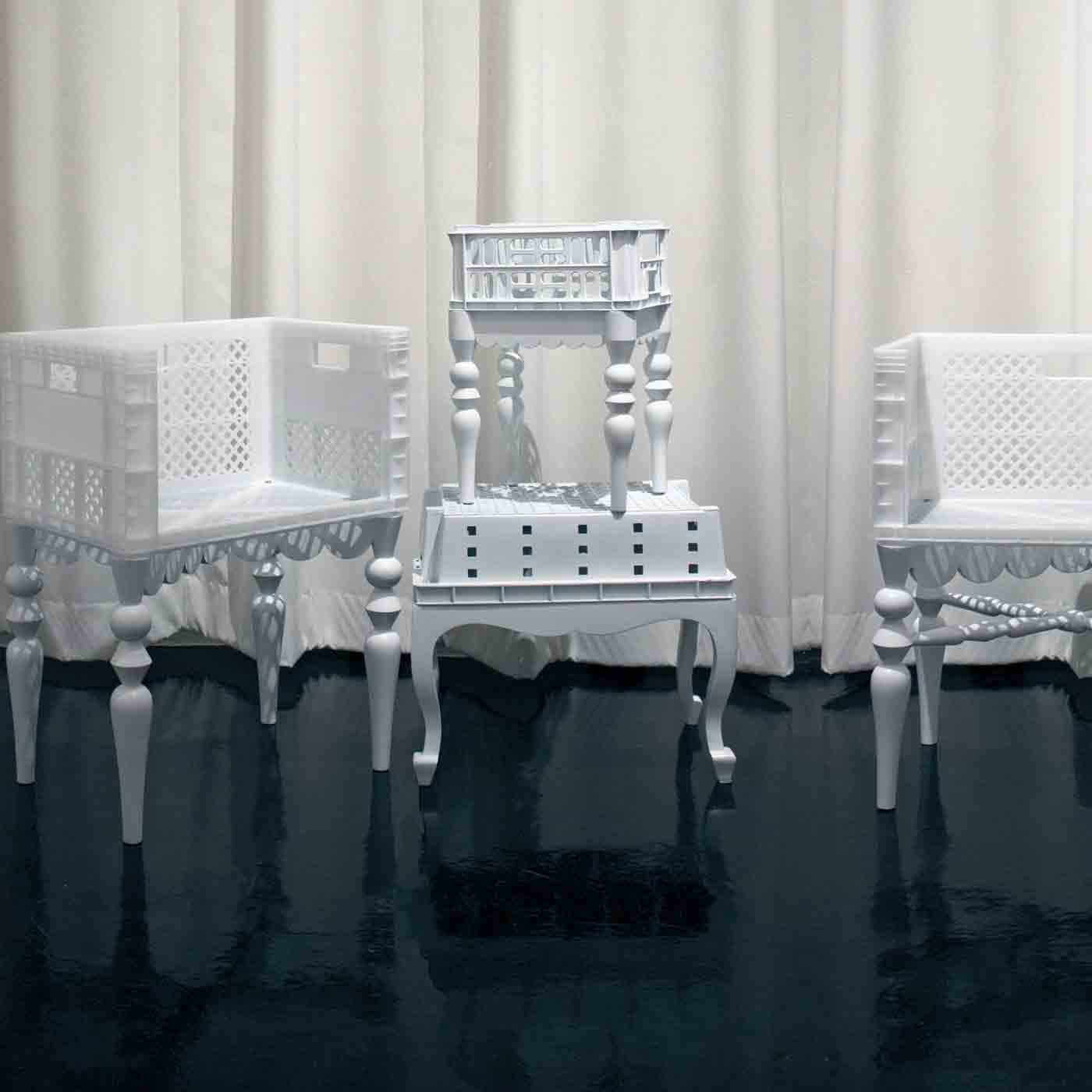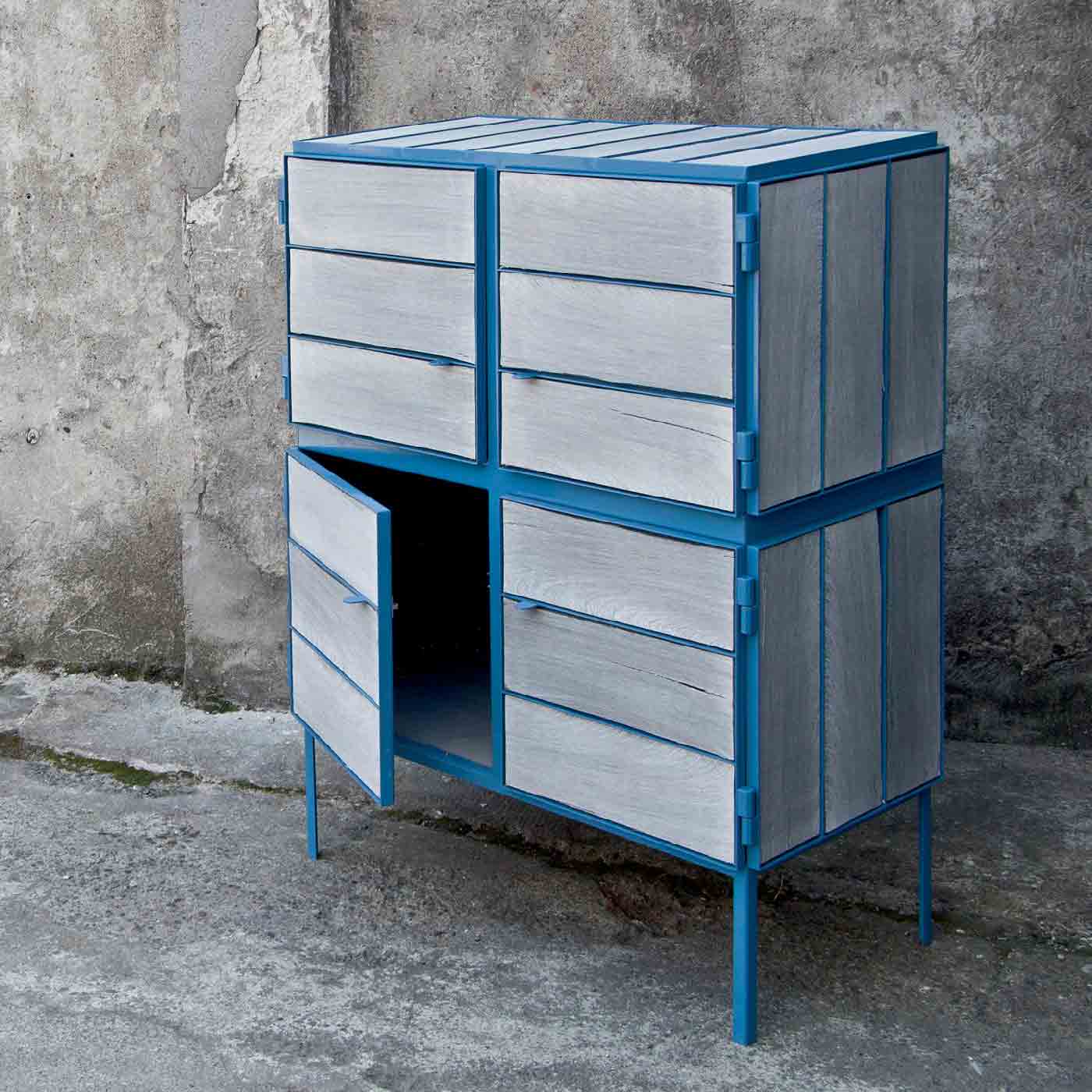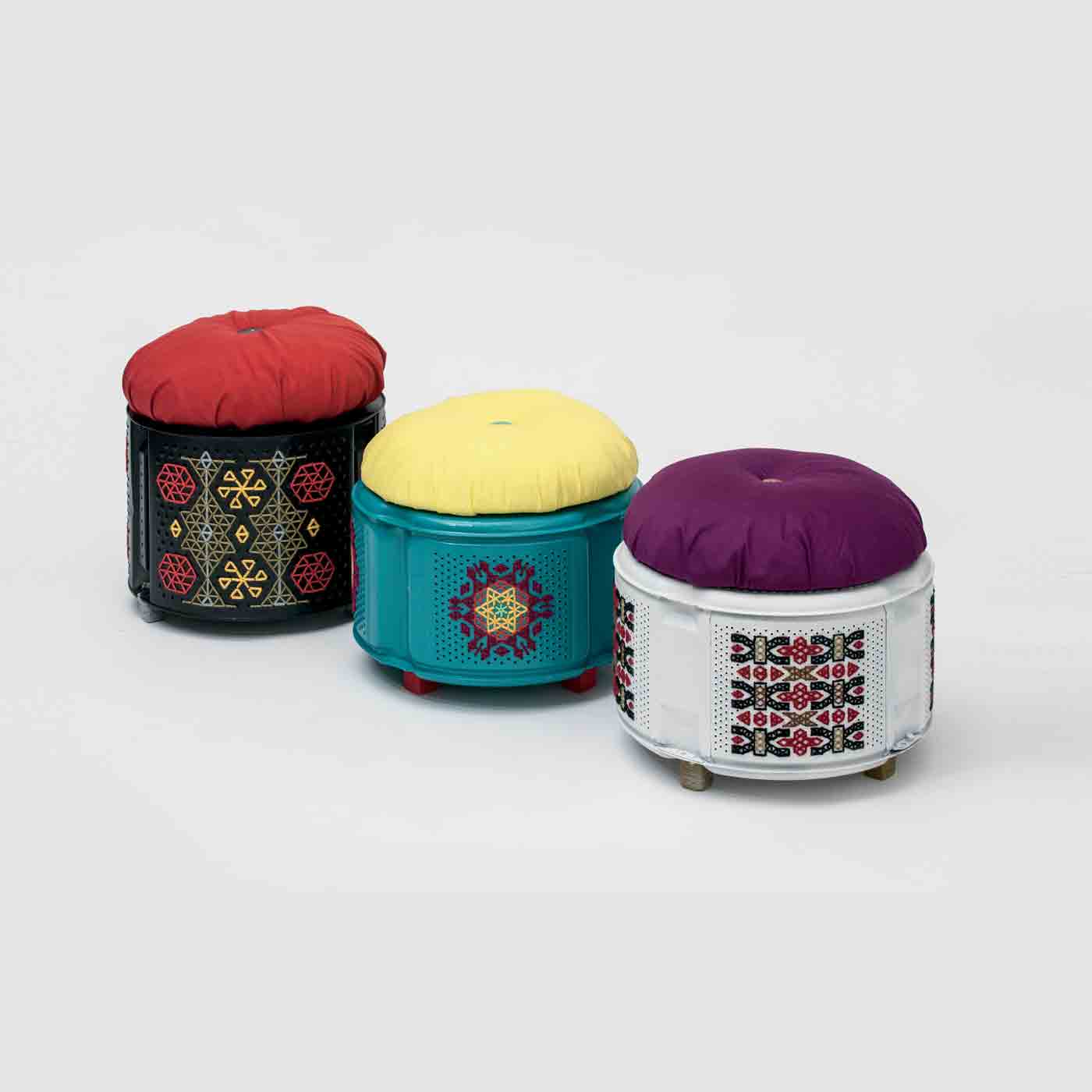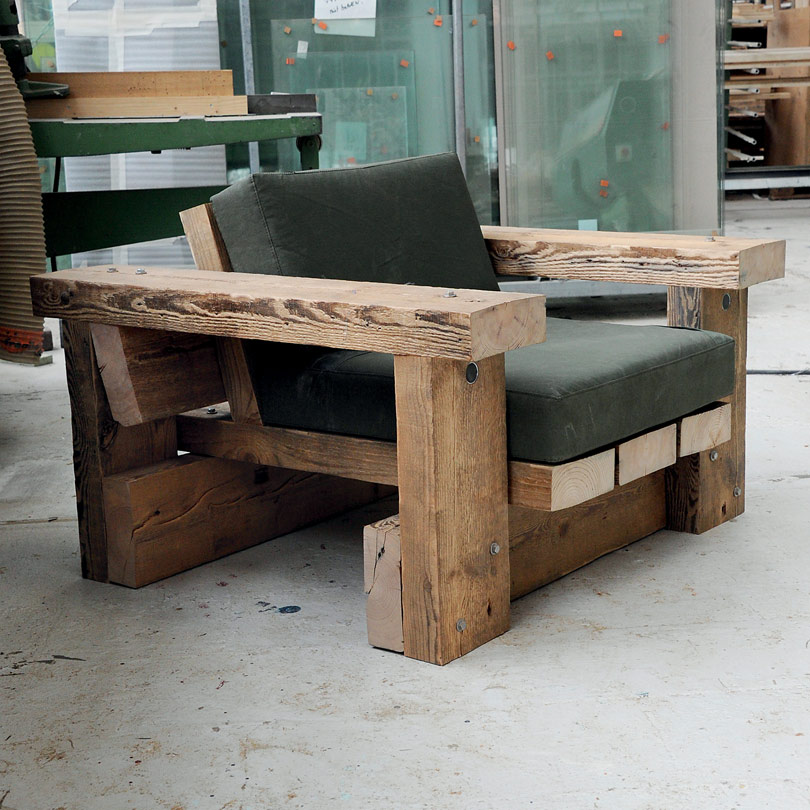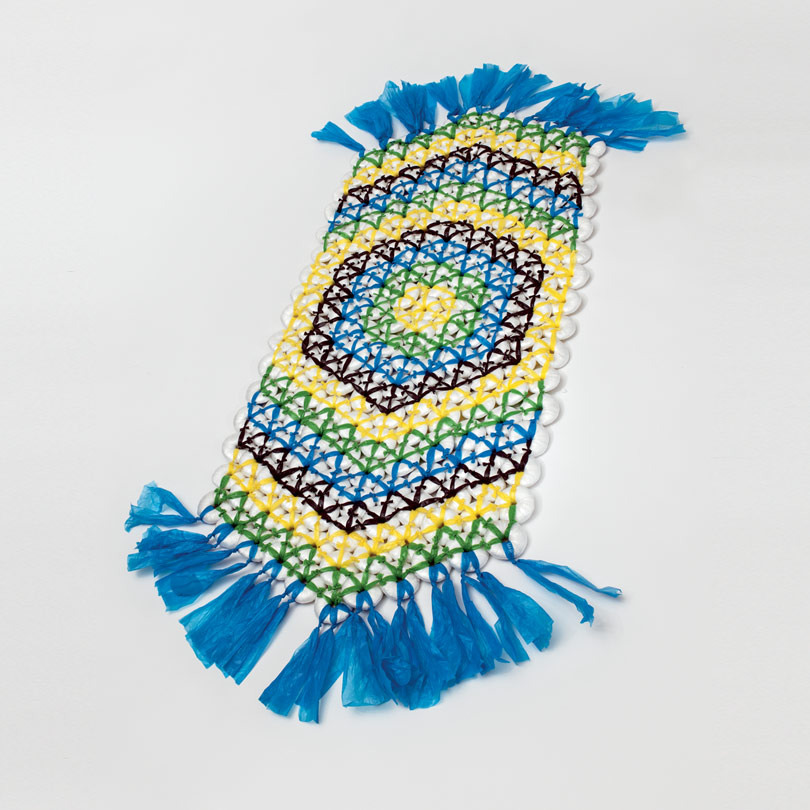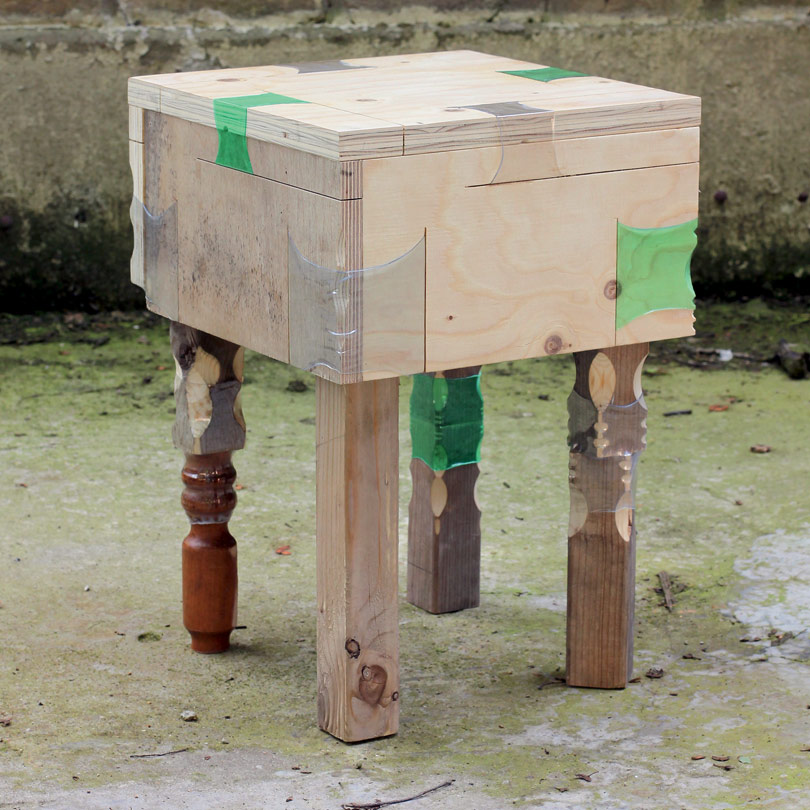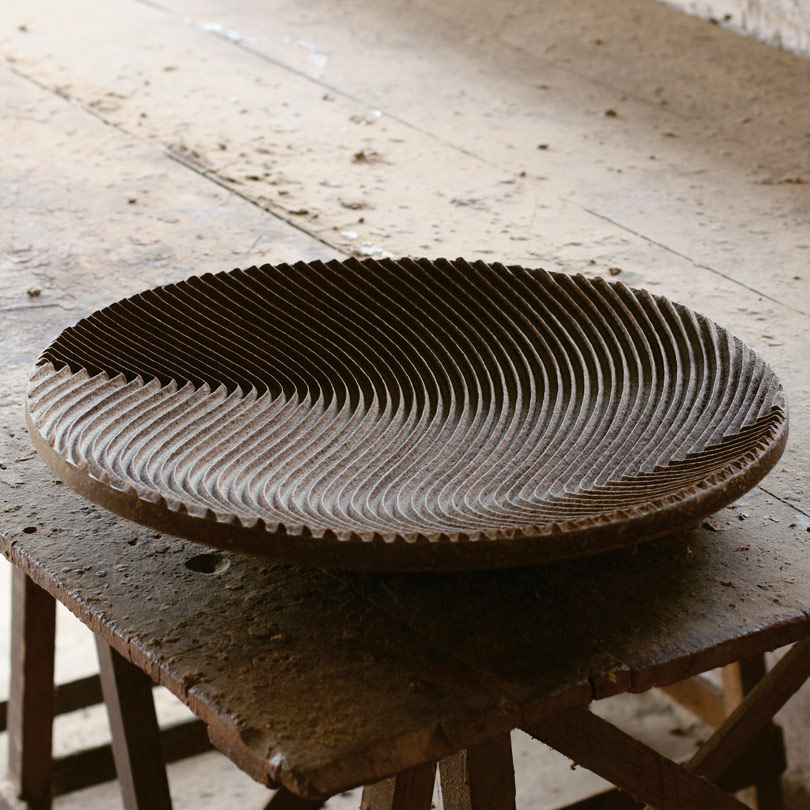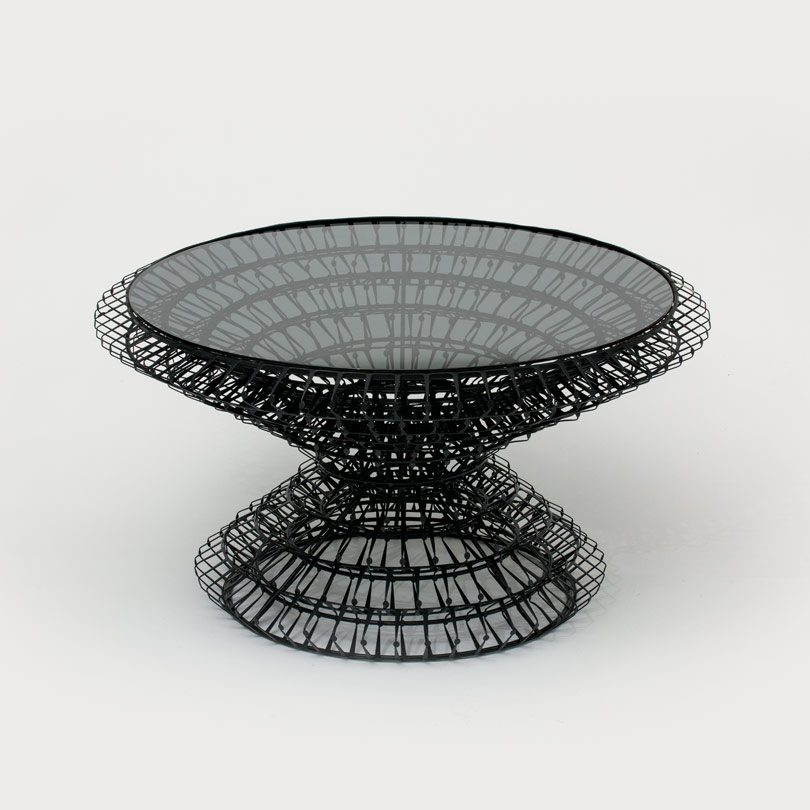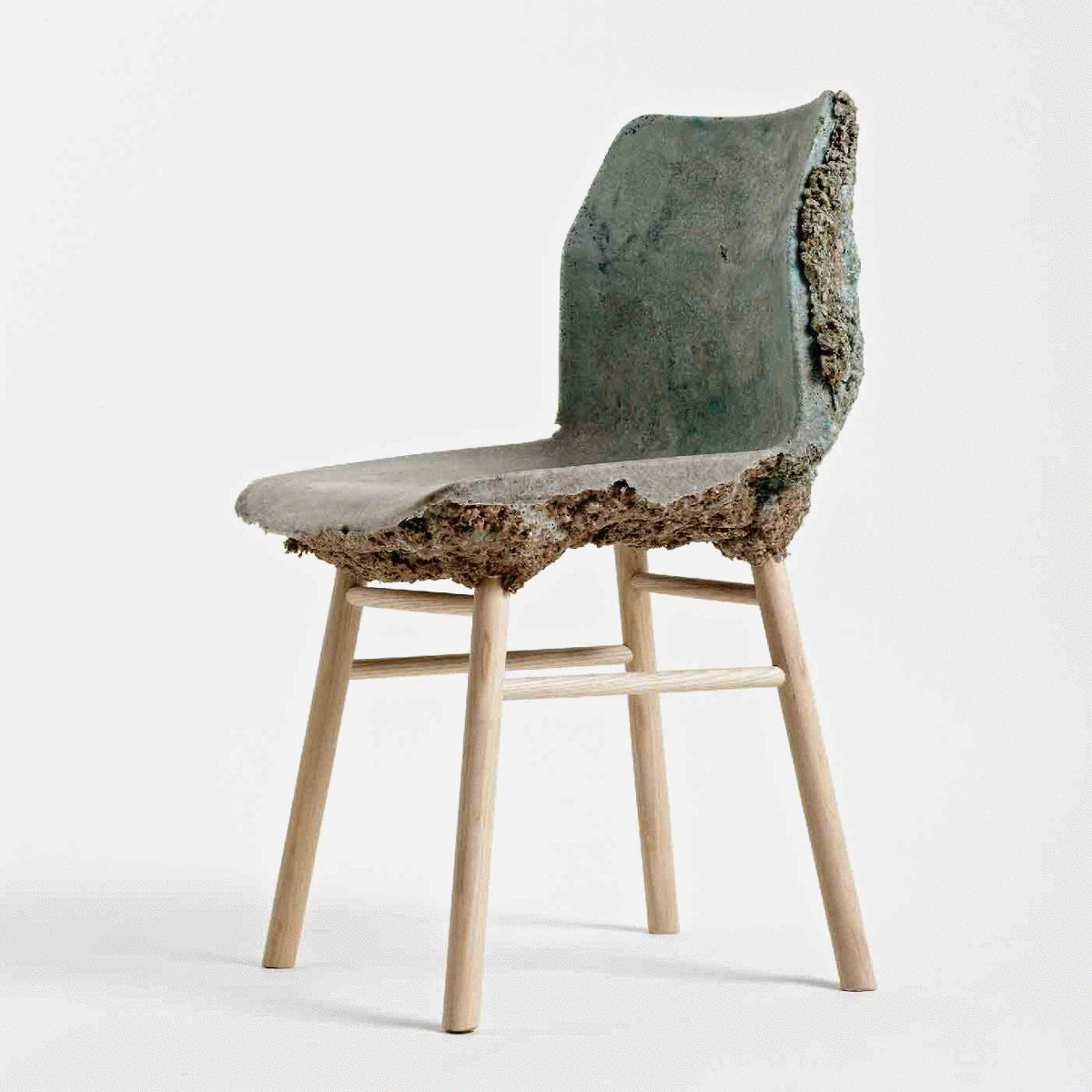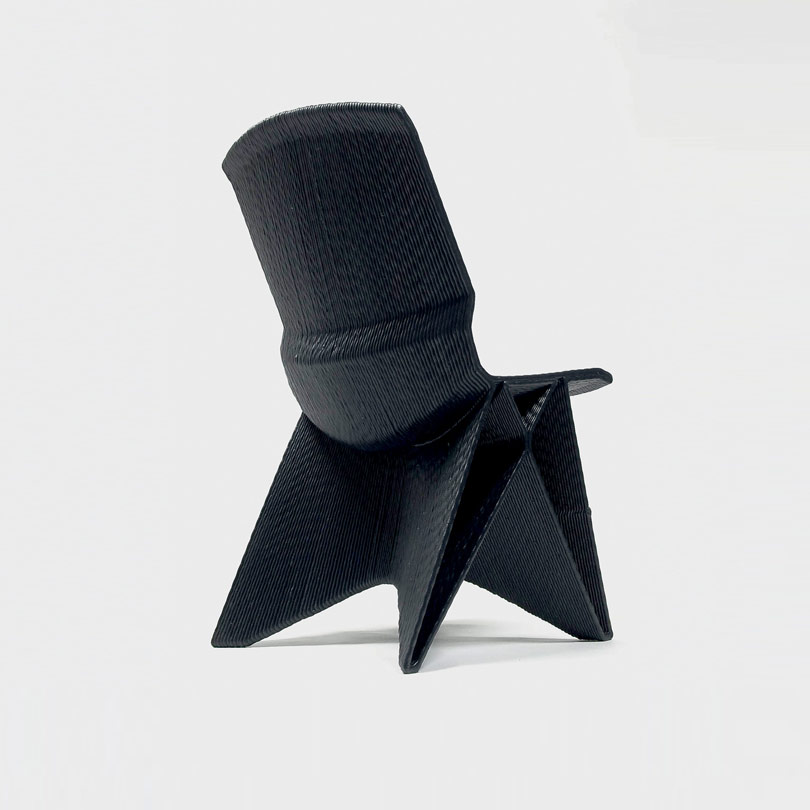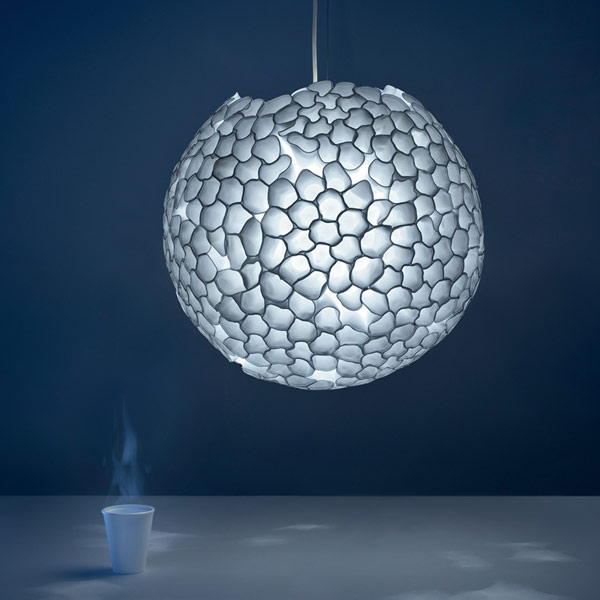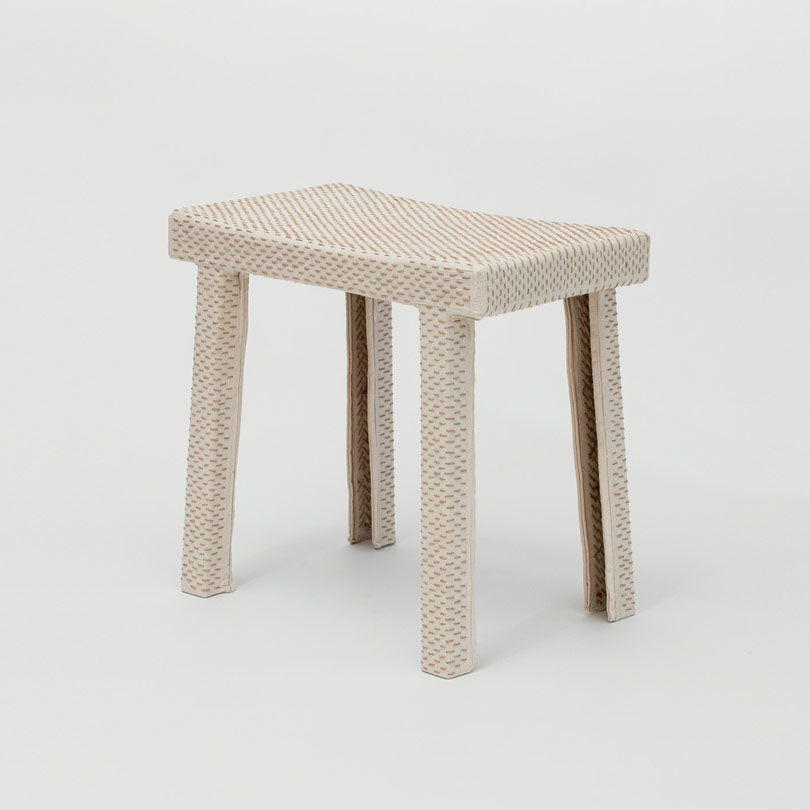CURATORS ESSAY
USING
by axel kufus
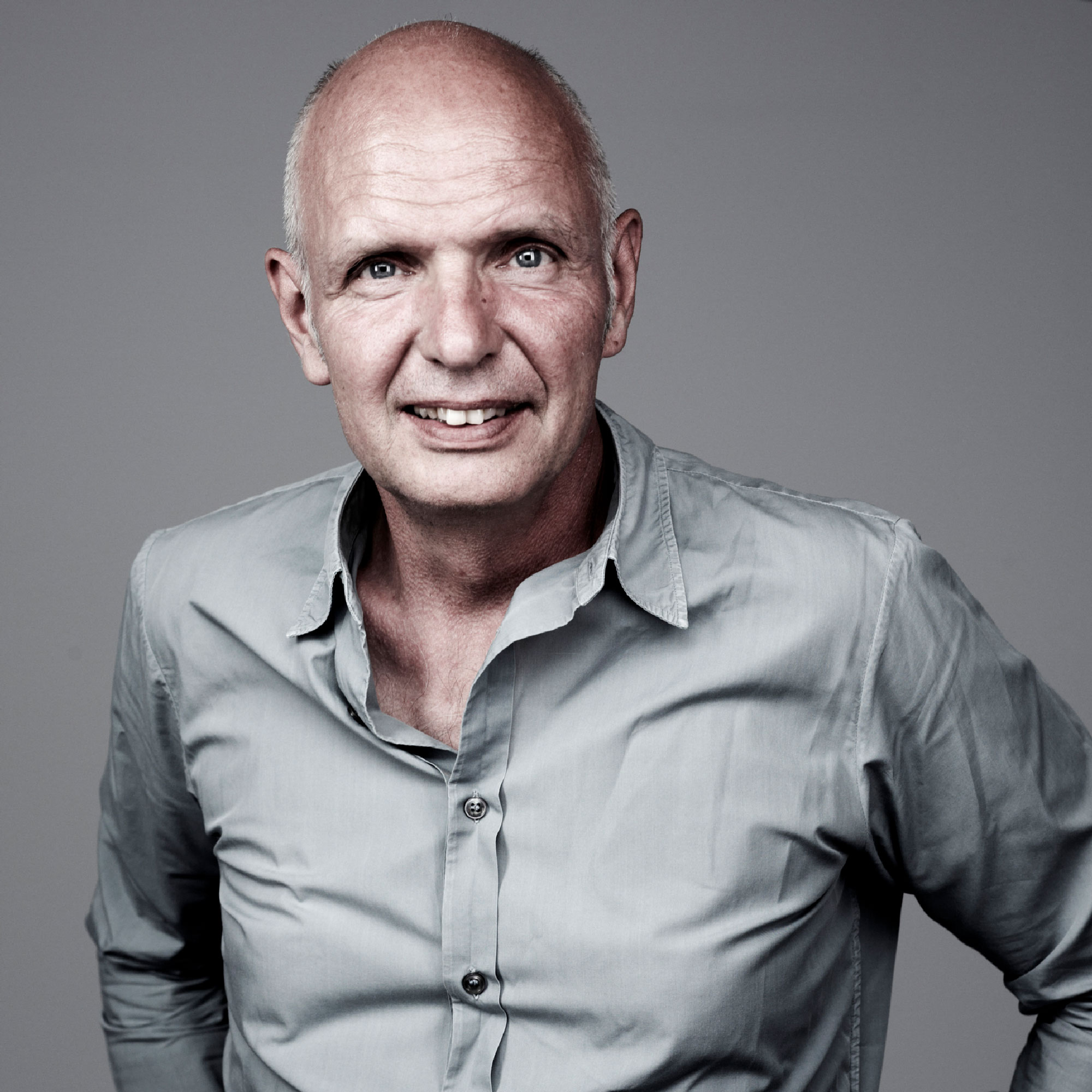

Axel Kufus
Berlin, Germany
Pure Gold Curator for
Workshops and the Platform
The Pure Gold platform is developed and overseen by Axel Kufus. He will explore local designer and maker scenes and universities during the Pure Gold world tour and then offer workshops that experiment with the exhibits on show by exploring new or expanded uses of local resources.
The results will be shown on the platform as upcycables (former instructables), facilitating experience, documentation and the sharing of do-it-yourself moments. Further information and materials on the workshop themes will be added.
After finishing high school and training as a master carpenter, Axel Kufus worked with the sculptors Richard Mühlemeier and Ulrike Holthöfer in Bischofsheim/Rhön, Kassel and Berlin. Their early experimental furniture was exhibited and published internationally in the context of New German Design.
He then studied design at the Berlin University of the Arts and founded an experimental prototypes workshop in the Berlin district of Schöneberg. There he worked with a cooperative of craftsmen and designers to make exhibition installations and equipment, and he designed serial production processes for very simple furniture, much of which is still on the market today and is included in international collections as examples of New Simplicity.
In the late 1980s he founded Werkstudio Berlin and developed products for the Moormann, Cappellini, Wilkhahn, Magis, Nomos Glashütte and Cassina companies, among others, and also created interiors for Documenta 11, for the German Bishops’ Conference in Berlin, the Johanneskirche in Dusseldorf, the Coblenz Chamber of Trades, the Berlin Academy of the Arts and for private builders.
In 1993 he became professor of product design at the Bauhaus University in Weimar, Germany, with the task of establishing a new design faculty with interdisciplinary project studies. There he set up the experimental workshops based on a concept of a broad interplay between analogue and digital tooling strategies.
In 2004 he accepted a professorship at the Berlin University of the Arts, where he heads the Institute for Product and Process Design. He set up new cooperation platforms for Campus Charlottenburg such as the SchwarmLabor and the Campus-Kollisionen. His trans-disciplinary research project Design Reaktor Berlin received an EU award for Best Practice for Open and Cross-Innovation Processes. As a member of the team of directors he also established the University of Arts Berlin Graduate School.
USING by AXEL KUFUS
To use something is like a seemingly unstoppable downwards spiral, in that it reduces that thing’s value even up to the point where that value becomes increasingly negative – as waste and a burden to our world in all its materiality.
The removal of waste attempts to shift this burden to remote places that seem to be far away from where the users live, both above and below ground, and this has always also included the sea floor. This process can be highly organized, as in the waste disposal business, or careless and irresponsible, as in the case of all those individuals for whom a glossy facade is more important than what goes on behind the scenes.
There is a great flow of materials that begins at the source of materials acquisition, to then spend only a short lifetime as products for consumers. This comes to a sudden end, leaving a high concentration of waste that overburdens the immediate environment, which in turn needs long periods of time to amenably reintegrate this environmentally alien high concentration into the metabolic cycles of and for life forms of every kind.
The waste disposal industry long ago recognized the valuable materials that make up waste, and has used diverse technologies to sort and regain these substances so that they can be reused in various ways, including burning them for energy. Recycling and in particular the downcycling of plastic, paper, textiles, glass, and metals are now widely established in the Western economies on the basis of laws and regulations, so that the term waste disposal has become common usage in our language.
But there is no room for complacency, as fresh foods, generations of technical consumer goods, and seasonal fashions that all travel the globe at the speed of chat are all experiencing an ever faster loss of use and symbolic value. The material flows of production into waste have grown exponentially, and are far distant from the interplay of metabolic processes that nature is based on. We are living from the world and not with it. We are using more than we are giving back – much more.
Waste, as the word suggests, is always a loss, in resources from which the substance has been removed, and in energy that has been consumed to create something material, and in culture, in which we can develop a sense of responsibility that wants to make our product cycles sustainable for the world.
Lengthening the life cycles of our products, beyond material and technical optimization, is an obvious and also both an individual and universal option. If products are used longer and for uses of all kinds, then new production becomes either unnecessary or at least slower.
This is not a matter of just securing an original use value, by repairing or upgrading. The loss of value can also be halted by expanded use, using something for a different purpose, enhancing it, hacking, or trans-contextualising. This can even lead to new added value. Symbolic values can play a special role here, meaning the actual emotional relationship that people have with objects and their use of them.
The values of objects are seen very differently in the cultures that produce them and the cultures into which they are imported. The effects of globalization accelerate the production, the transformation, and the loss of value, and they thus also accelerate the periods of use of products. This is particularly true for local values that are linked to contexts and tradition in many ways and can be easily trumped by new technical attractions, no matter how short-lived the (loss of) value of these is. Global design and marketing strategies that are specialized in arousing needs concerning the participation in values play a key role.
Pure Gold is an exhibition and platform project that is beginning its world tour at a time when critique of the effects of globalization and both collective and individual reactions to it are being expressed in many ways in movements and counter-movements. The movement from which most of the objects shown in this exhibition derive is based on the idea of Do It Yourself – the individual production or adaptation of artefacts. The original purpose of these – their design and their use value or symbolic value – is halted half-way and then returned to daily use by means of individual interventions and value-enhancing manipulation. This is happening in many ways, as the exhibits here show.
These works stand for a bottom-up principle which cleverly finds potential in the top-down strategies of value-diminishing use, and then uses this for expanded added value. This has long been the case, and is done in expert fashion everywhere where scarcity and need make people inventive. Where everything seems to be available in abundance, these objects strongly and imaginatively assert the values that can be created from thrown away artefacts with new purposes and meanings.
Can these upcycling models contribute to new forms of appreciation and create new value? Can design cultivate the art of making something new out of something old, making the use of materials more varied in more contexts, and more long-lasting? Can design learn from originally unintended forms of use – from the improvised usages and values that it would never have discovered in the service of the markets?
These are the questions and issues that will be considered in the workshops that will take place in conjunction with the touring exhibition Pure Gold at all venues and with the organizational support of local hosts. This exhibition does not just want to show something but also to learn something, and to expand venue by venue via the project blog at https://pure-gold.org and other linked social network platforms.
Local protagonists from the fields of art and design, and representatives of universities and active artisans will be invited to exchange regional practices and individual perspectives on expanded usage in a creative process, including reinterpretations and experiment. The aim is to provide “recipes” for upcycling that can be made into entertaining video clips and published as “Upcycables” (former Instructables). The form of these Pure Gold clips is deliberately simple, but also imaginative and inspiring. The technical production is easy, and an Instructable can be filmed, edited and posted with any smart phone. The editors of the Pure Gold website will be responsible for selection and post-production.
Relevant material on the theme of upcycling is still underdeveloped in today’s popular forums in the globally expanding D.I.Y., maker and craft communities, even if there is a growing and flourishing exchange of video clips with instructions for repair and construction. By actively posting Pure Gold clips that refer to the current exhibition tour and to our local workshops, we wish to further encourage, diversify and disseminate discourse on upcycling strategies.
The Pure Gold Upcycables will not only be presented online, but also in the exhibitions during the tour in an interactive installation. Visitors can link their local perspectives and experiences with the Upcycables produced at previous venues, and then post their own clips via social media. This state-of-the-art form of the exchange of knowledge and experience and of the global and local will expand and update the exhibition through-out its long duration. The touring exhibition and the platform enhance and influence each other, creating an active discourse and framework for development. We can remain curious to see how far cultures of upcycling develop during the years of the Pure Gold tour, and we hope to be able to make a contribution to this development.
UPCYCABLE COLLECTION
SHARE THIS!
Upcycables
.
.
WORLD TOUR STATIONS
